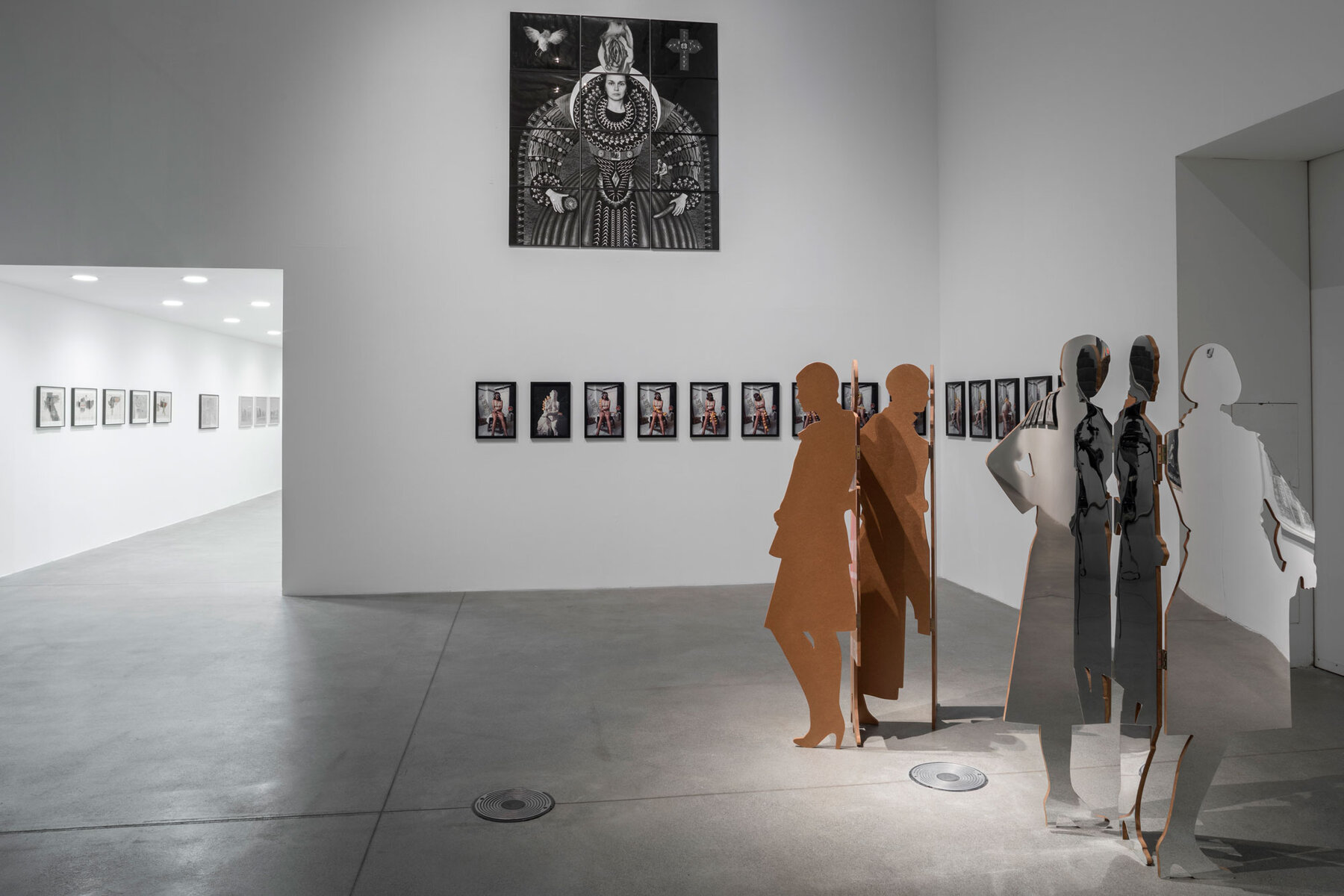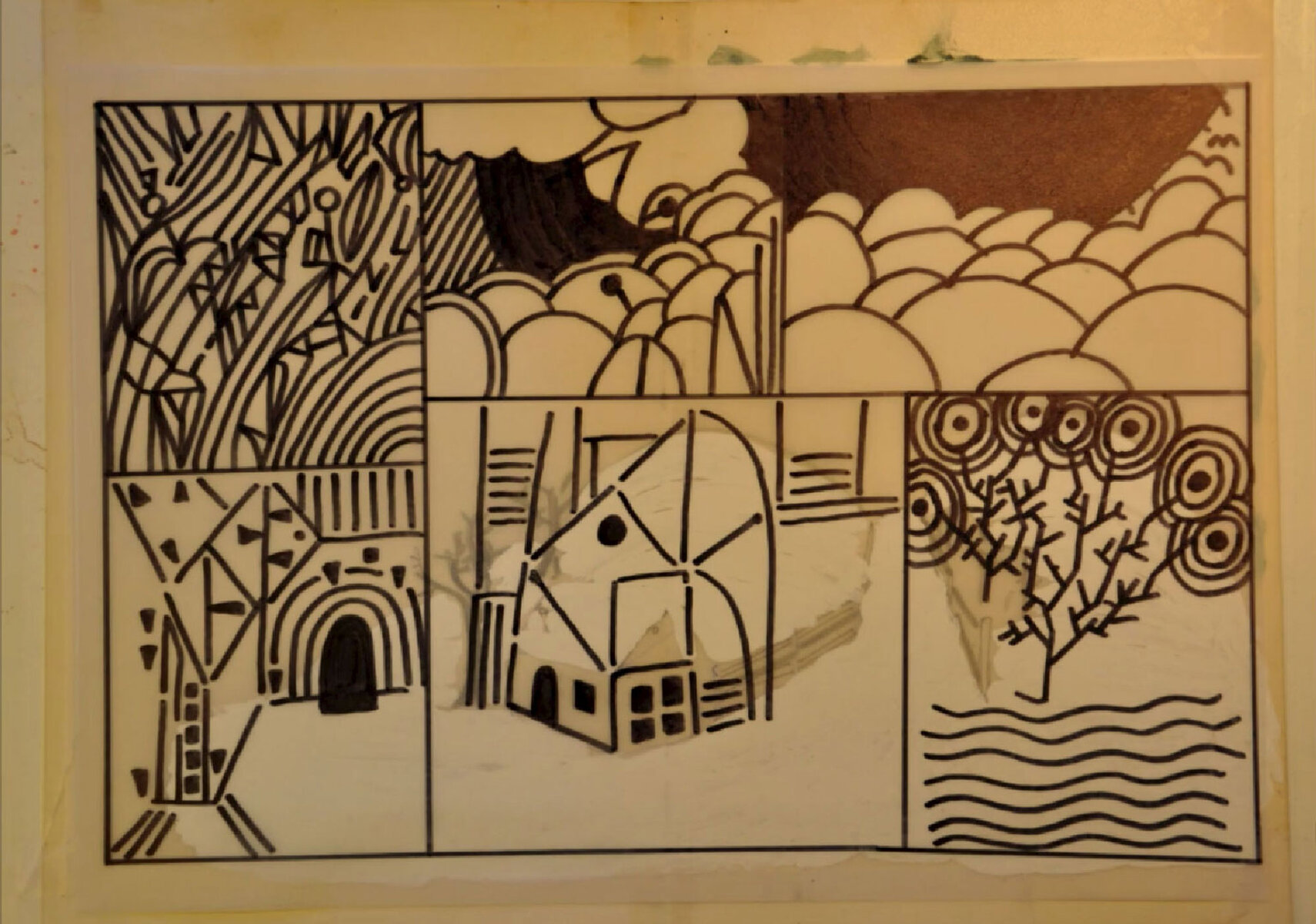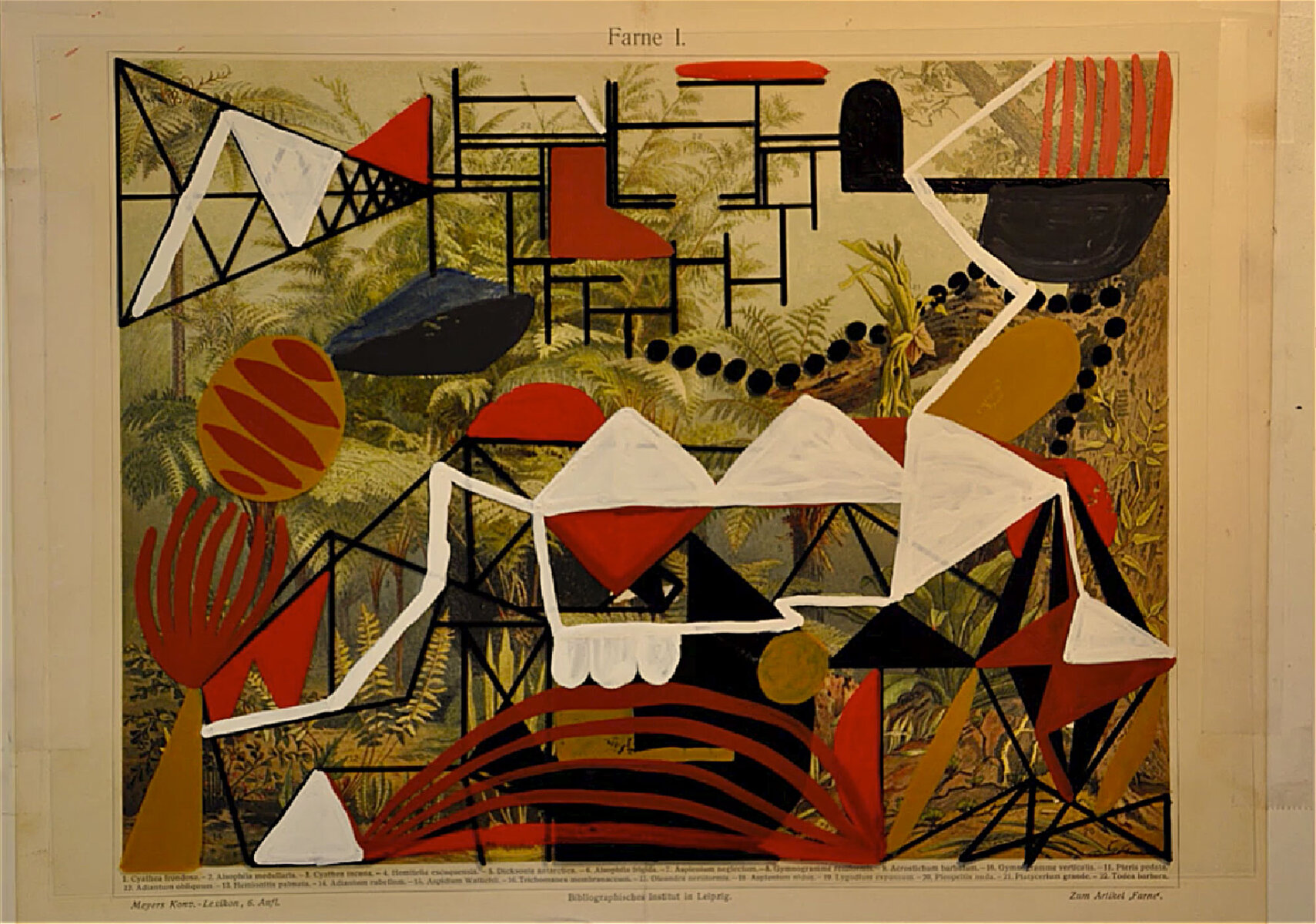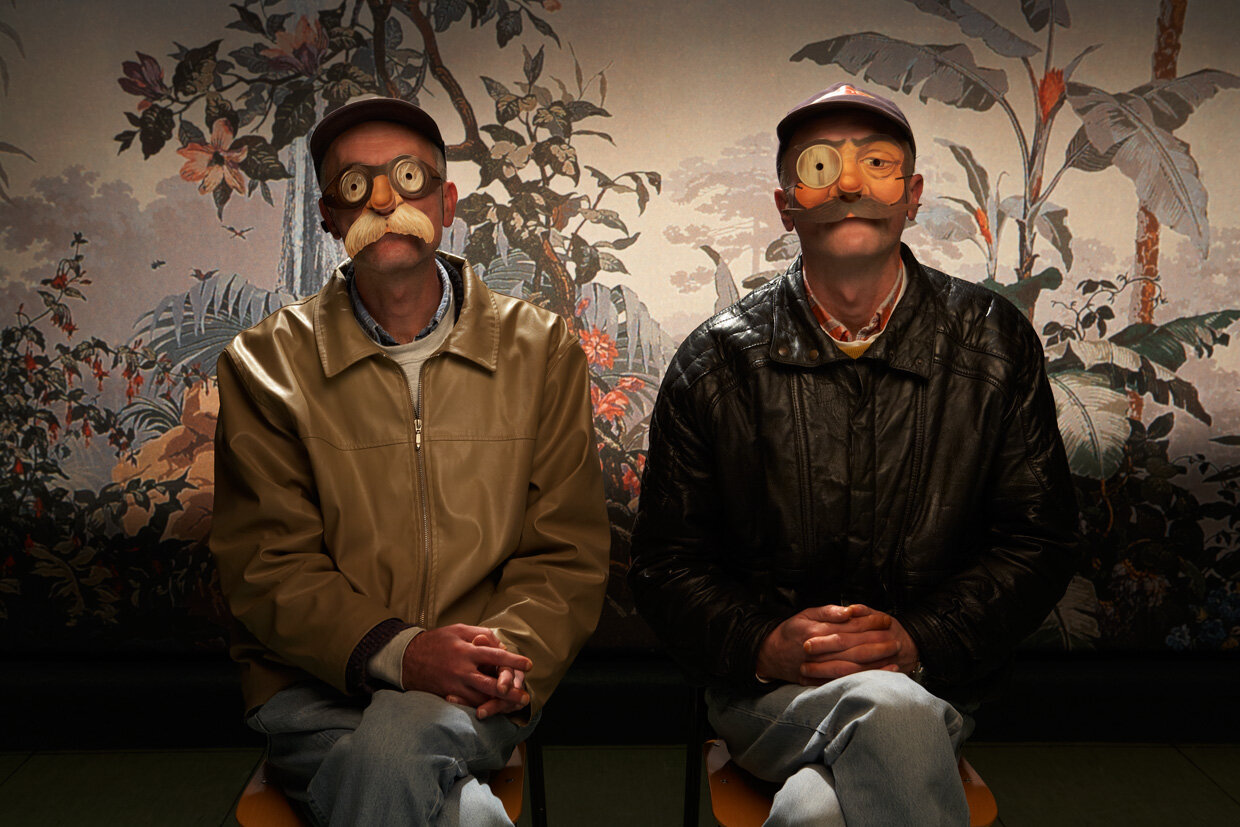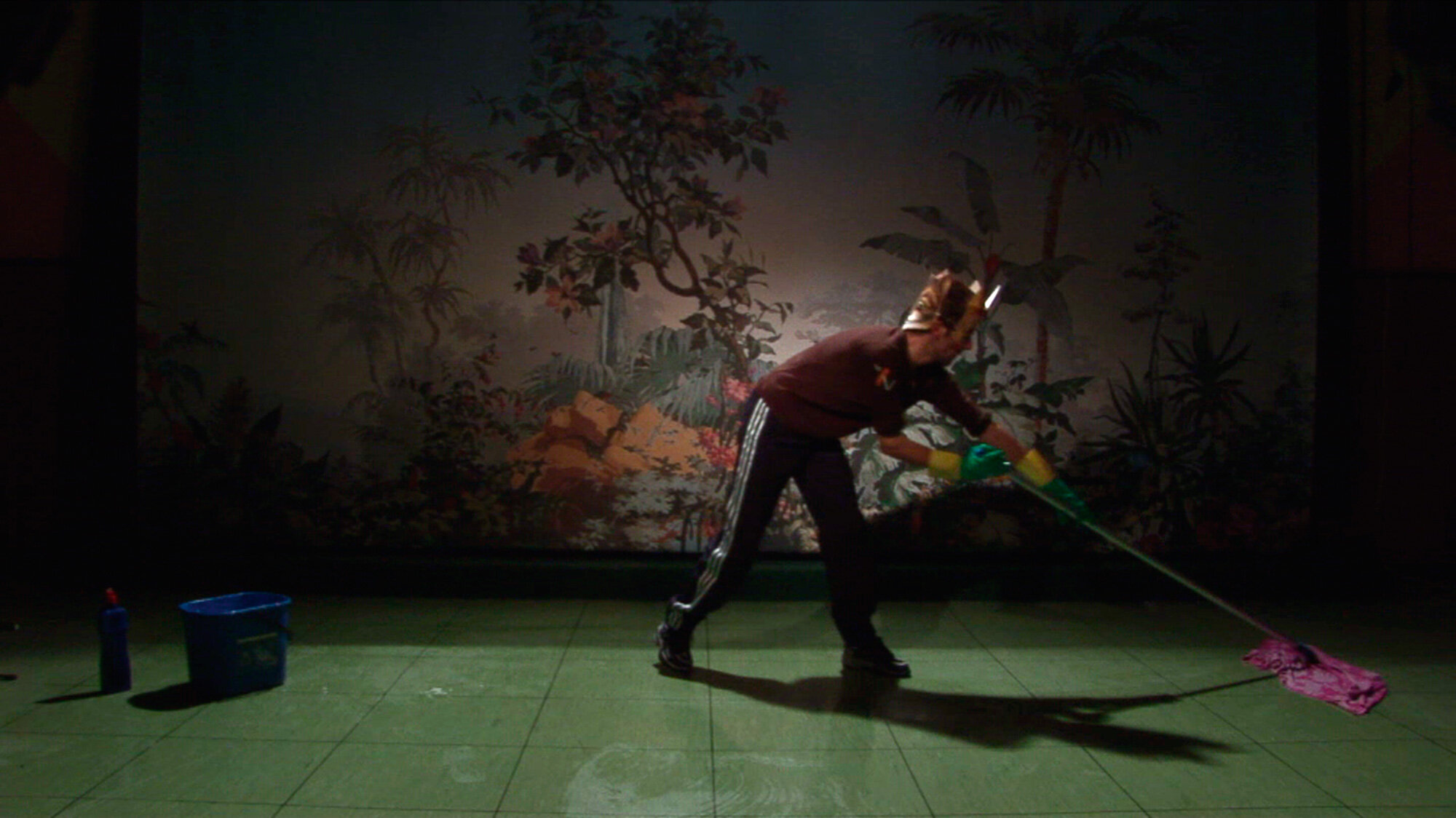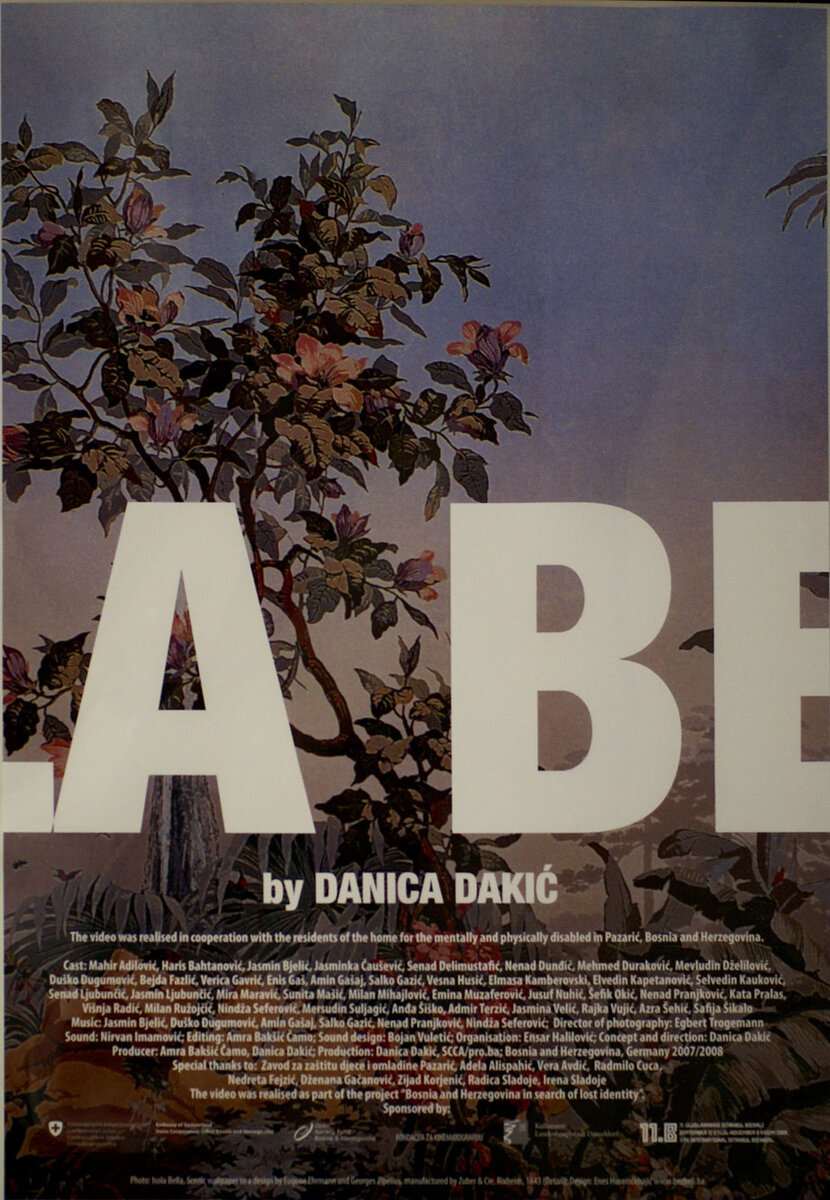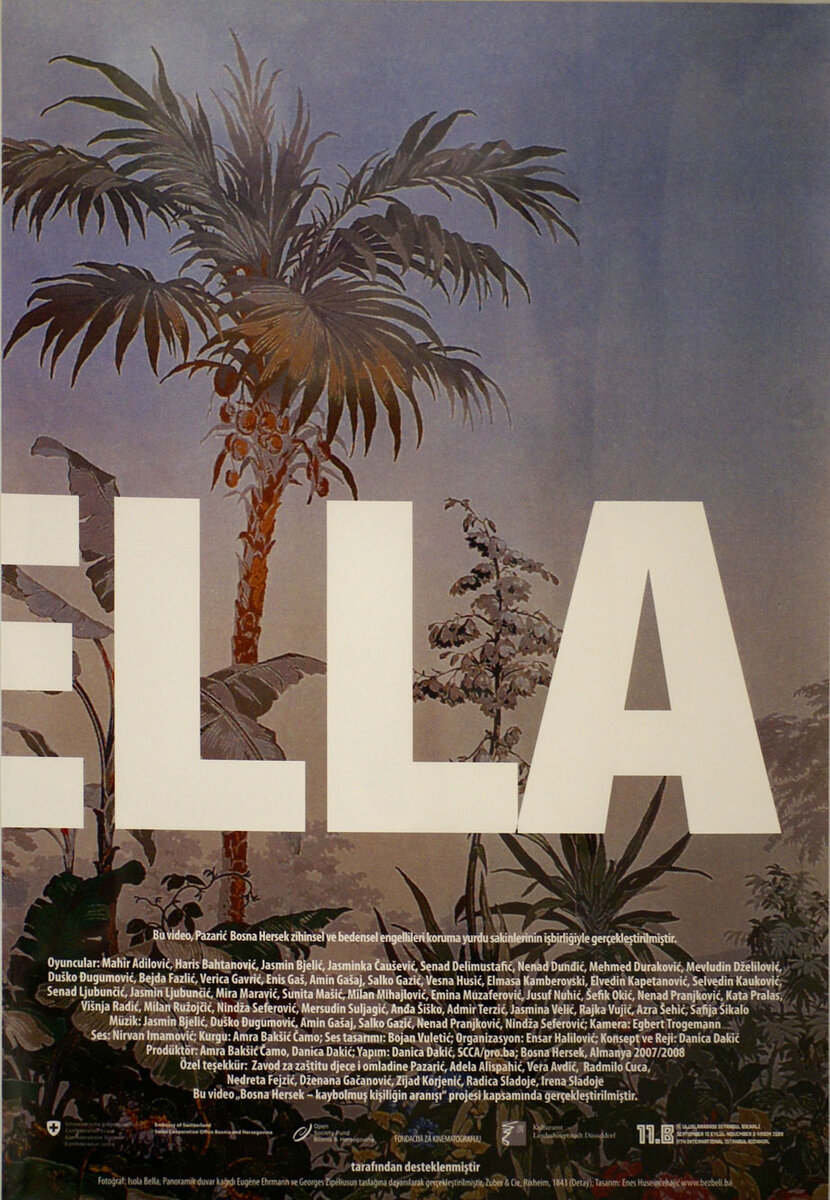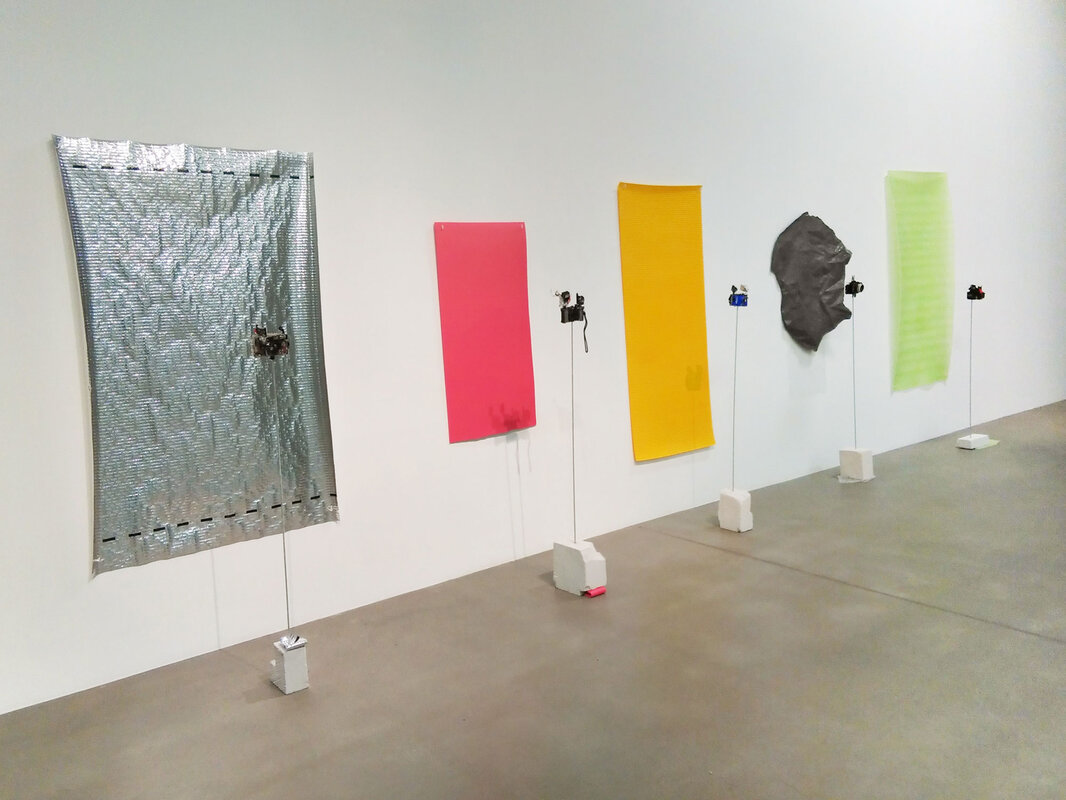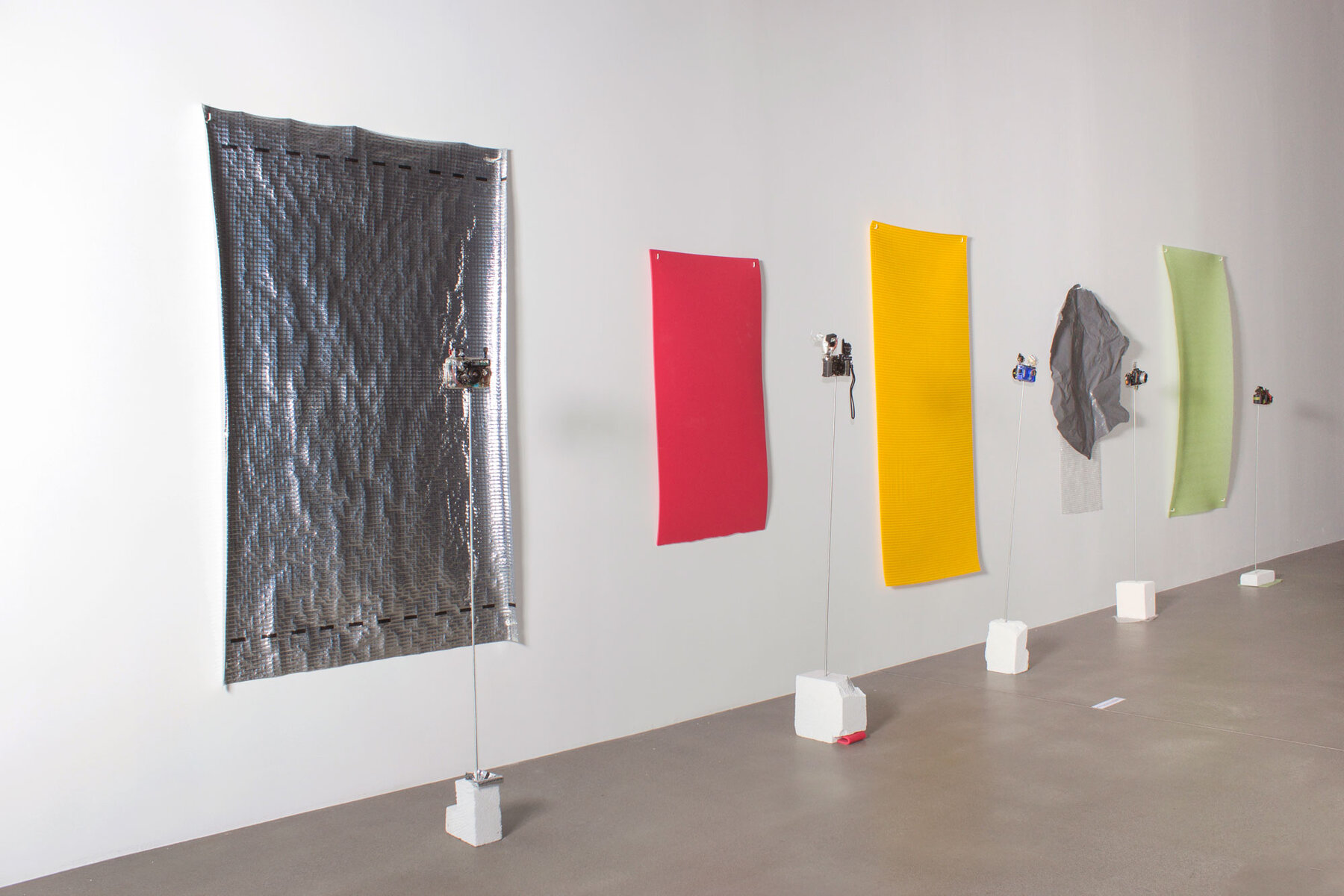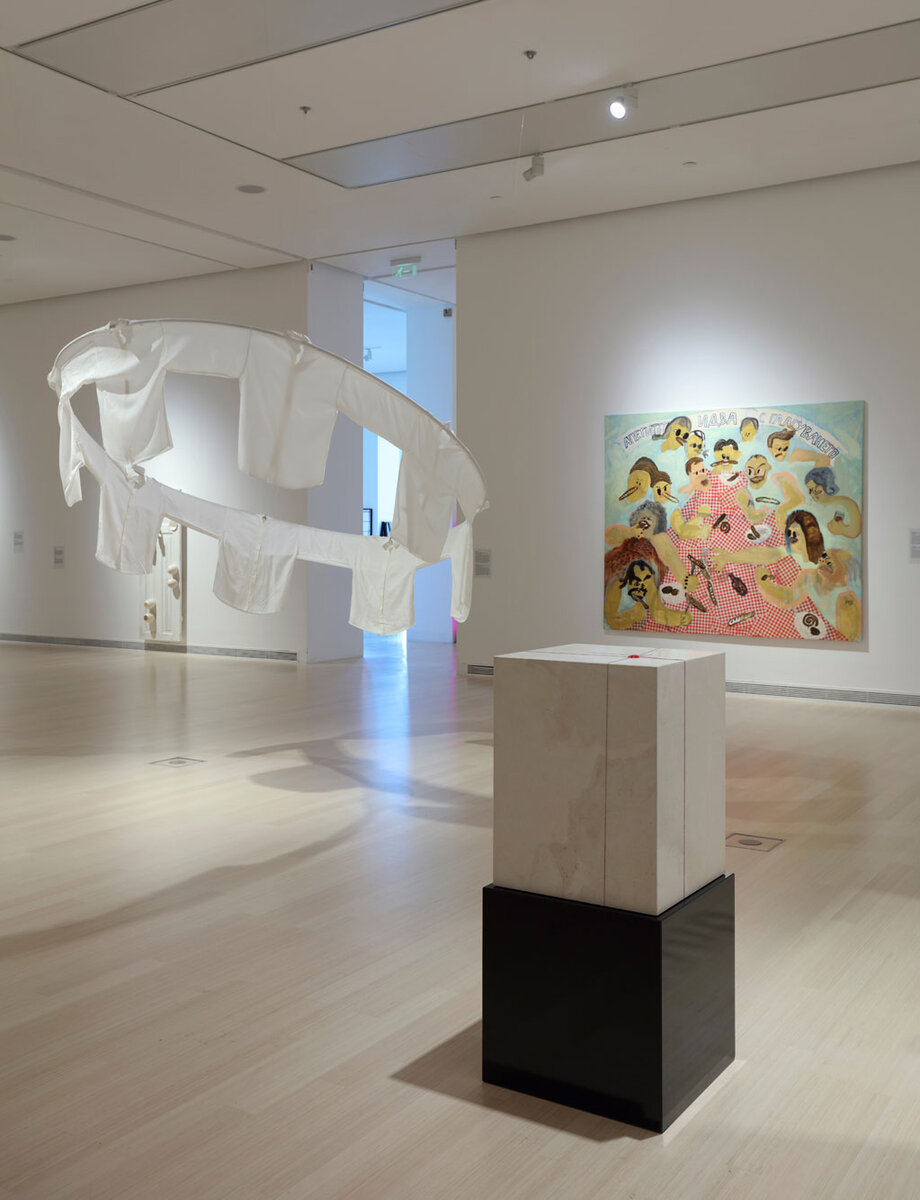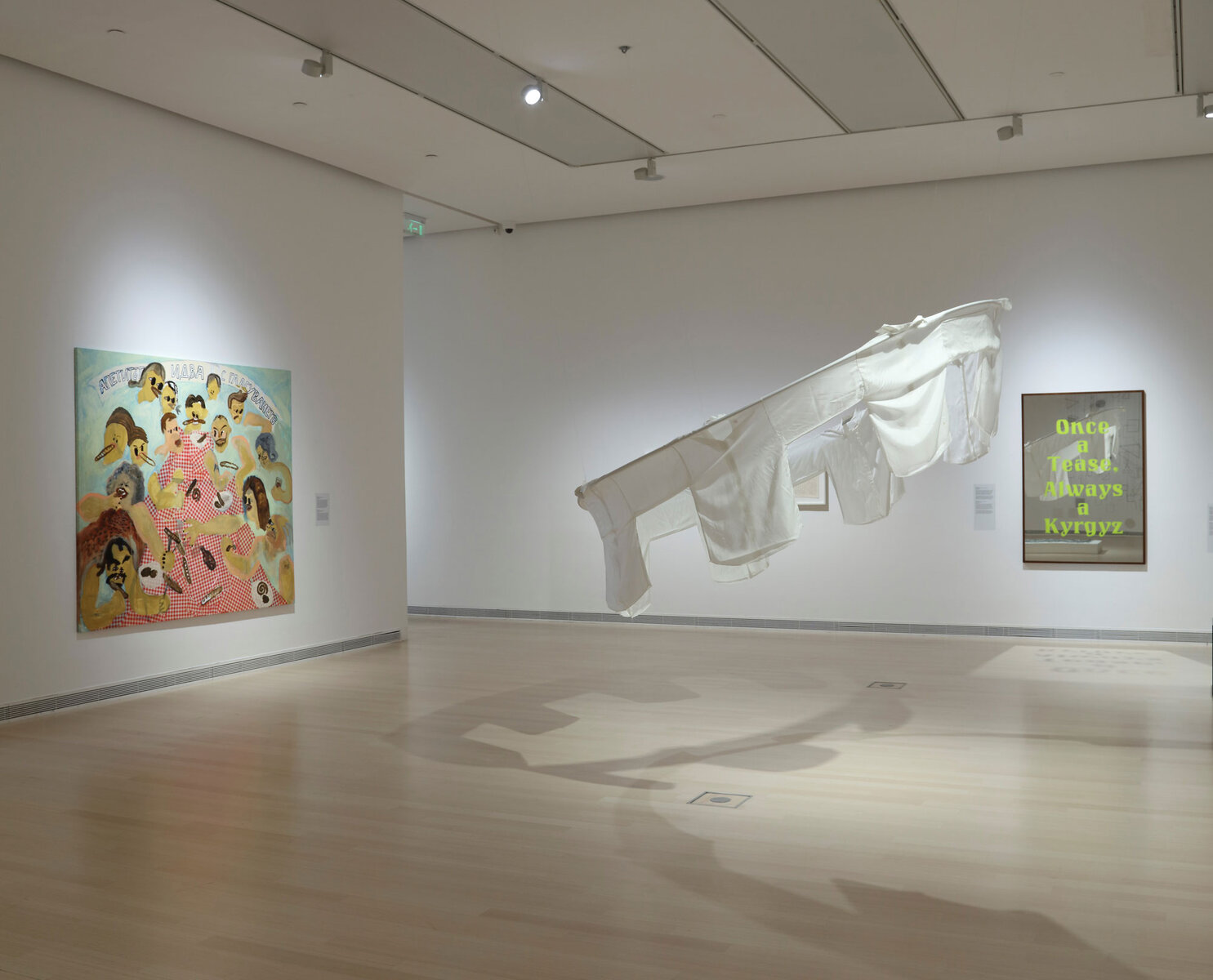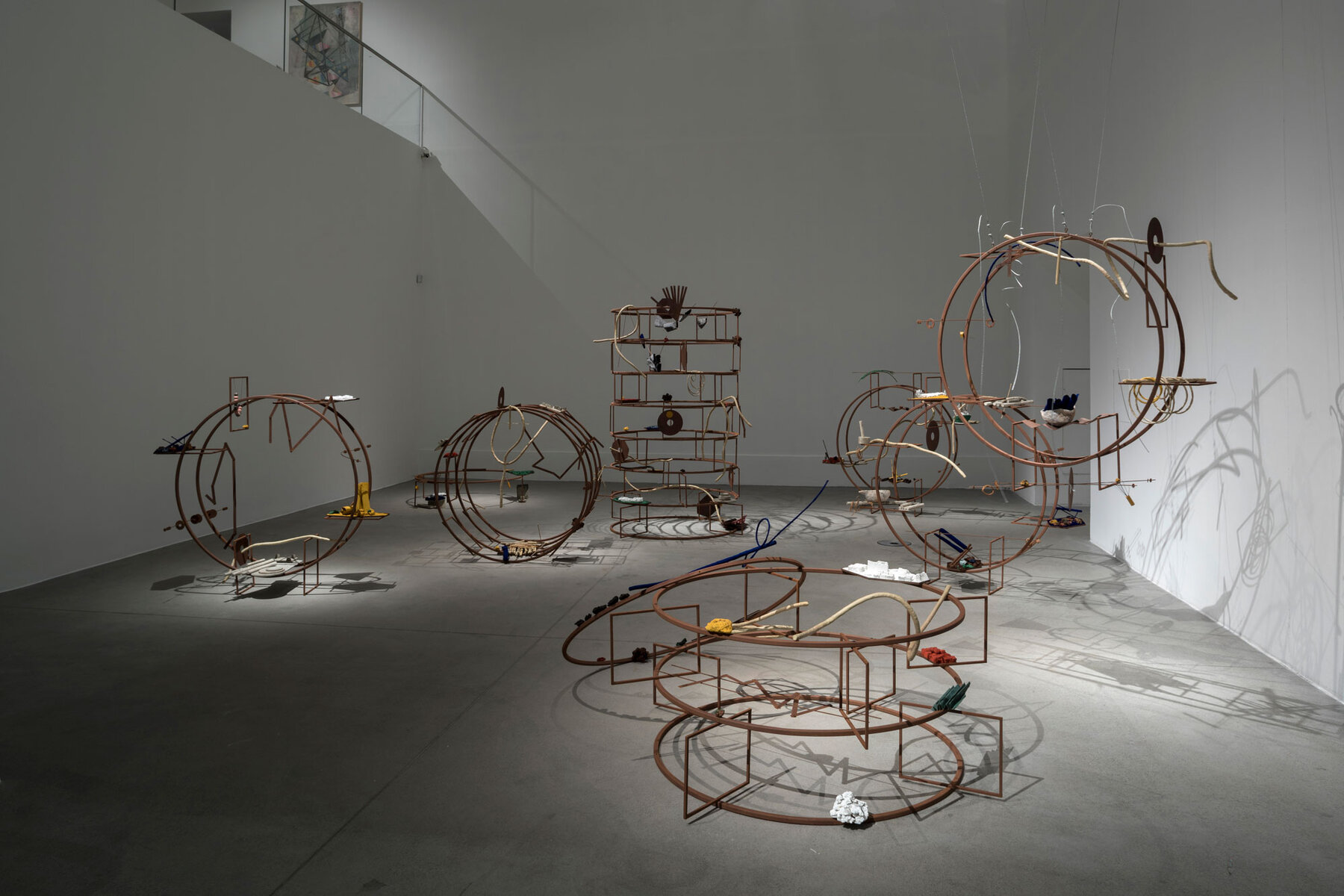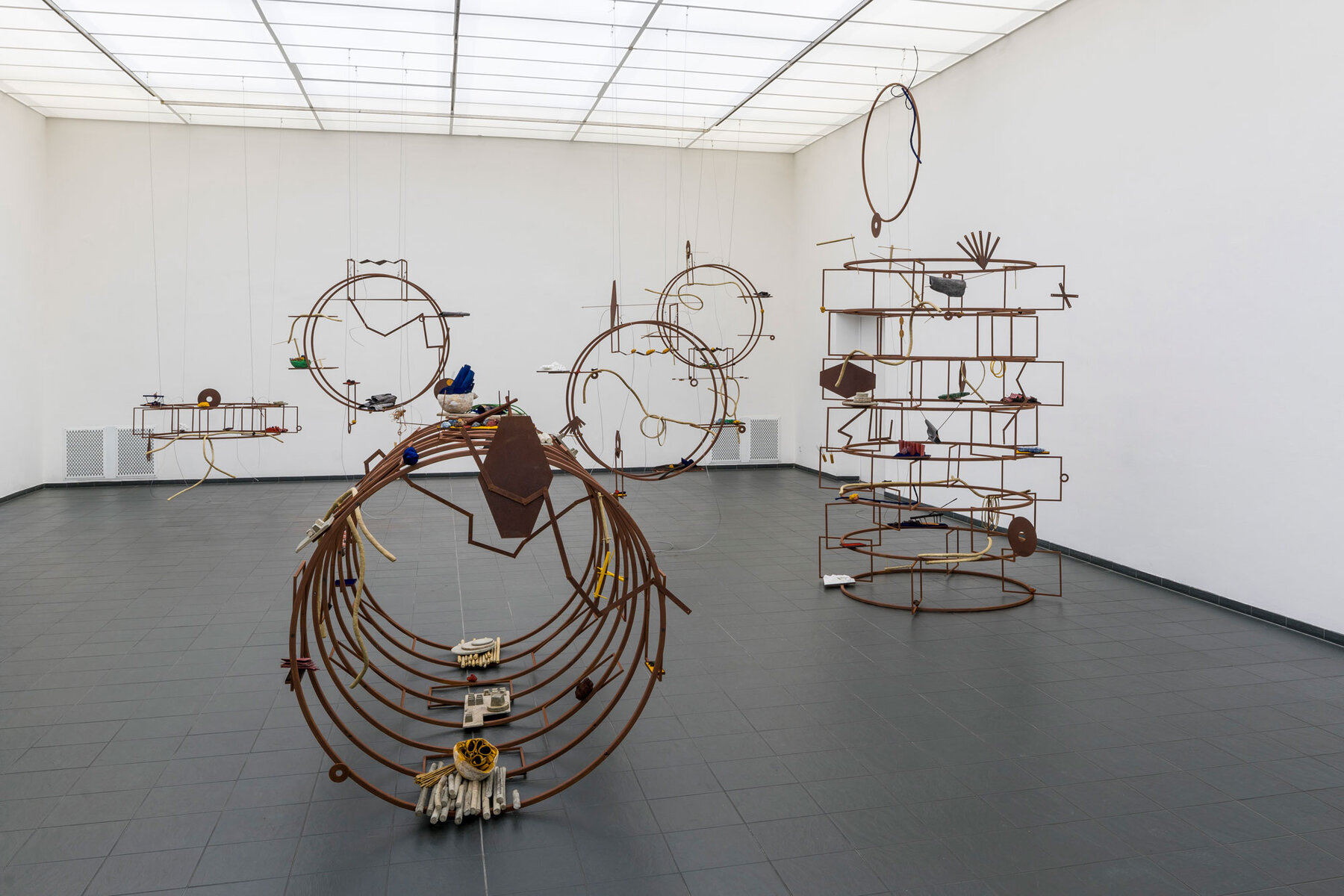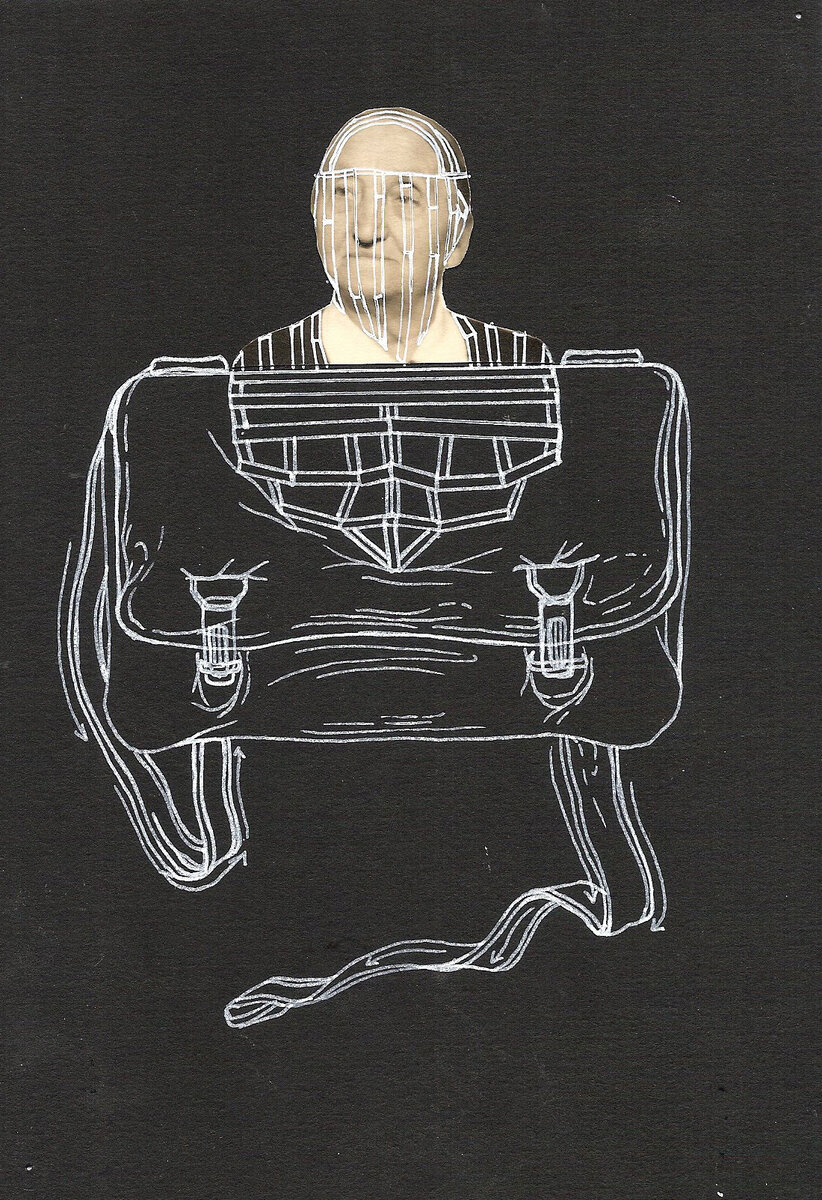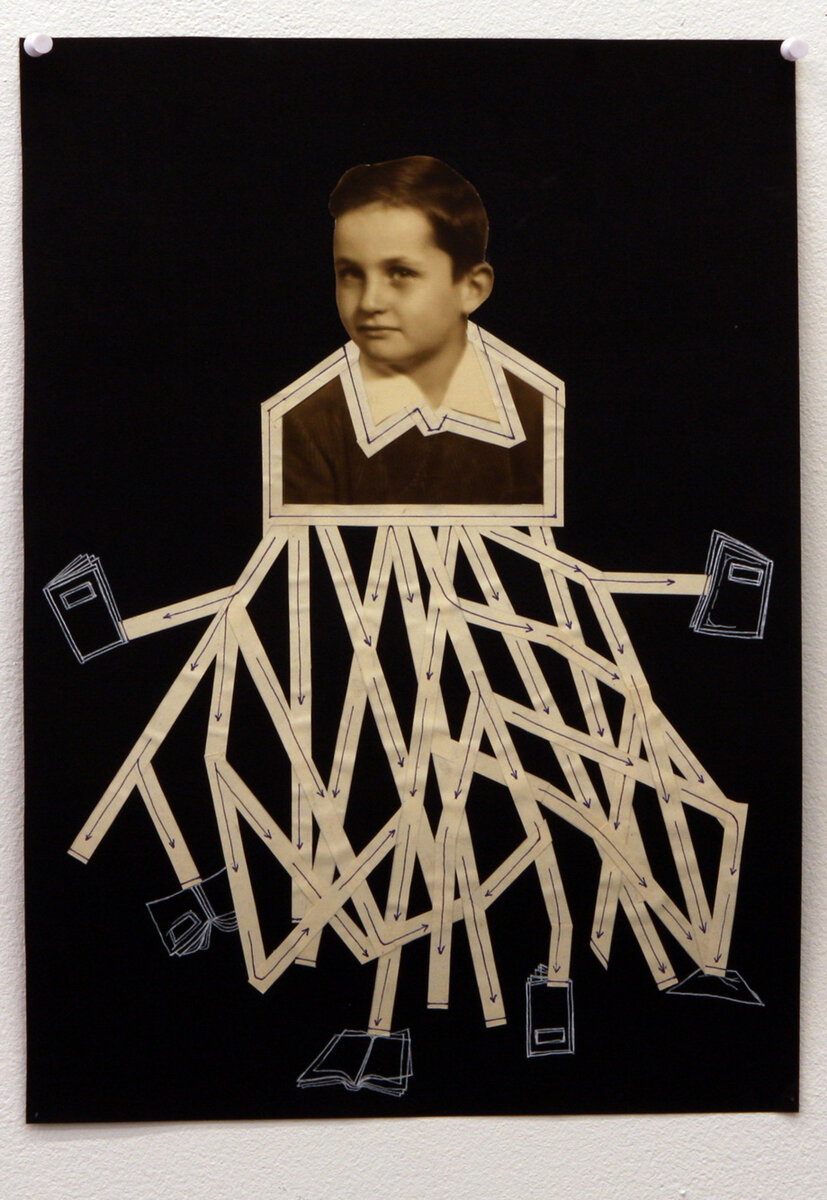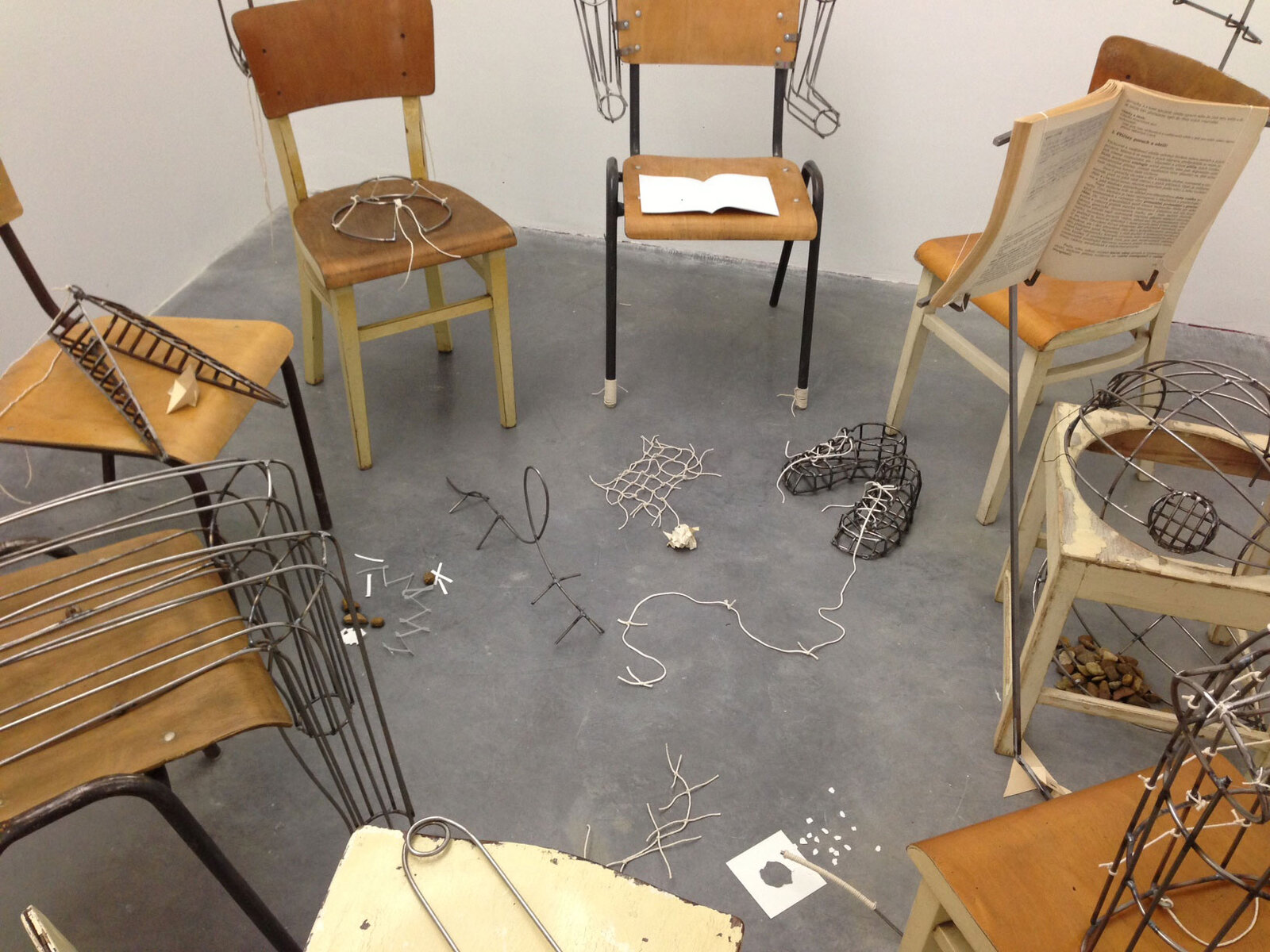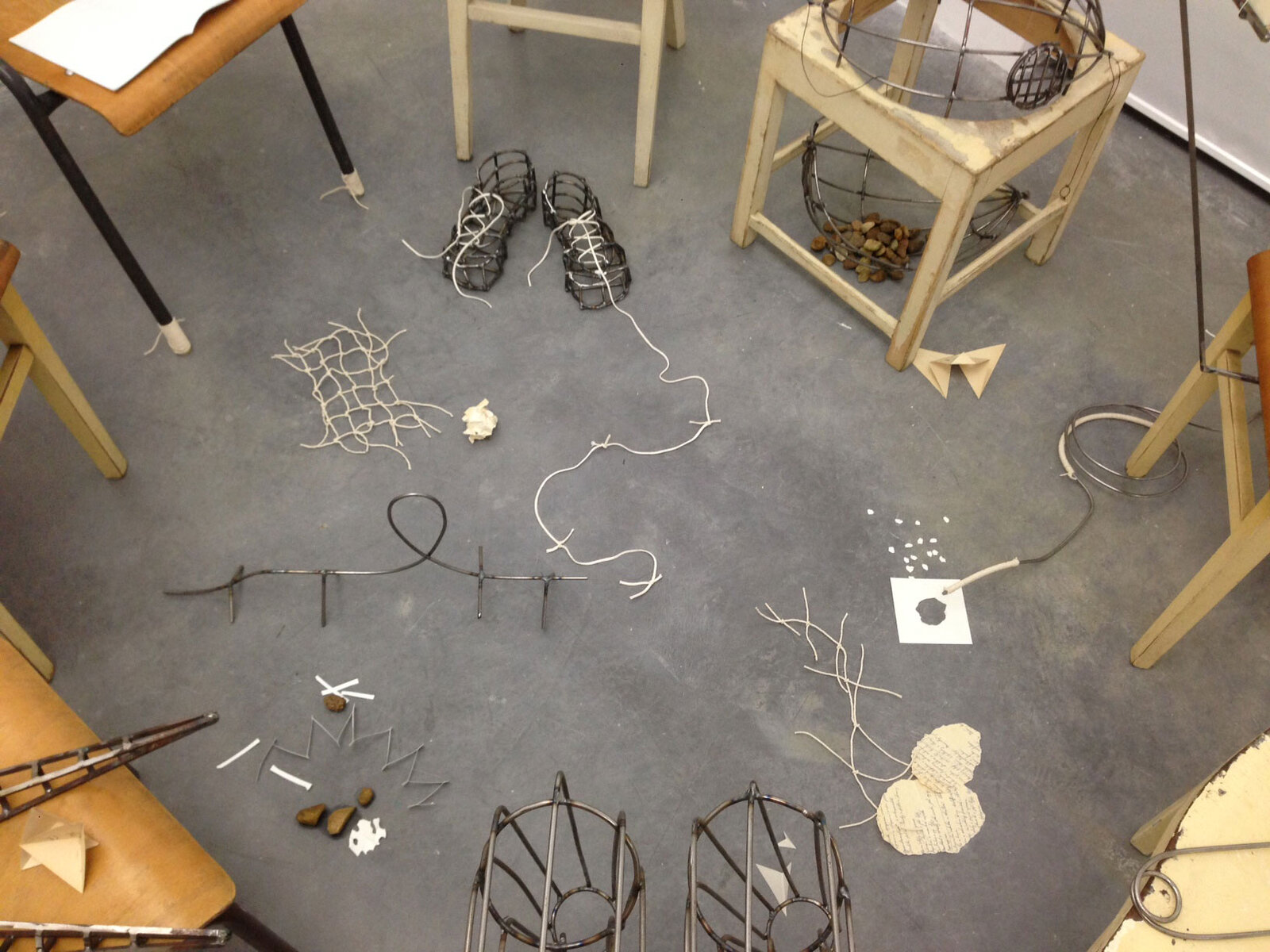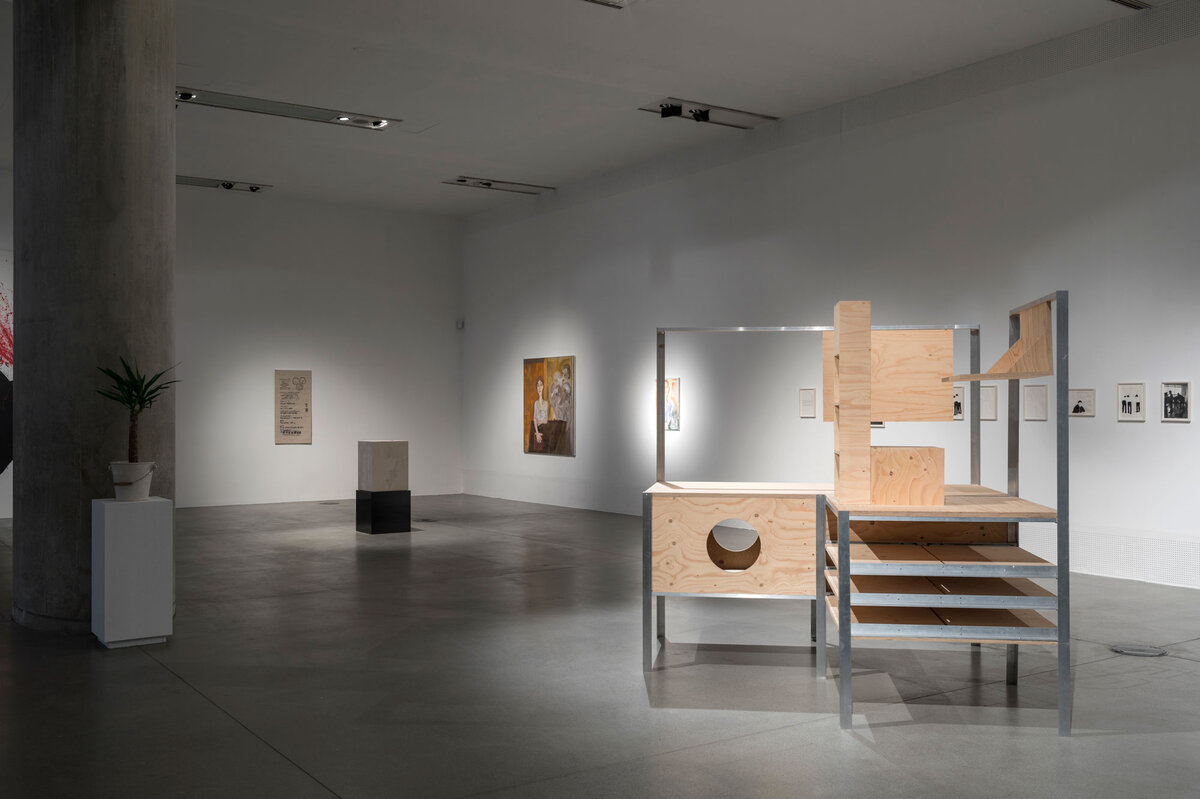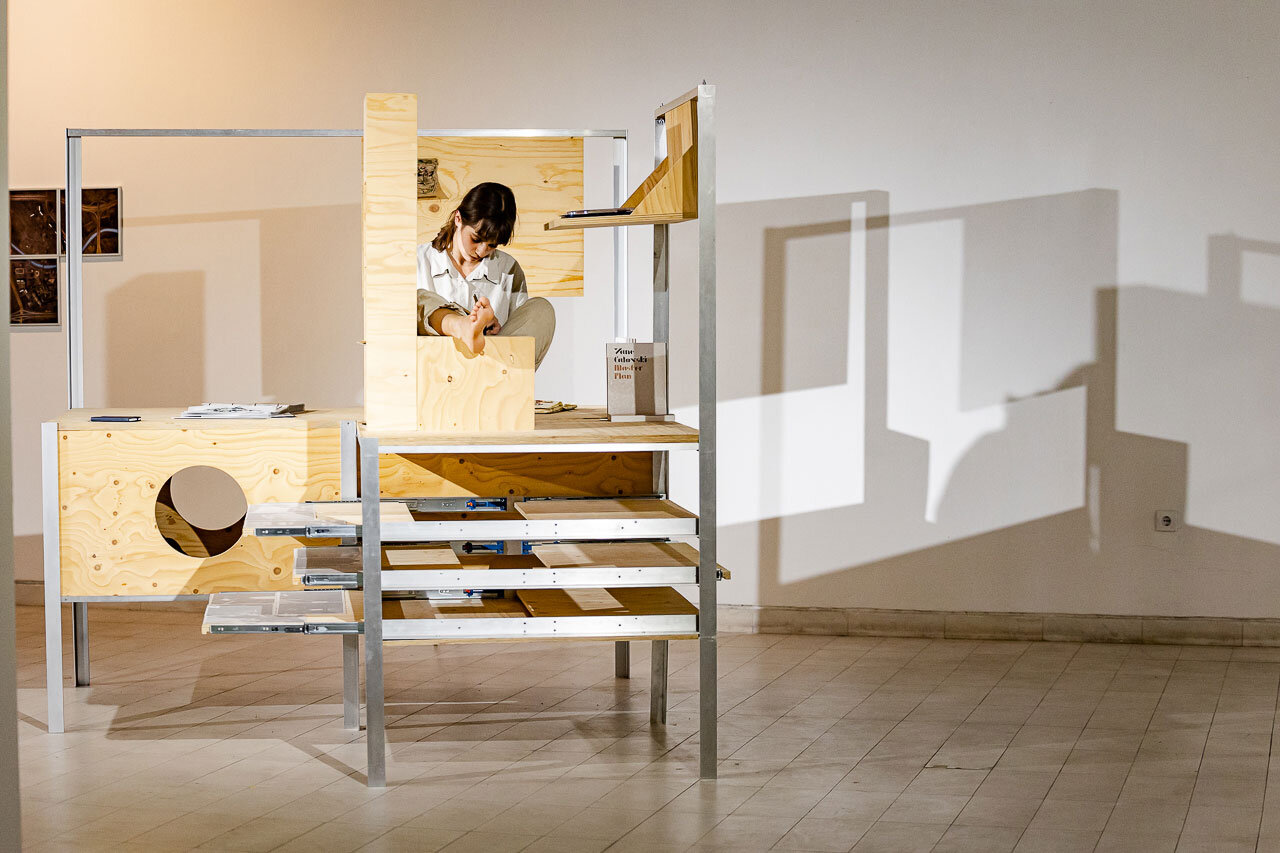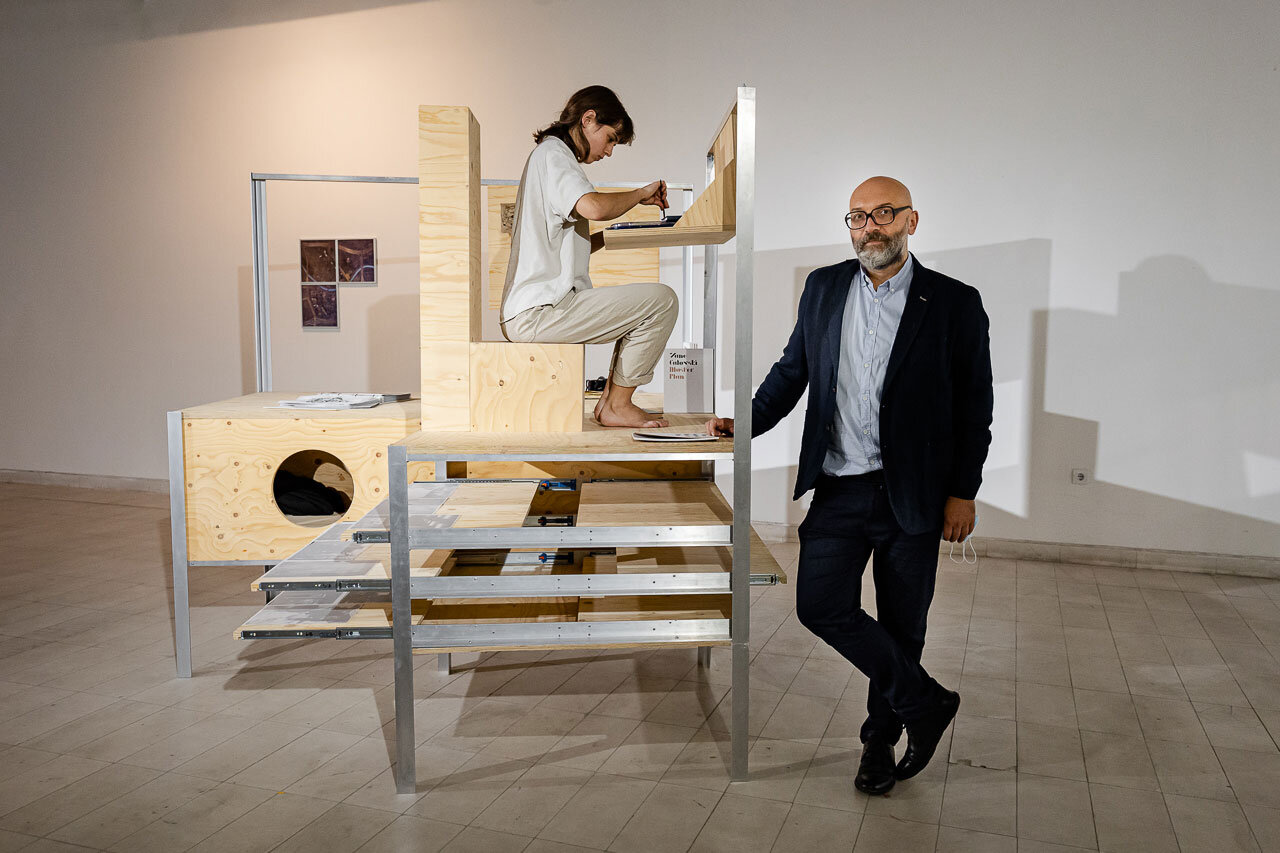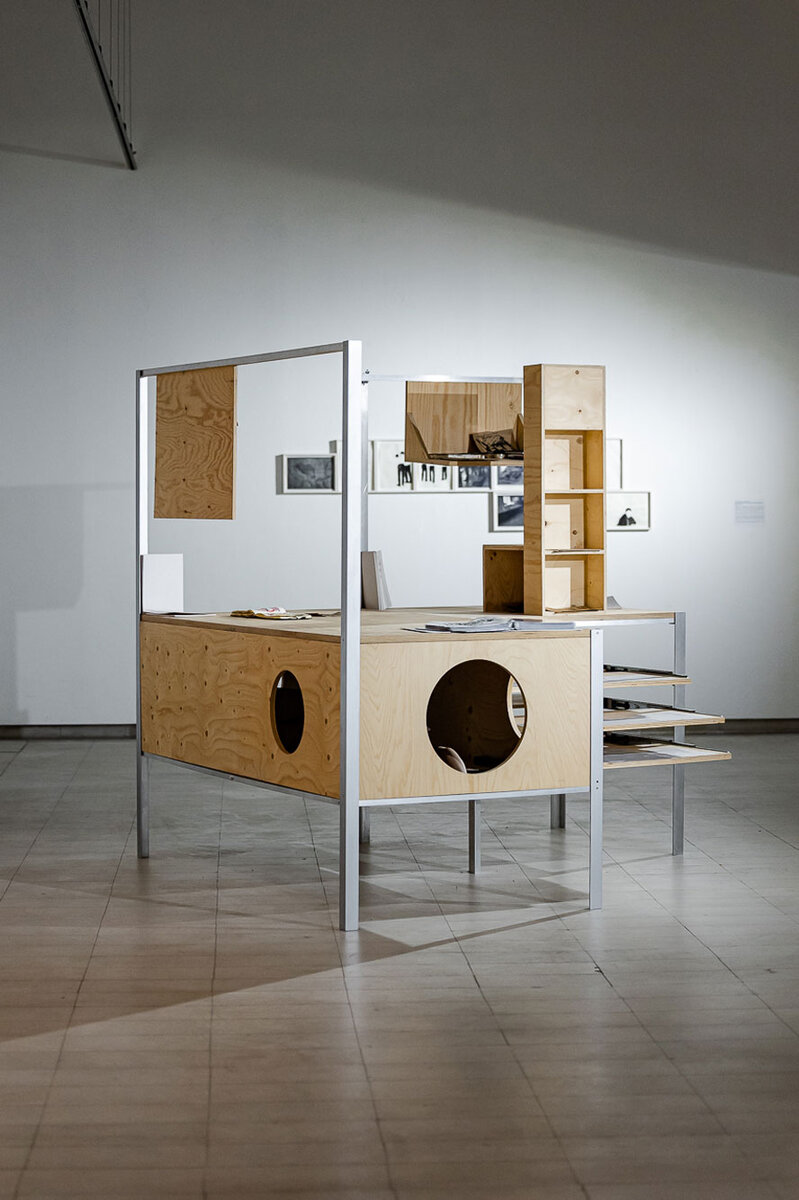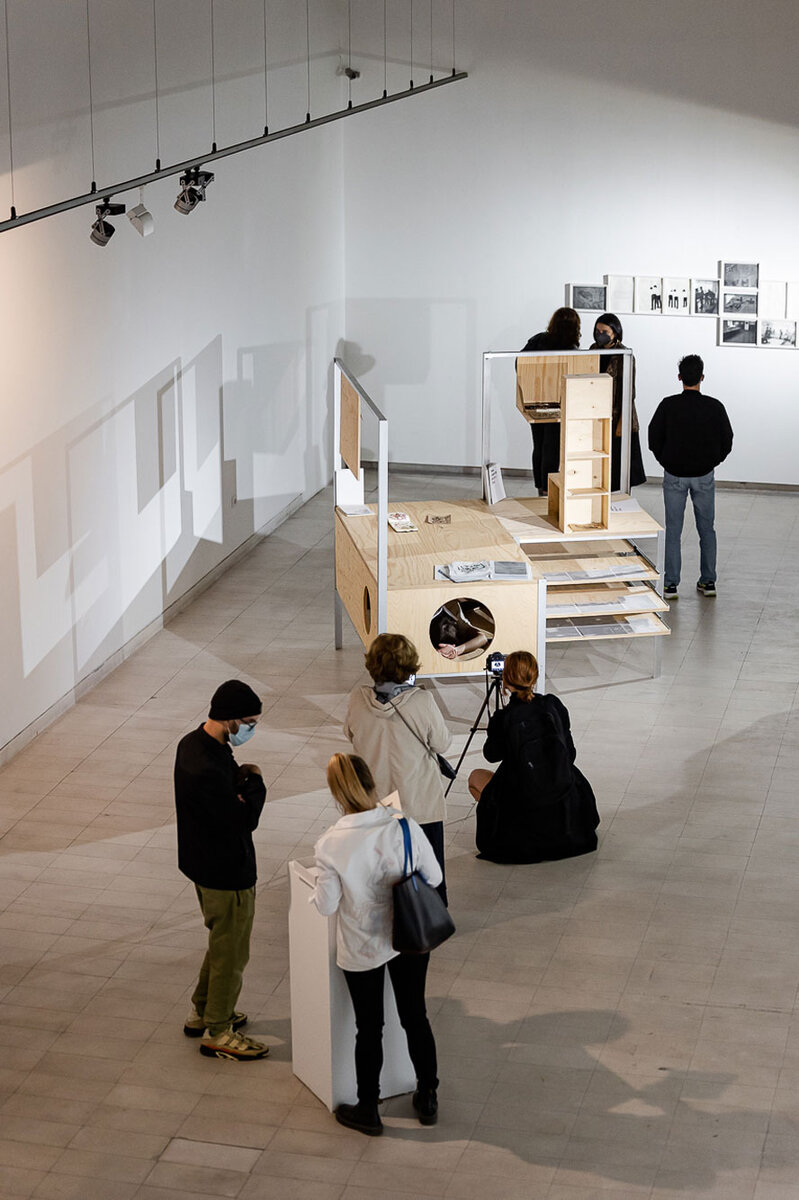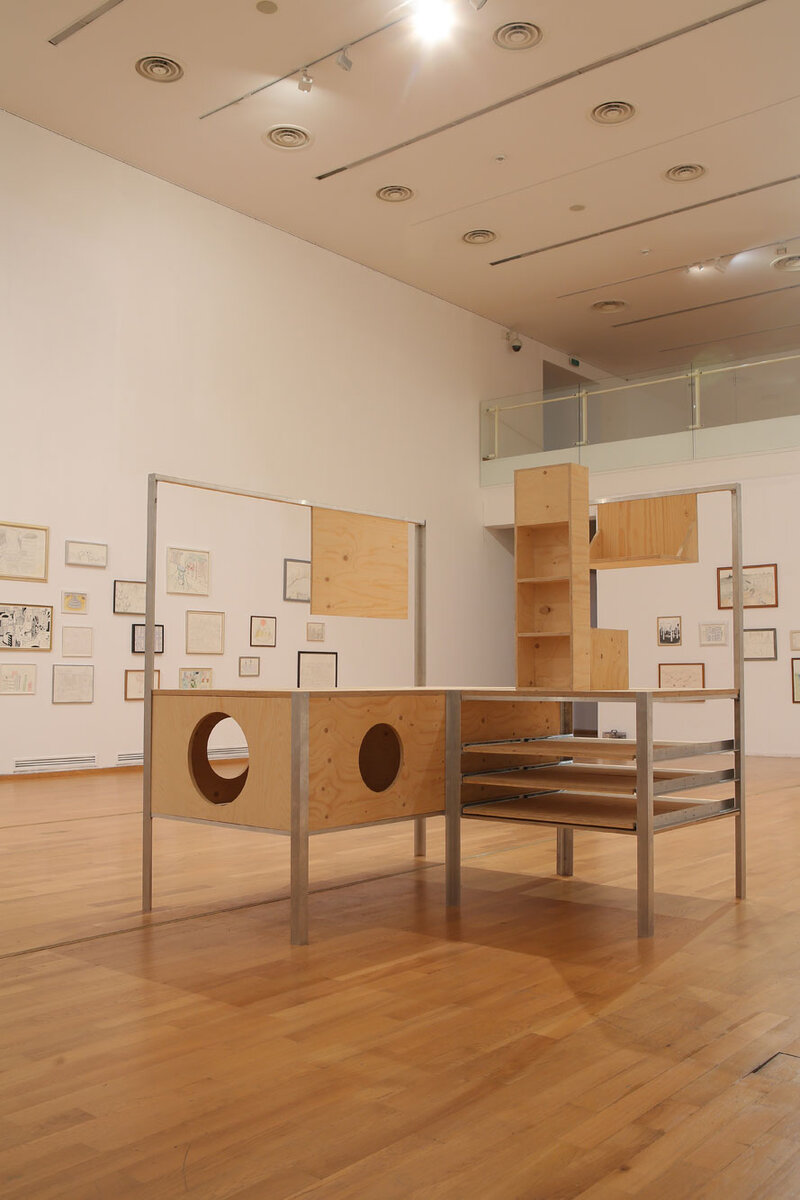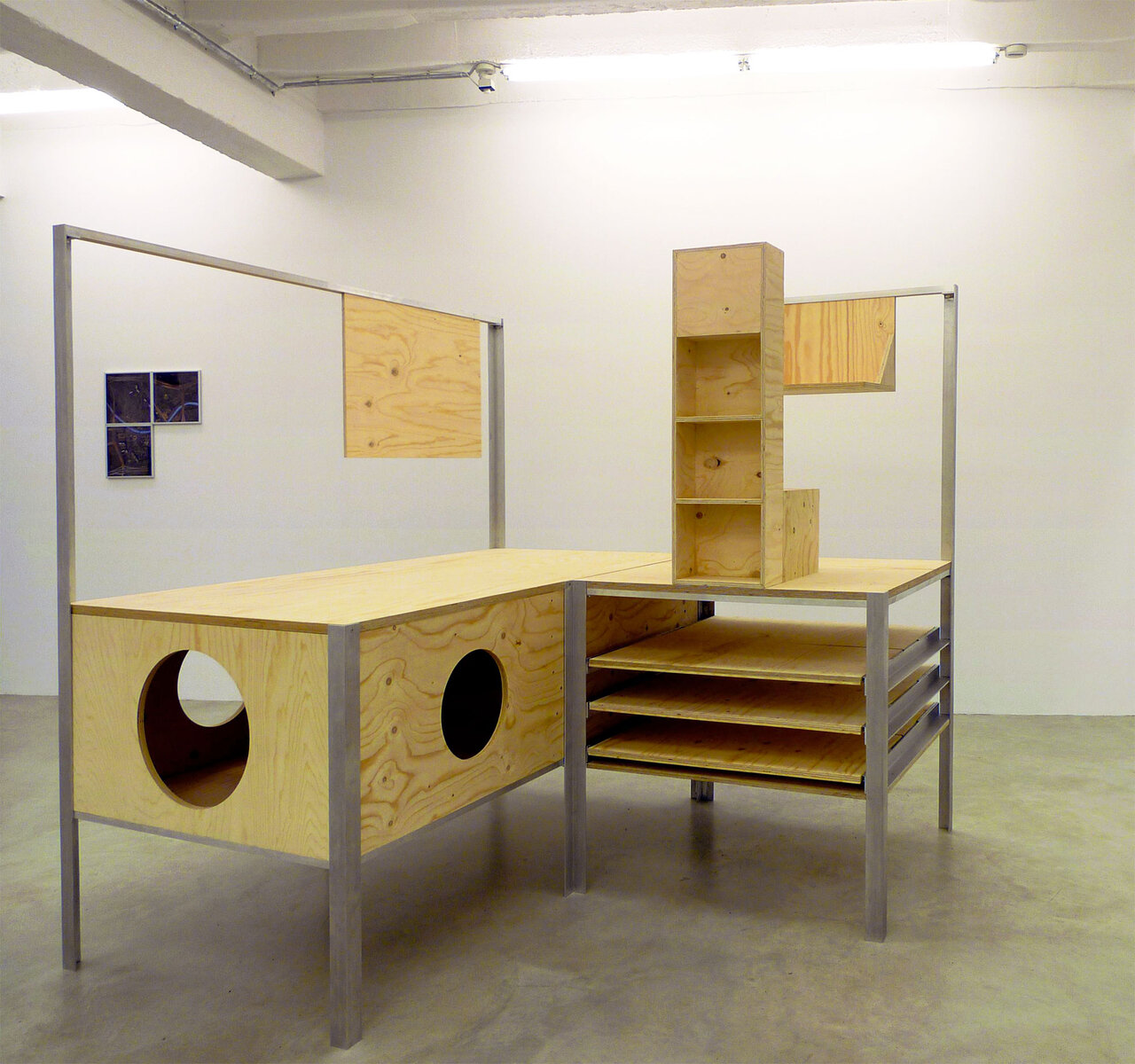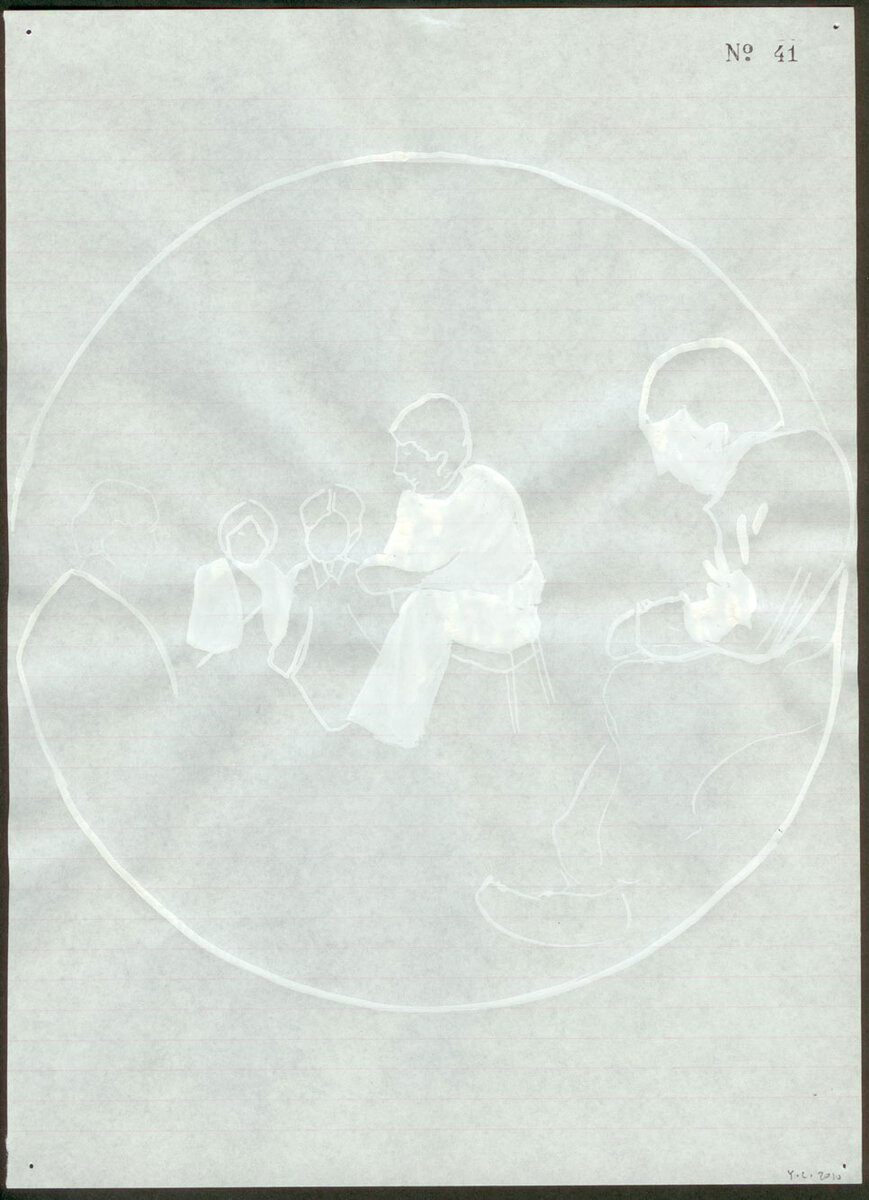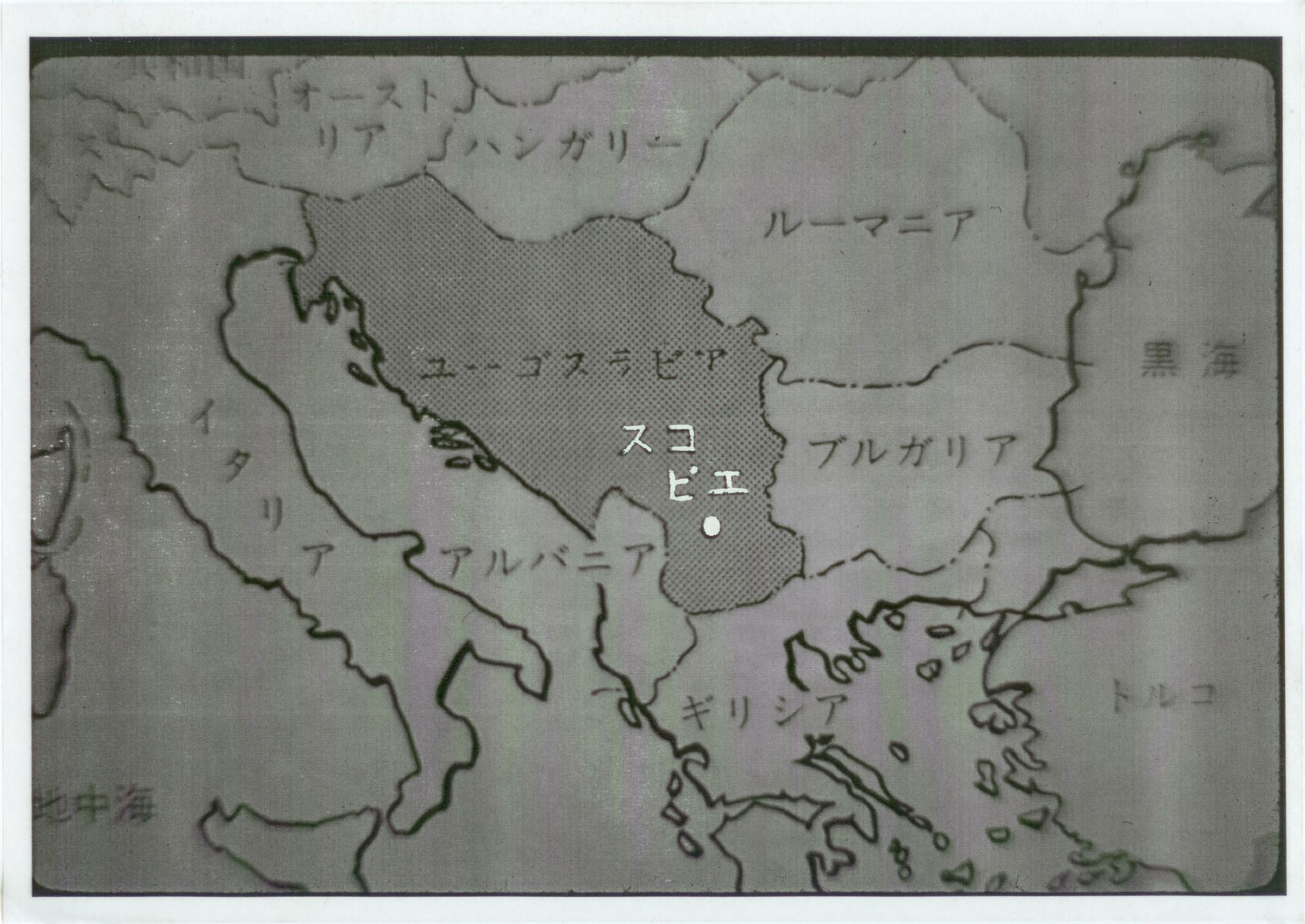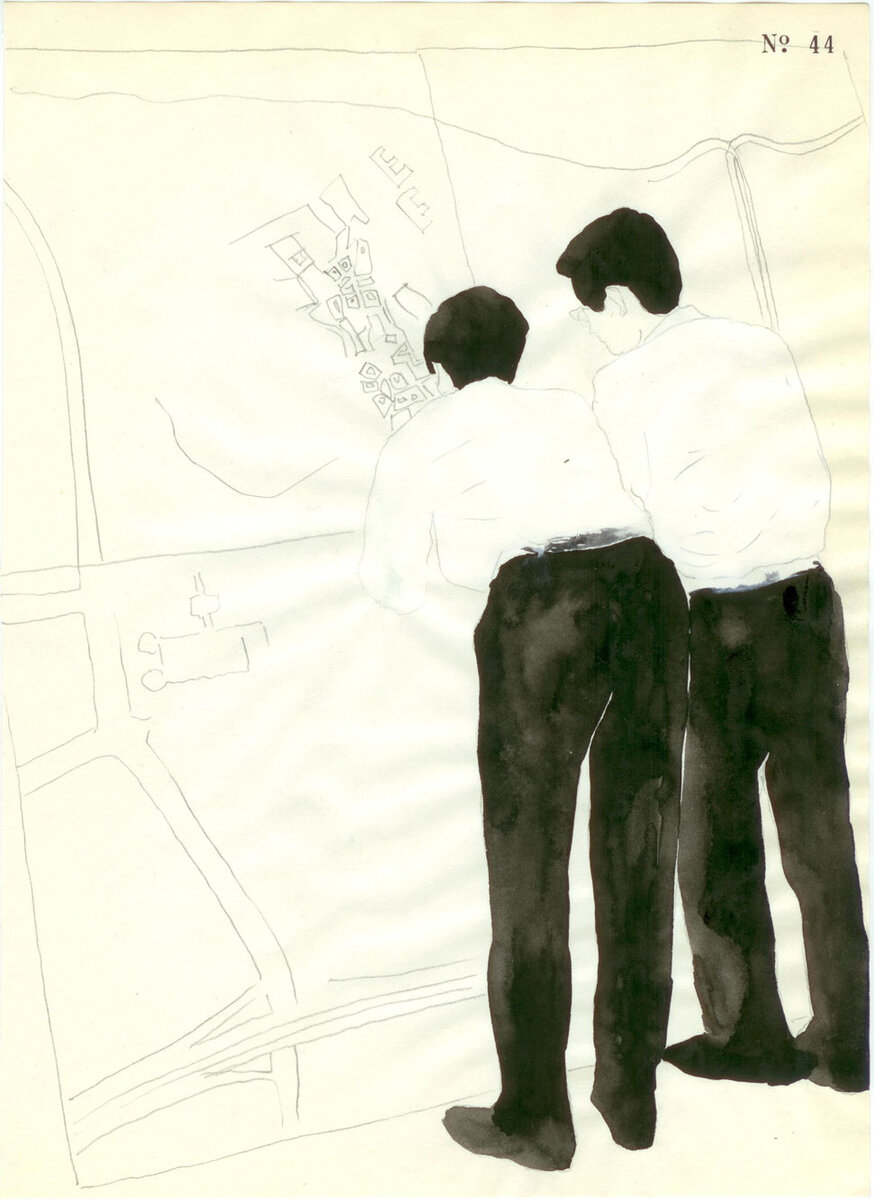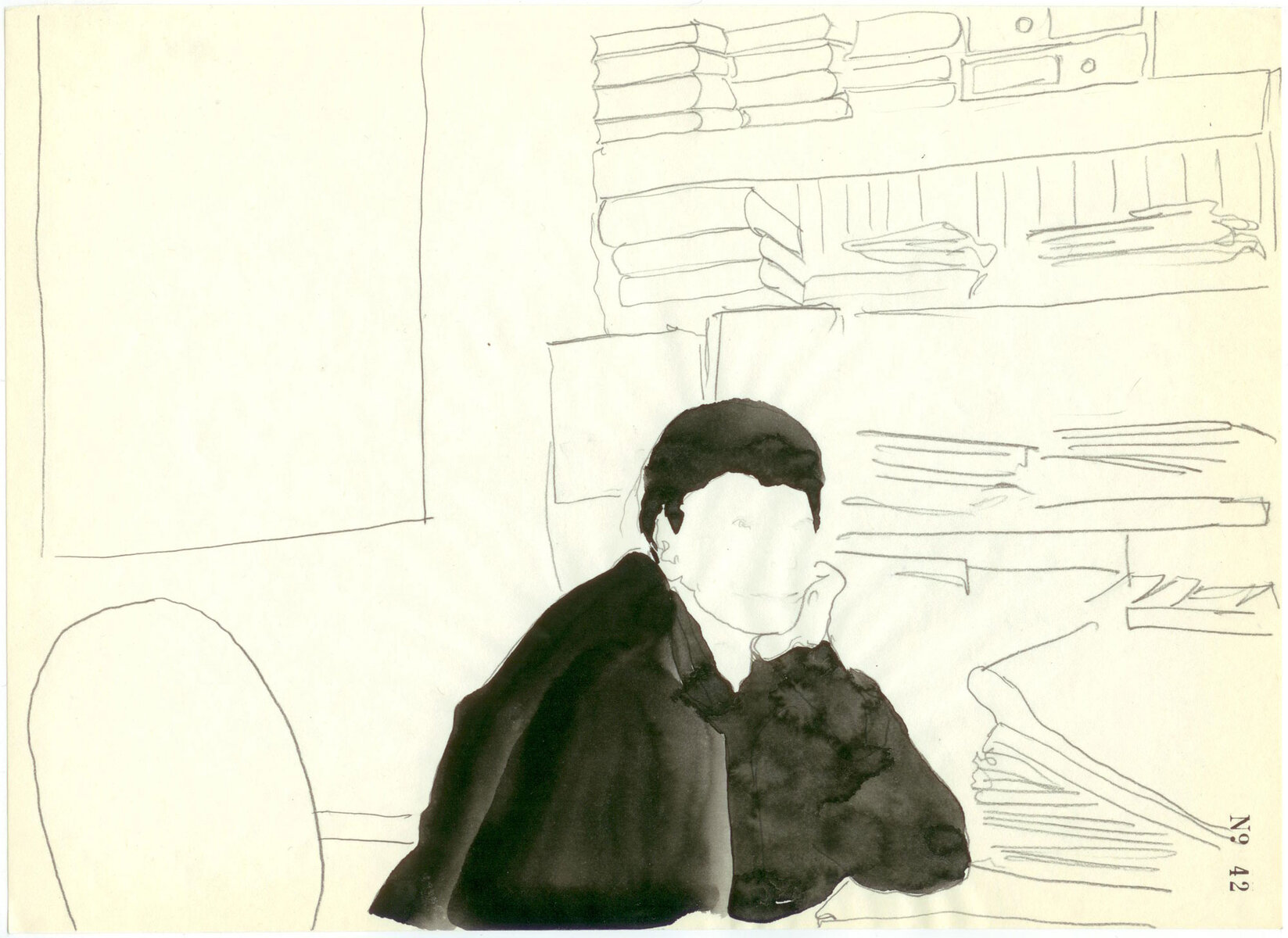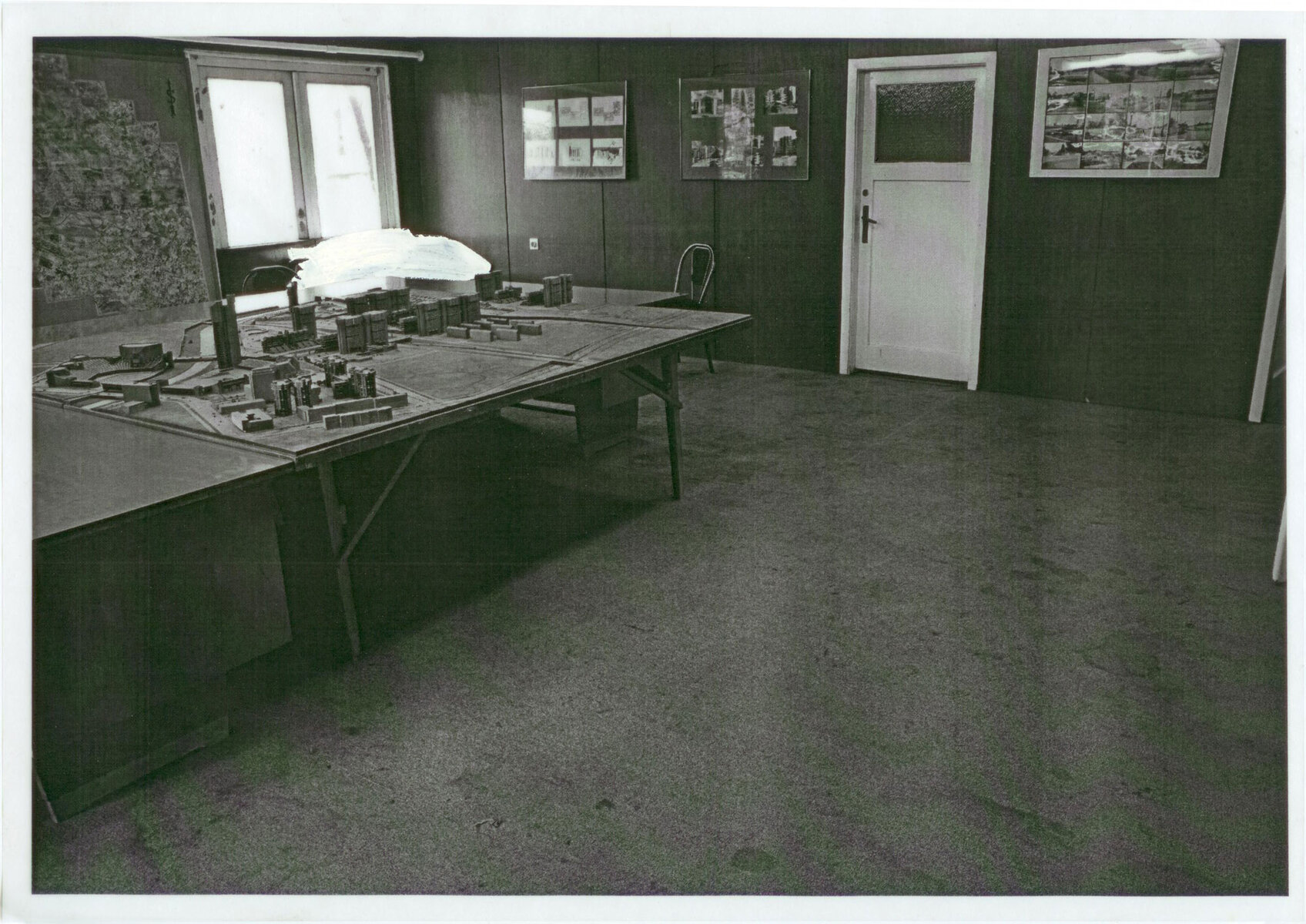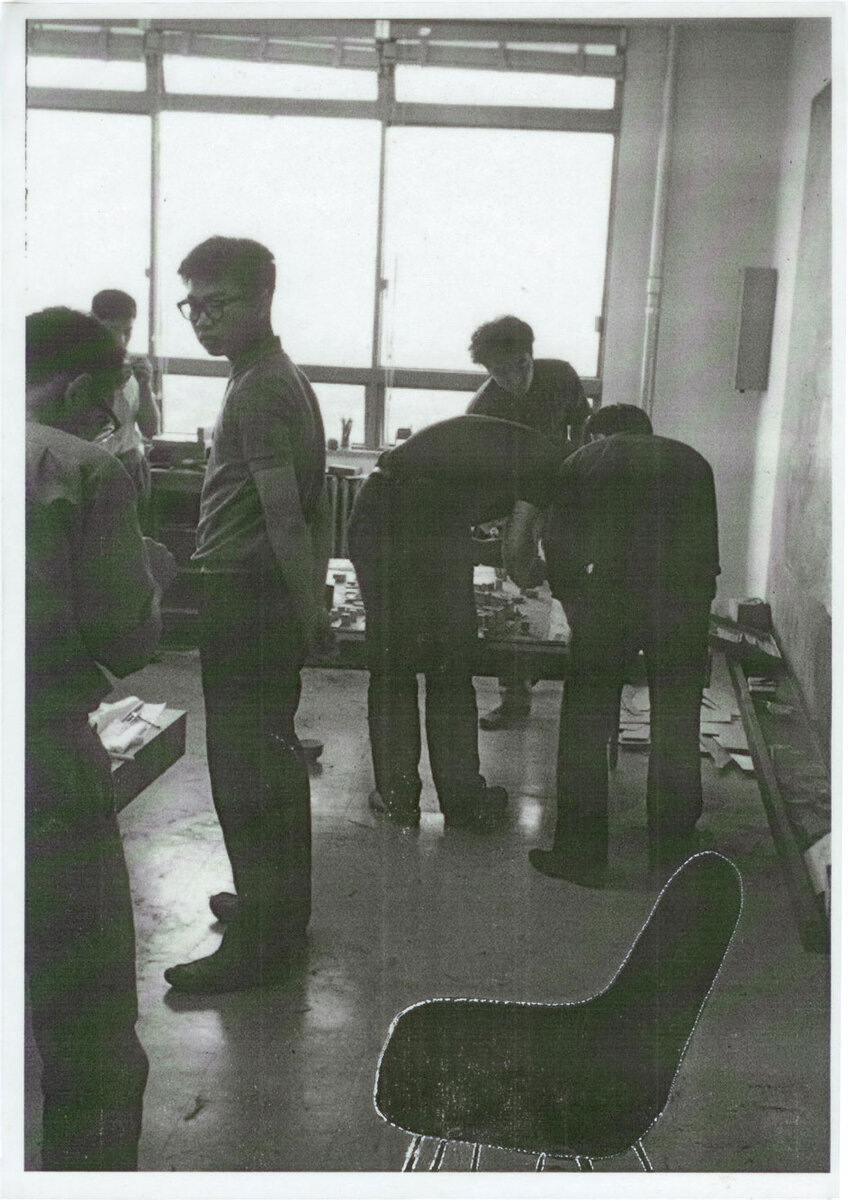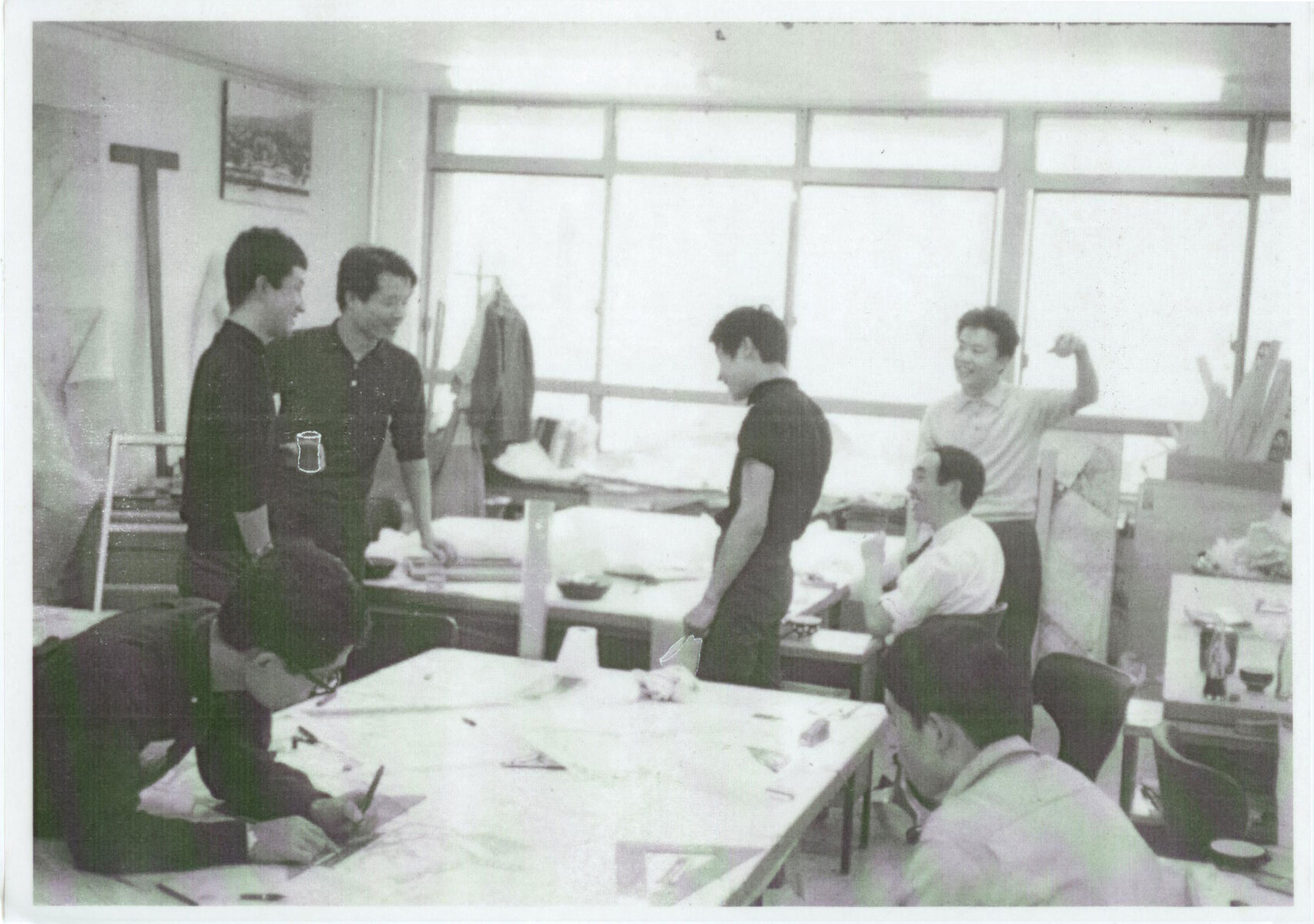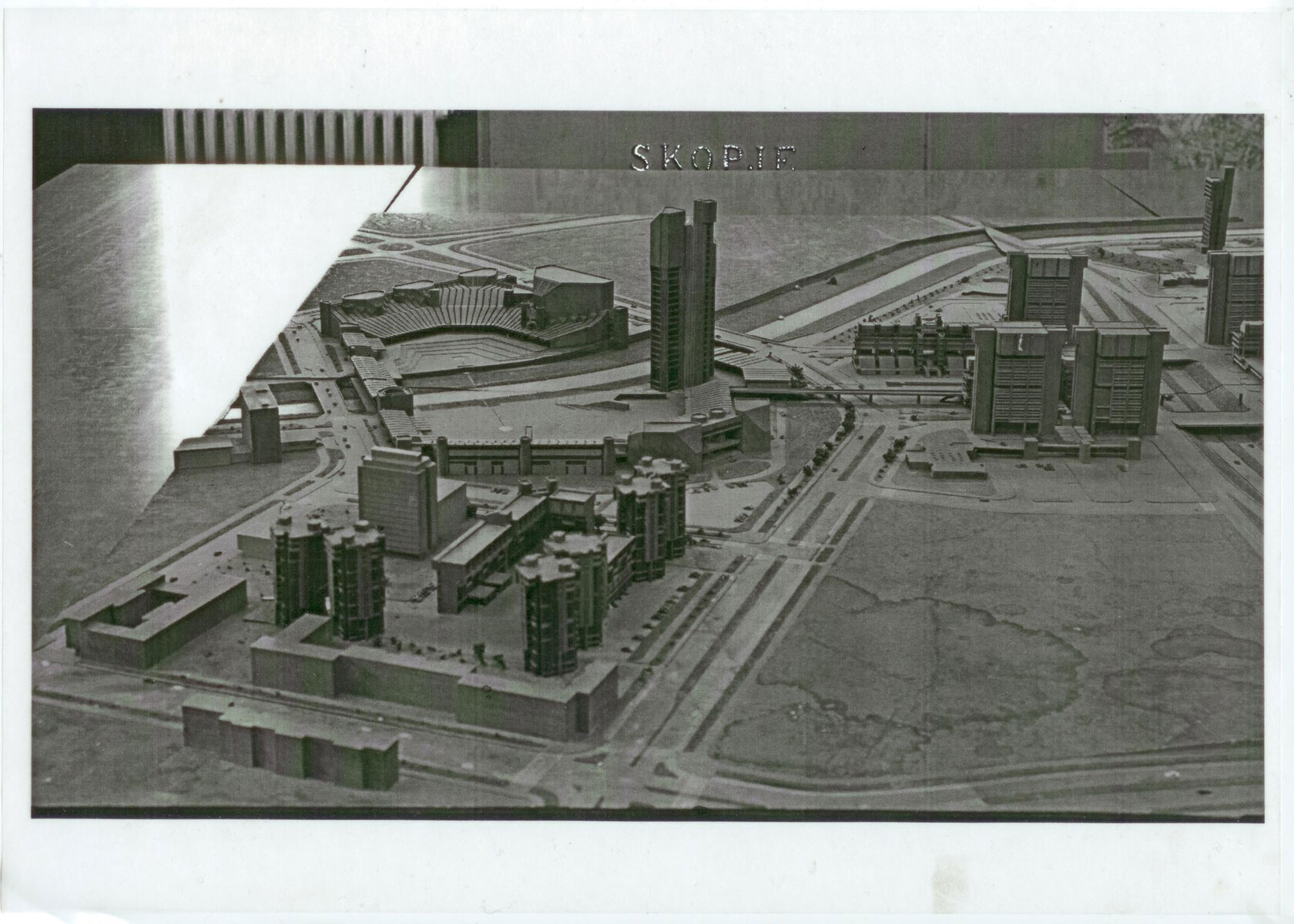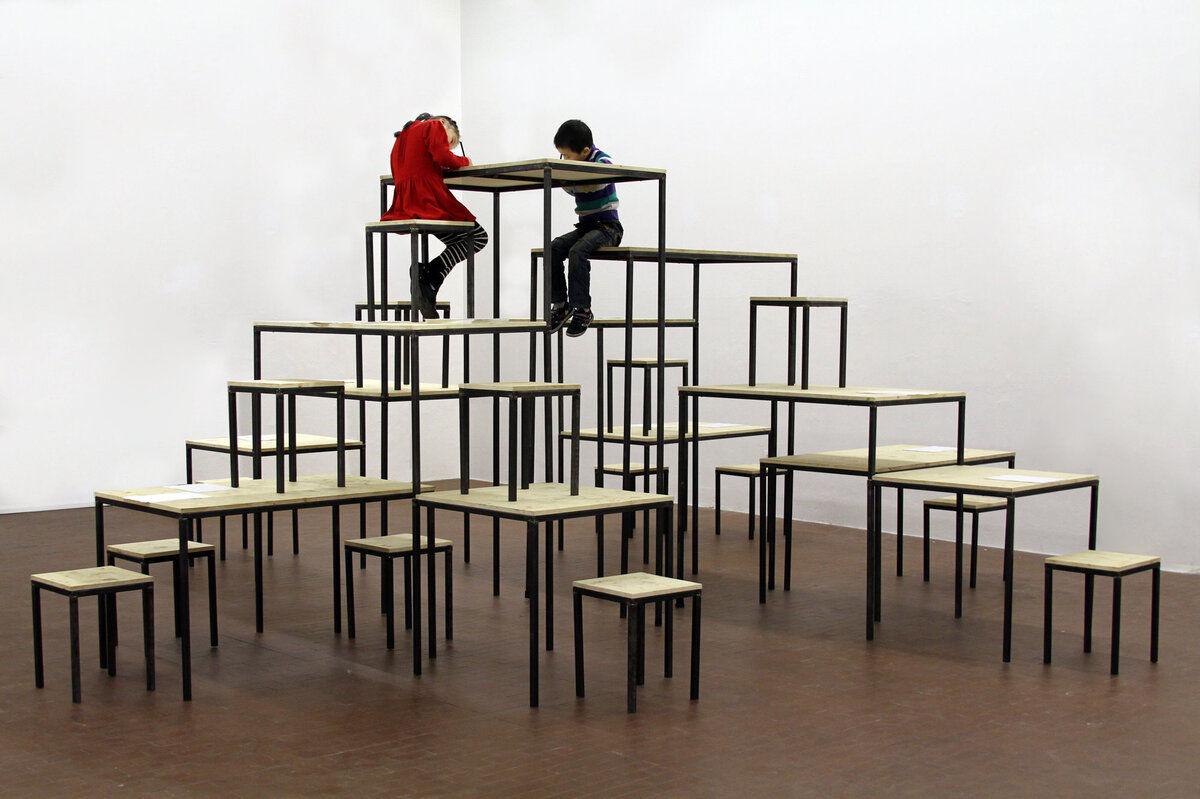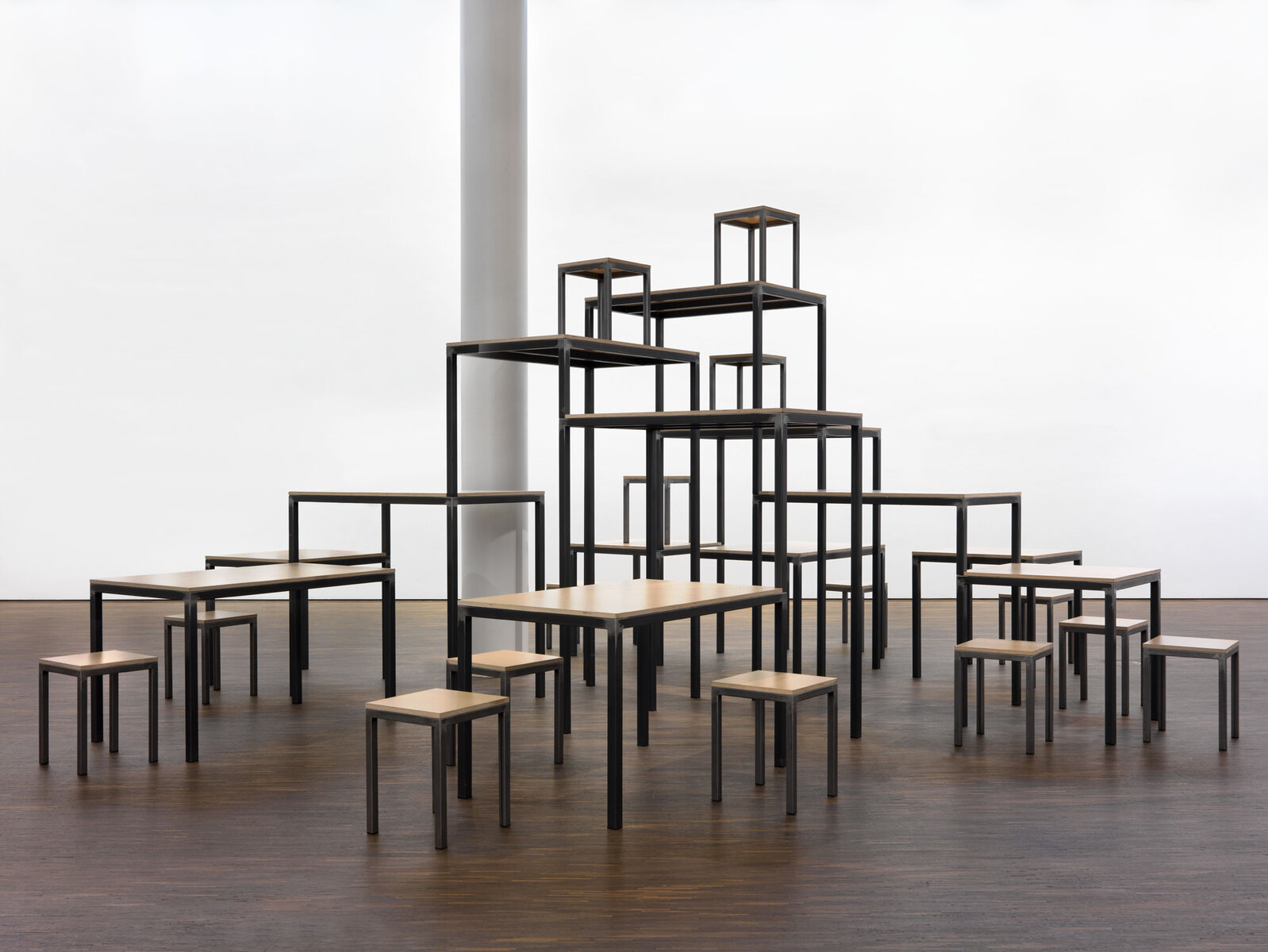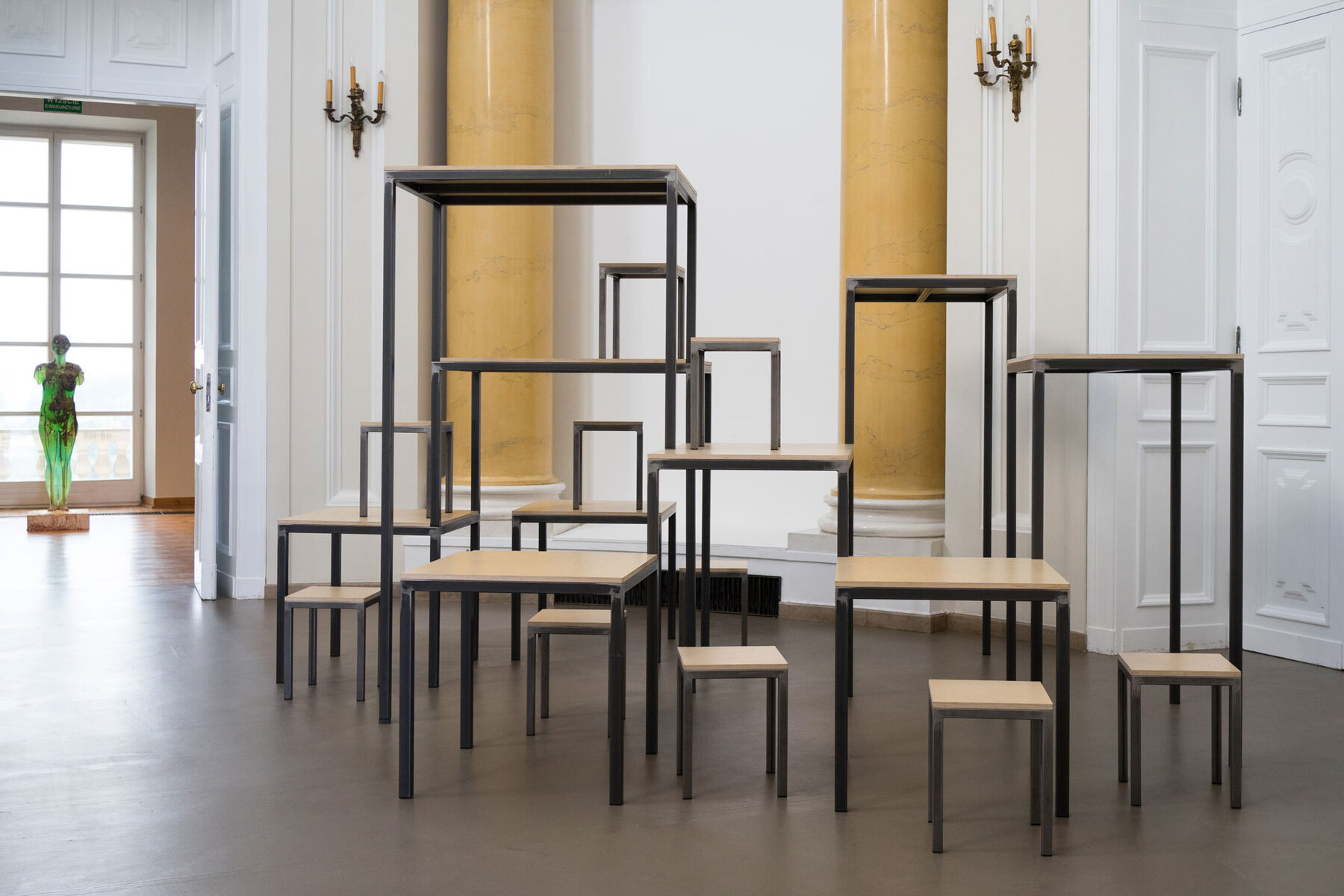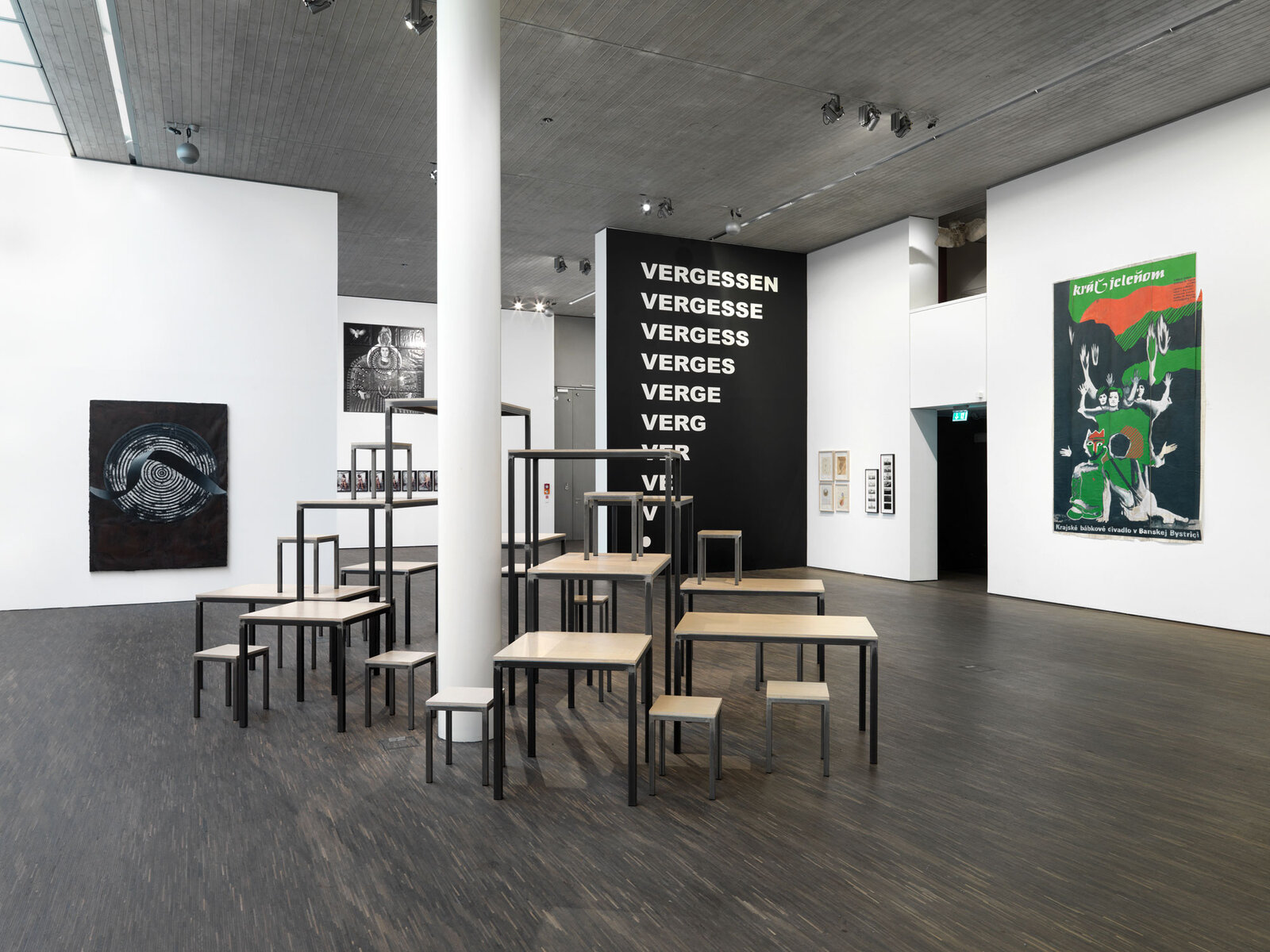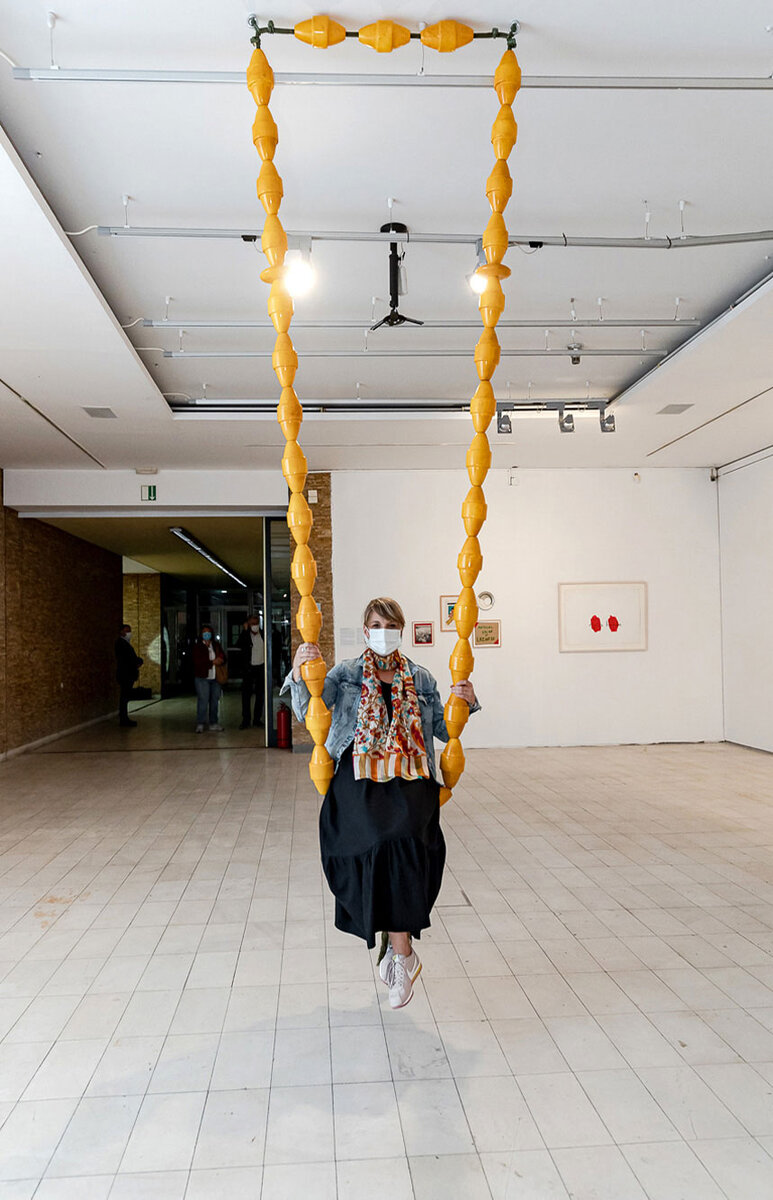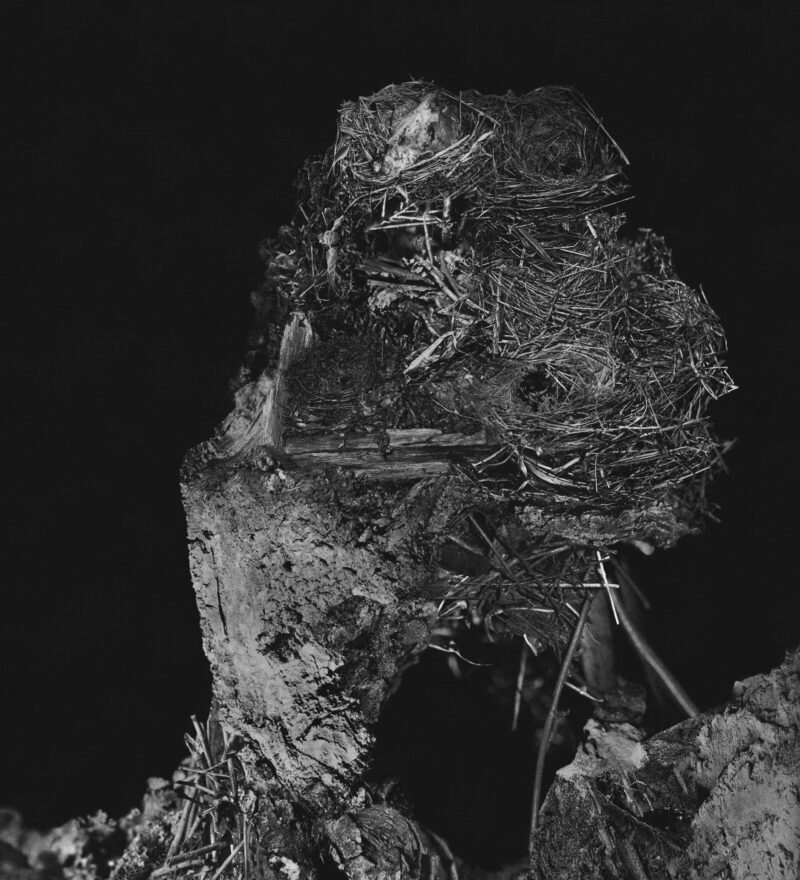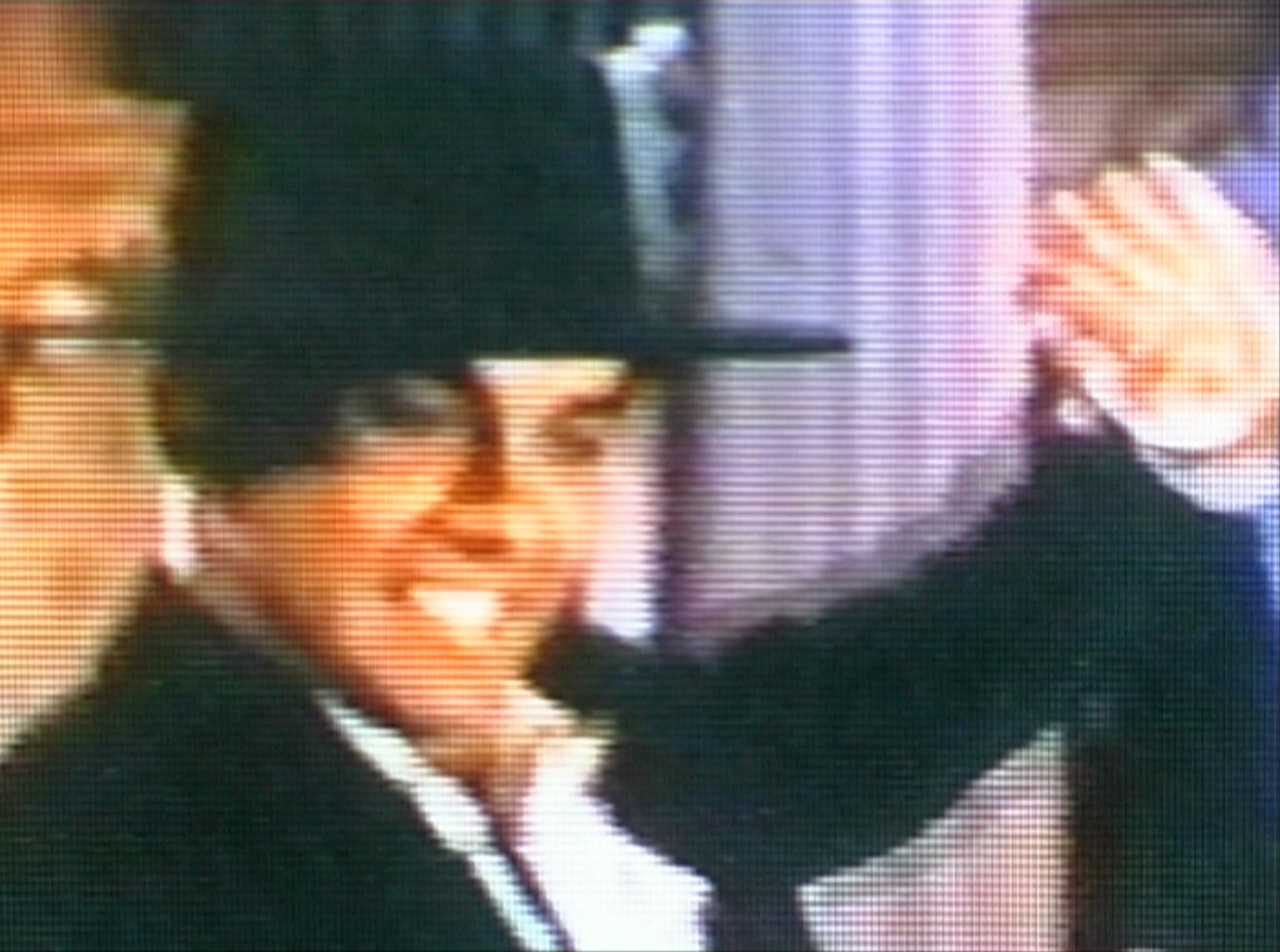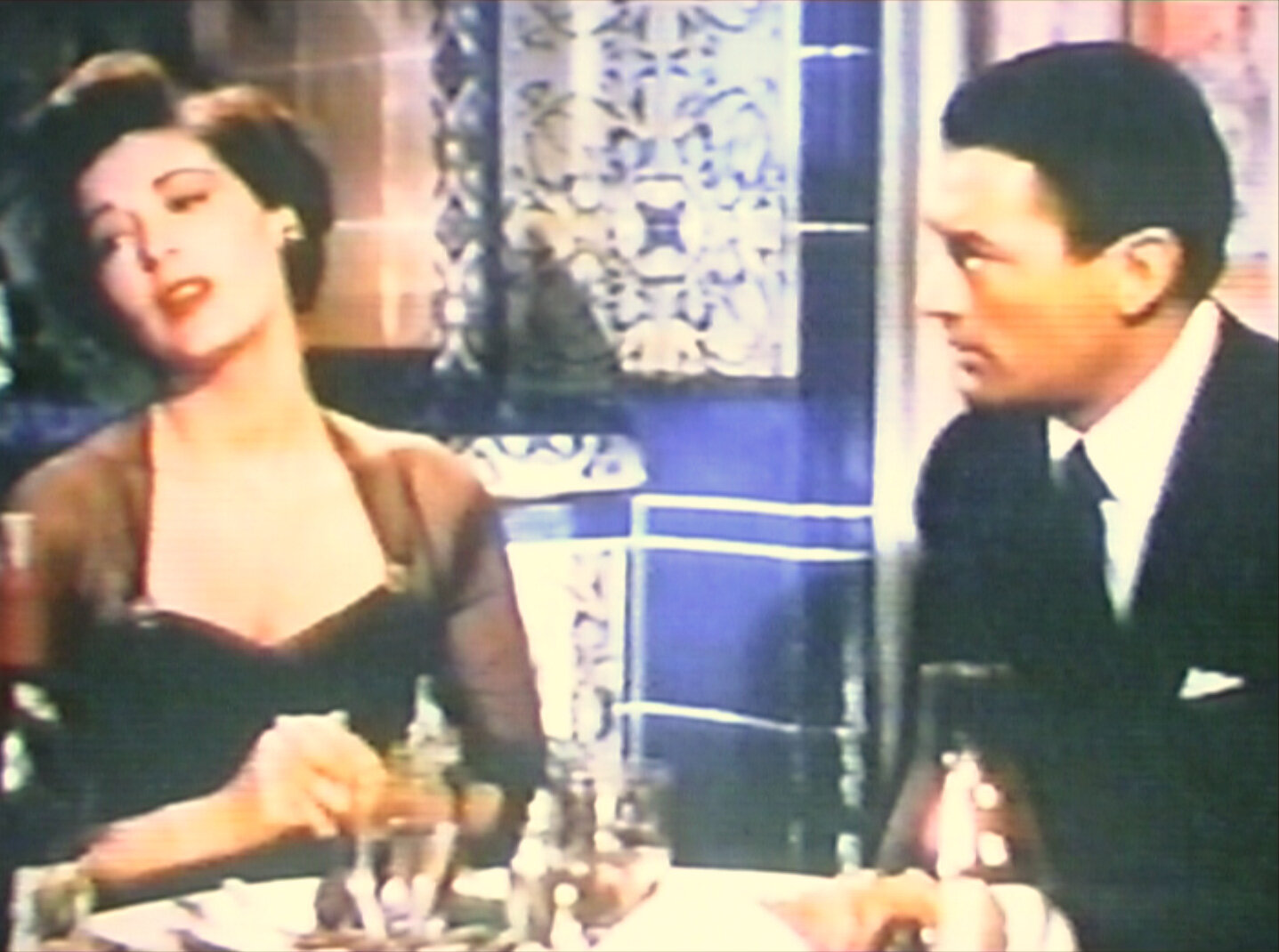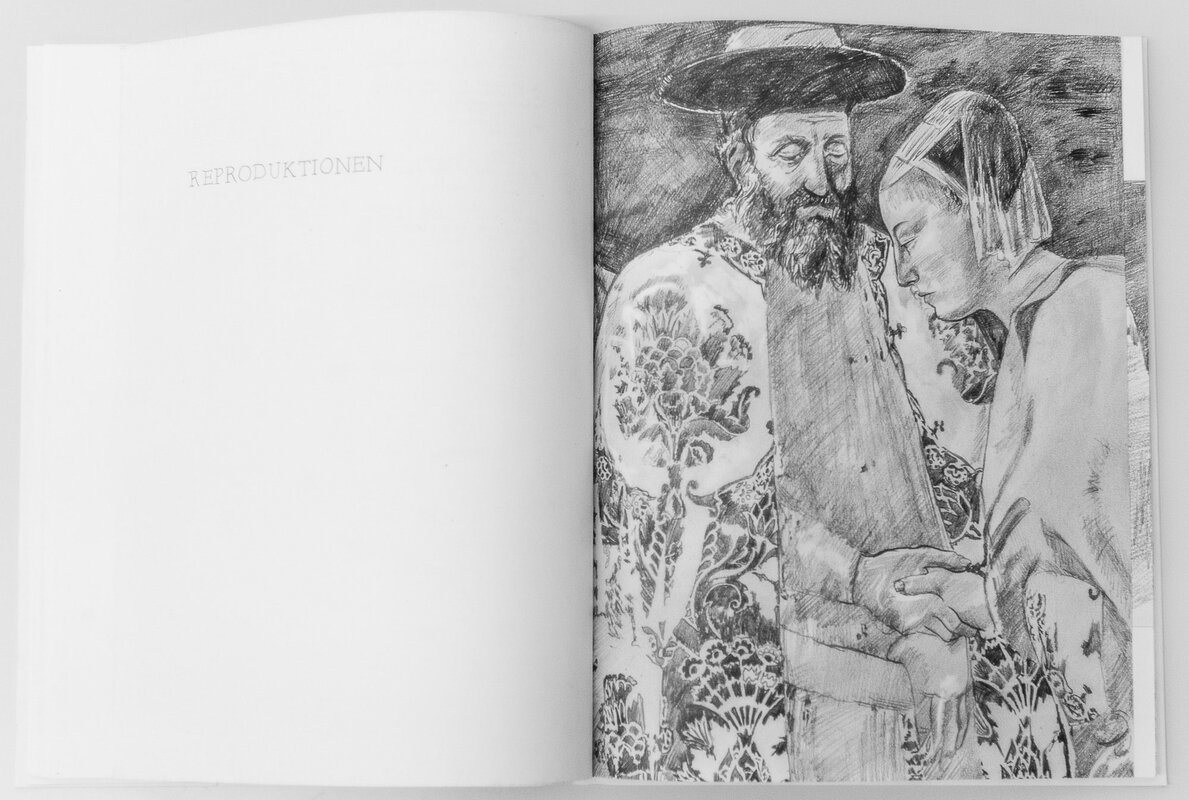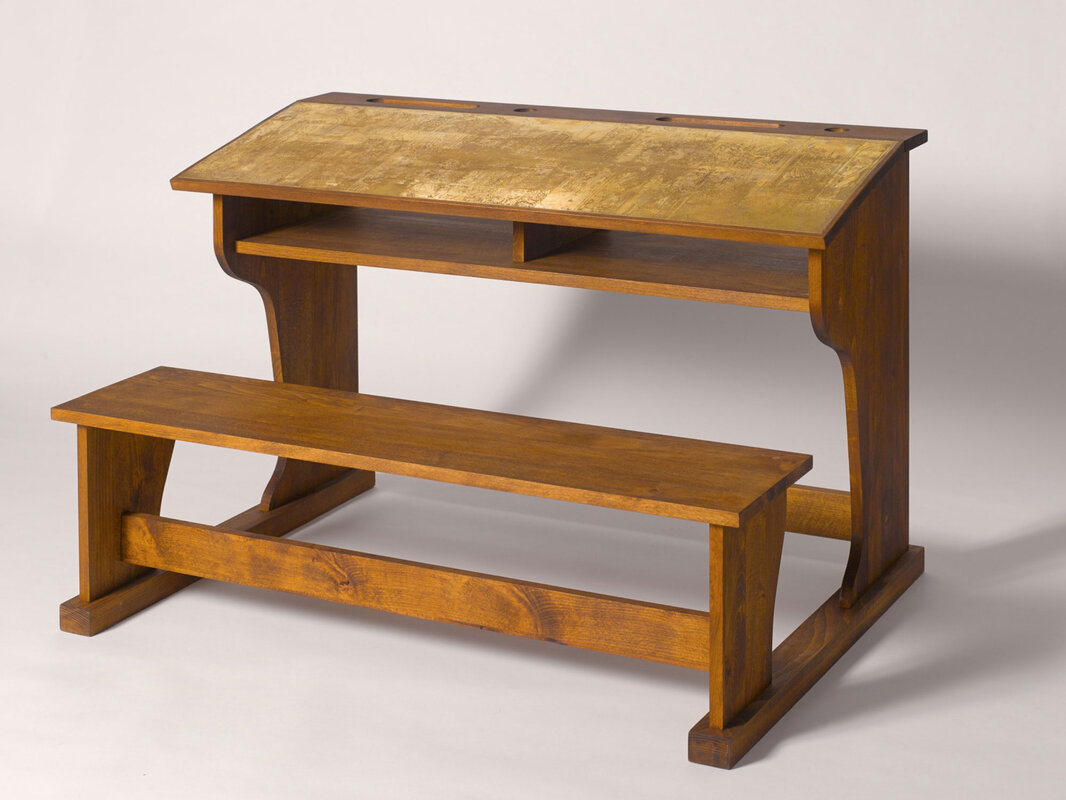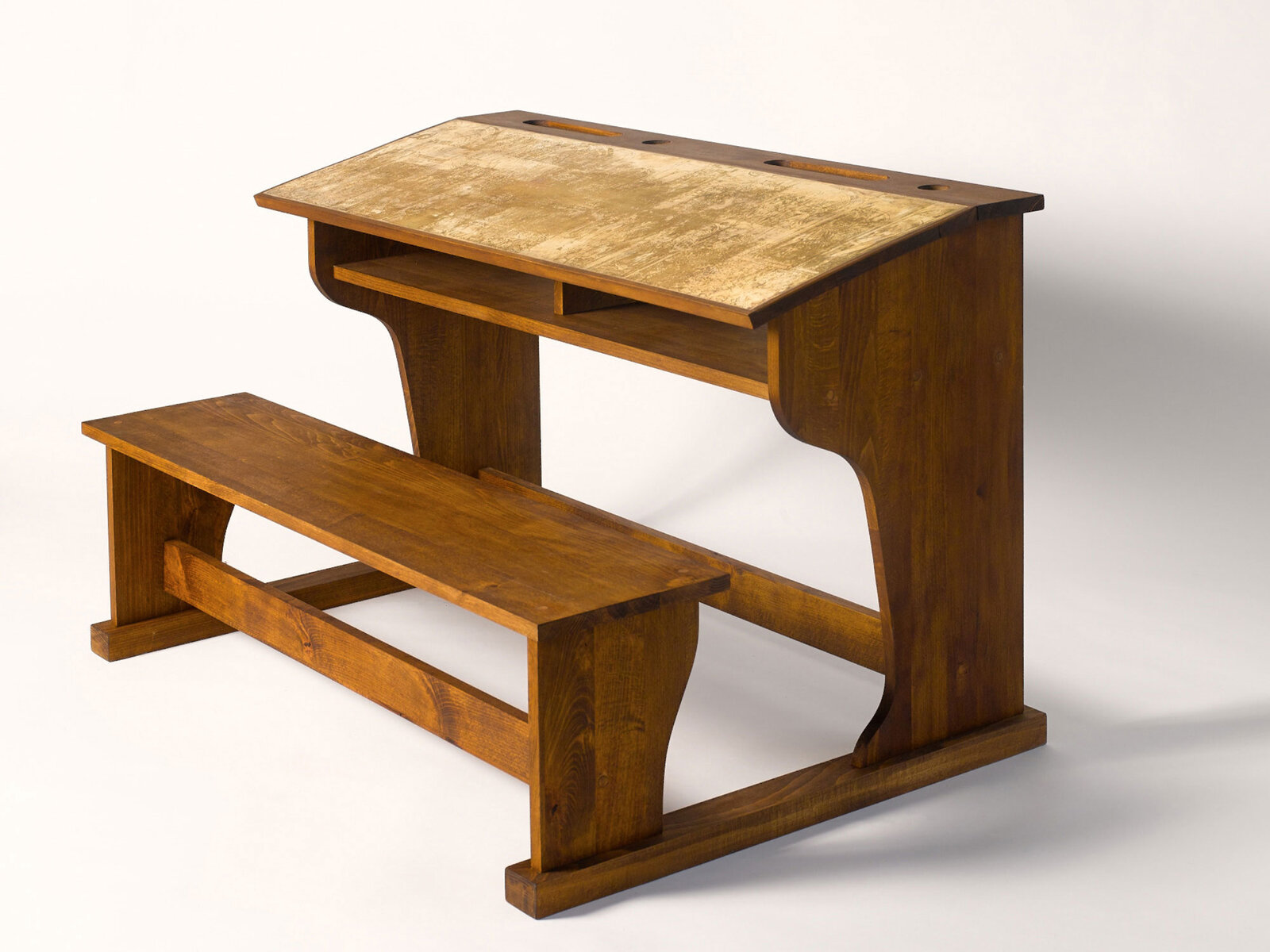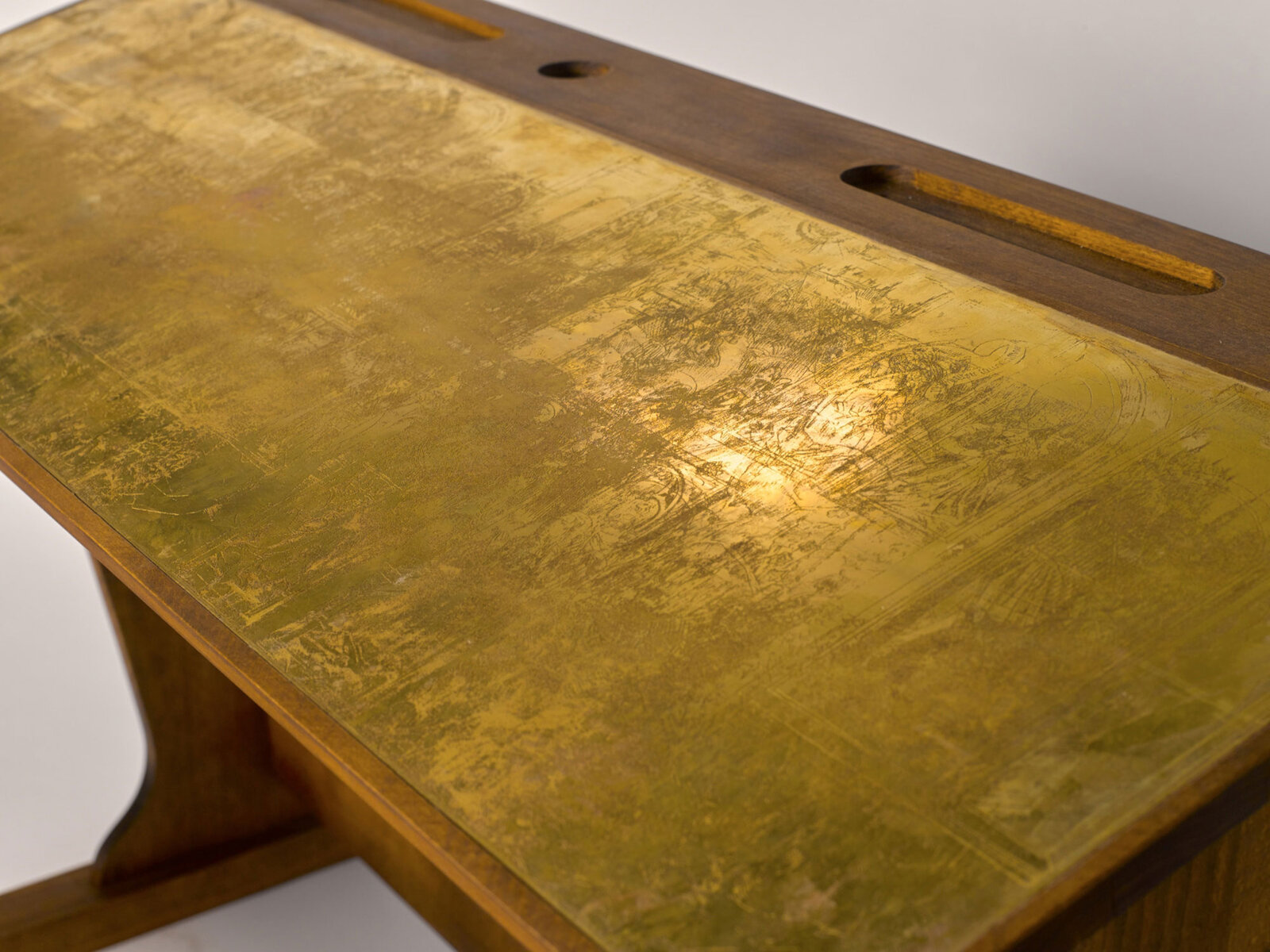Don't Dream Dreams: Archival Retro-Semioses
When dealing with art based on archives, the most important thing is to introduce order into the multitude of collected elements rather than attempt to do away with it, e.g., by replacing sets of elements with generalities, with rationales or theories from which individual occurrences result. Exhibits become groups of separate, possibly disparate components that are either juxtaposed or combined together into a single but composite object, which establishes relationships to implied or contextually insinuated entities. Things are not what they used to – or were supposed to – signify outside the archive, they are viewed as they are per se, as sensorily perceptual materiality that requires interpretation. How does anything function as a sign if something goes wrong with its decoding?
In his famous monograph The Origin of German Tragic Drama (1928), Walter Benjamin writes at length on allegory – and a special allegorical worldview – that is the opposite of the symbol. His intent is to reevaluate allegory, which is usually understood as subordinate to the symbol. In an exchange with Schiller, Goethe interprets the symbol as the general in the particular, and allegory as merely seeking the particular from the general, with the particular serving as an instance or example of the general. Benjamin quotes (as an example of an erroneous position) Schopenhauer’s view on this: “… if starting from the concept is objectionable in art, then we shall not be able to approve, when a work of art is intentionally and avowedly chosen to express a concept; this is the case in allegory…” (161).
In his letters, Johann Joseph Görres made the following pertinent observation: “(…) We can be perfectly satisfied with the explanation that takes the one [the symbol] as a sign for ideas, which is self-contained, concentrated, and which steadfastly remains itself, while recognizing the other [the allegory] as a successively progressing, dramatically mobile, dynamic representation of ideas which has acquired the very fluidity of time. They stand in relation to each other as does the silent, great and mighty natural world of mountains and plants to the living progression of human history.” Quoted from Friedrich Creuzer, Symbolik und Mythologie der alten Völker, besonders der Griechen I, 147–8 (Benjamin 165).
Partly quoting Creuzer, Benjamin distinguishes the characteristics of symbols – “[t]he momentary, the total, the inscrutability of its origin, the necessary,” (163) – from the worldly and historical, successive, progressive dimension of allegory that is contemplated like a landscape. We travel in it in the course of time that opens and unravels the unity of the symbolic moment.
Benjamin offers: “Whereas romanticism inspired by its belief in the infinite, intensified the perfected creation of form and idea in critical terms, [cf. Benjamin, Der Begriff der Kunstkritik in der deutschen Romantik, 105] at one stroke the profound vision of allegory transforms things and works into stirring writing” (176). In allegory, things become writing, a writing of things, rebuses; eidos, the ideal form, is no longer sought in reflexive turns of excess, characteristic of romanticism (176–177).
“The exuberant subjection of antique elements in a structure which, without uniting them in a single whole, would, in destruction, still be superior to the harmonies of antiquity, is the purpose of the technique which applies itself separately, and ostentatiously, to realia, rhetorical figures and rules” (178–179). The technique of allegory provocatively, defiantly refers to the particular, to actual reality, but a reality in the form of empty phrases, petrified social conventions “without uniting them in a single whole” – with the essential point being that the elements of the archive remain separate, even if like some melancholy ruins “in the realm of thoughts” (178).
The archive of quotes-fragments apparent in the quoted passages is Benjamin’s research method as embodied in his great Arcades Project (unpublished, 1927–1940), in essence a vast collection of text fragments. A seminal contemporary art historical author in this field is Aby M. Warburg (1866–1929) with his picture atlas project Mnemosyne (1928–1929) composed of panels with constellations of photographs.
The basic characteristic of allegory, however, is ambiguity, multiplicity of meaning; allegory, and the baroque, glory in richness of meaning. But the richness of this ambiguity is the richness of extravagance; (…) (Benjamin quoting Hermann Cohen; Benjamin 177).
*
However, Walter Benjamin’s approach to German baroque through allegory remains arbitrary, prospectless. The semiotician, media theorist, and comparatist Hans Vilmar Geppert aims to include in it the dynamic “living progression of human history” (cf. above), which also includes creativity and optimism absent from the German baroque tragic drama; Geppert finds and describes them in realism as a discursive logic observable from the 19th century on.
Individual archival entities always originate under specific institutional and discursive conditions (and from signs based on codes), but in the archive itself, we find individual objects (unique, actually existing signs) received by the addressee of the archival work as their meaningful constellation. An authorial organization of an archive is based on organizing the relationships between archival units without abolishing their individuality as signs by creating new laws of their production, i.e., a new code determining them in detail and weakening their uniqueness and independence in the process. It is precisely the ethical attitude, the commitment to preserve all the elements of an archive separate from one another, that does not allow for a discursive colonization of the archive.
A fundamental question thus arises: How do archives of independent elements contribute to giving a new meaning to reality as a result of artistic processes? Repetitions are the basis of a code in potentia, some kind of rhythm of juxtaposing elements-signs leads to equivalencies. A comparison with the scheme of Jakobson’s well-known model of the poetic function of language from 1960, which Geppert proposes in his theory of the discourse of realism as a variant of archival aesthetic, is illustrative:
R. Jakobson’s principle of equivalence, the projection of the ‘code’s’ axis of selection (paradigm, legisign [type, C. S. Peirce’s terms]) onto the axis of combination ([individual] sinsigns in a syntagm […]) – in this, Peircean semiotics differs from any structuralism – only makes sense when it can be reversed; and it is precisely this reversal that I see as a realistic possibility of equivalence. (Der Realistische Weg 130)
While the projection of the principle of equivalence from the paradigmatic axis to the syntagmatic axis can be reversed in Jakobsonean structuralism, a code in potentia only means a turn from the syntagmatic axis to the paradigmatic one, but not also back, because the type of art that works with archives only destroys paradigmatic relations without being capable of creating a new one, which Jakobson demands for a text to be poetical. Individual signs remain separate and unreplaceable, despite their potential to enter into relations of equality, equivalence with other elements of the archive. Equivalence, similarity is in reality only an effect of contiguity, proximity, of an externally motivated clustering of elements.
The semiotics of repetition [… in realism] discloses very clear boundaries for the modes of writing: these (both iconic [i.e., related by similarity] and symbolic [i.e., the conventional relations between sign and referent]) legisigns, the general types or general functions of description, here work only in a constantly retro-semiotic connection with (indexical) sinsigns, tokens, from which they have, of course, also originated. [Indexes are signs that are actually related to the referent and are, as singular, unique signs, also realized.] They cannot be separated from their chain, which is also a sinsign (132).
This discourse functions as a “retro-semiosis” of individual signs – which point to actuality like clues – i.e., as an outline of a new general law that remains conditional because it cannot be disconnected from the chain of individual actually existing signs, which is in itself still only a singularity of a hypothetical statement that can conditionally also mean something more, thereby entering the sphere of the imperative, perhaps art. For example, an archive with an interface, its didactic mediation.
What shows a crisis as just an iconic sketch is a figure of meaningfulness as a text, “textum,” something woven in the literal sense, and then also as a picture – that means, as a model of retro-semiosis of the indexical interdependence of directions and orderings (152).
*
A dialogue is a form of misunderstanding – this would be, more or less, an acute summation of Mikhail Bakhtin’s concept of dialogue developed in early 20th century. “[T]he novel speculates with a possibility of ignorance ,” writes Bakhtin; a dialogue is essentially related to questioning, learning, not knowing (Škulj). It is therefore not easy opening a dialogue between different positions; the key theorist of dialogue warns that an exchange of opinions does not simply resolve tensions and conflicts. On the contrary, what must be found is a way to formulate a wealth of difference of positions that are never reducible to one another; we must learn to recognize and preserve statements that are alien to us, and organize spaces of coexistence, artistic forms that give us access to the wealth of difference of the world.
From this perspective, the exhibition includes collections of concepts, diagram and picture atlases, spatial installations linked to the processes and institutions of education, also in therapeutic form, individual encounters with the tradition of art, and also performative practices and sculptural representations of the human form. The whole world is an archive, even the most concise and laconic of statements are ruptures and anticipations, immersed in the fullness of living dialogue.
Aleš Vaupotič
References:
Benjamin, Walter. The Origin of German Tragic Drama. Translated by John Osborne. London, New York: Verso, 1998.
Geppert, Hans Vilmar. Der realistische Weg. Tübingen: Max Niemeyer Verlag, 1994.
Škulj, Jola. »Mihail Bahtin, Teorija romana.« Primerjalna književnost 6.1 (1983): 48–56.












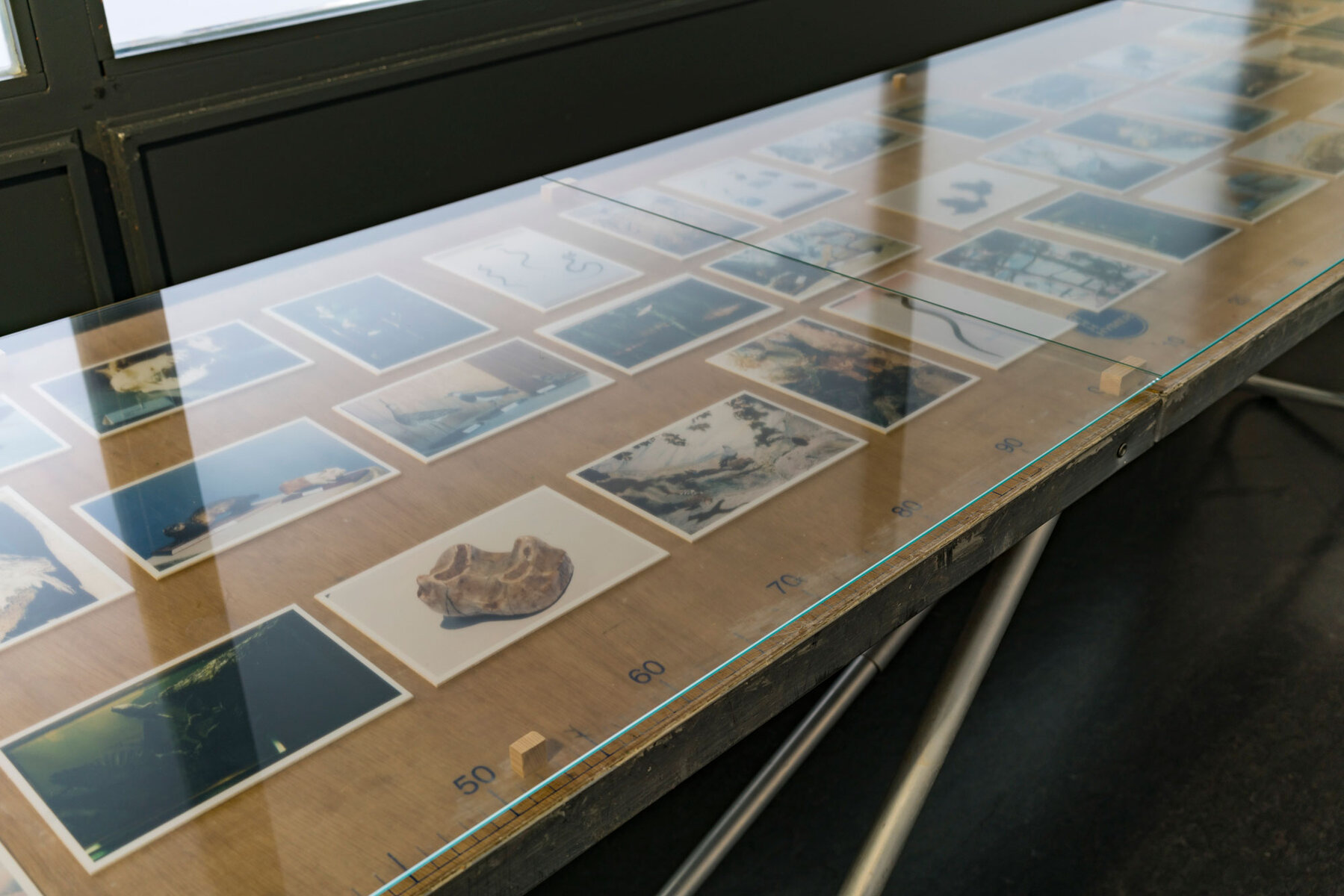

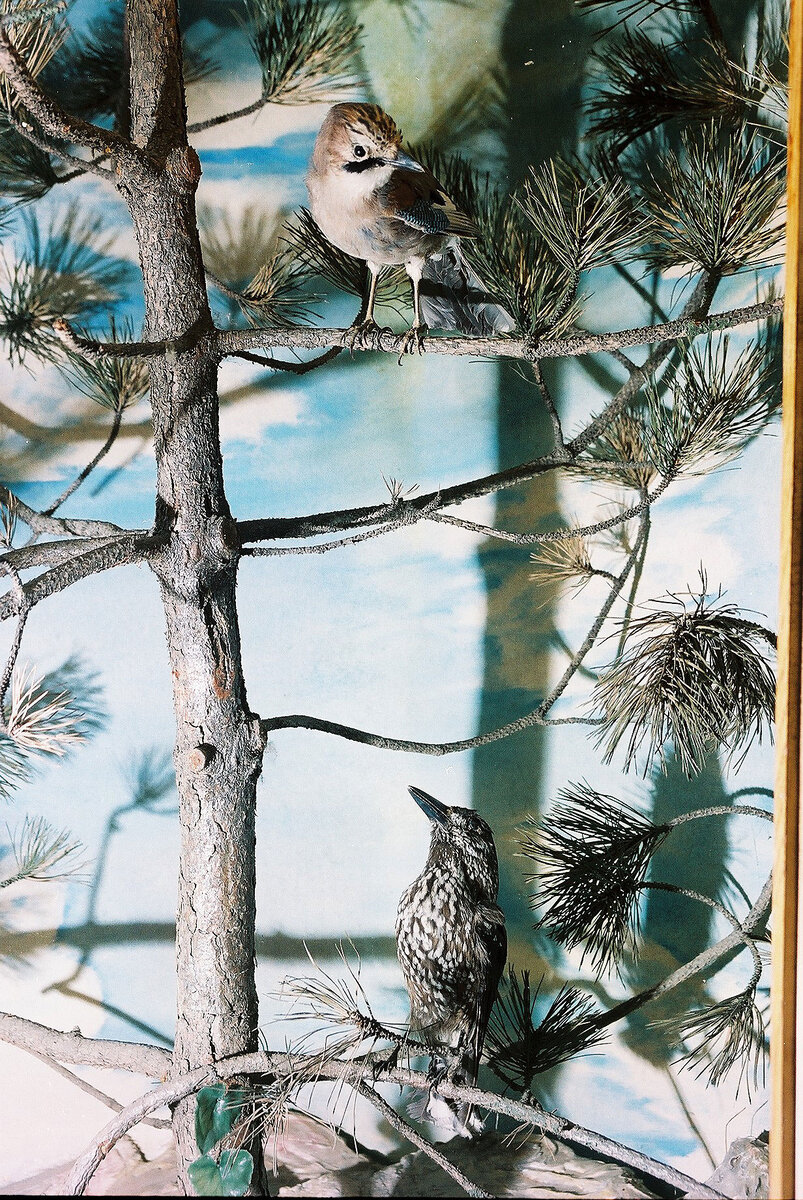
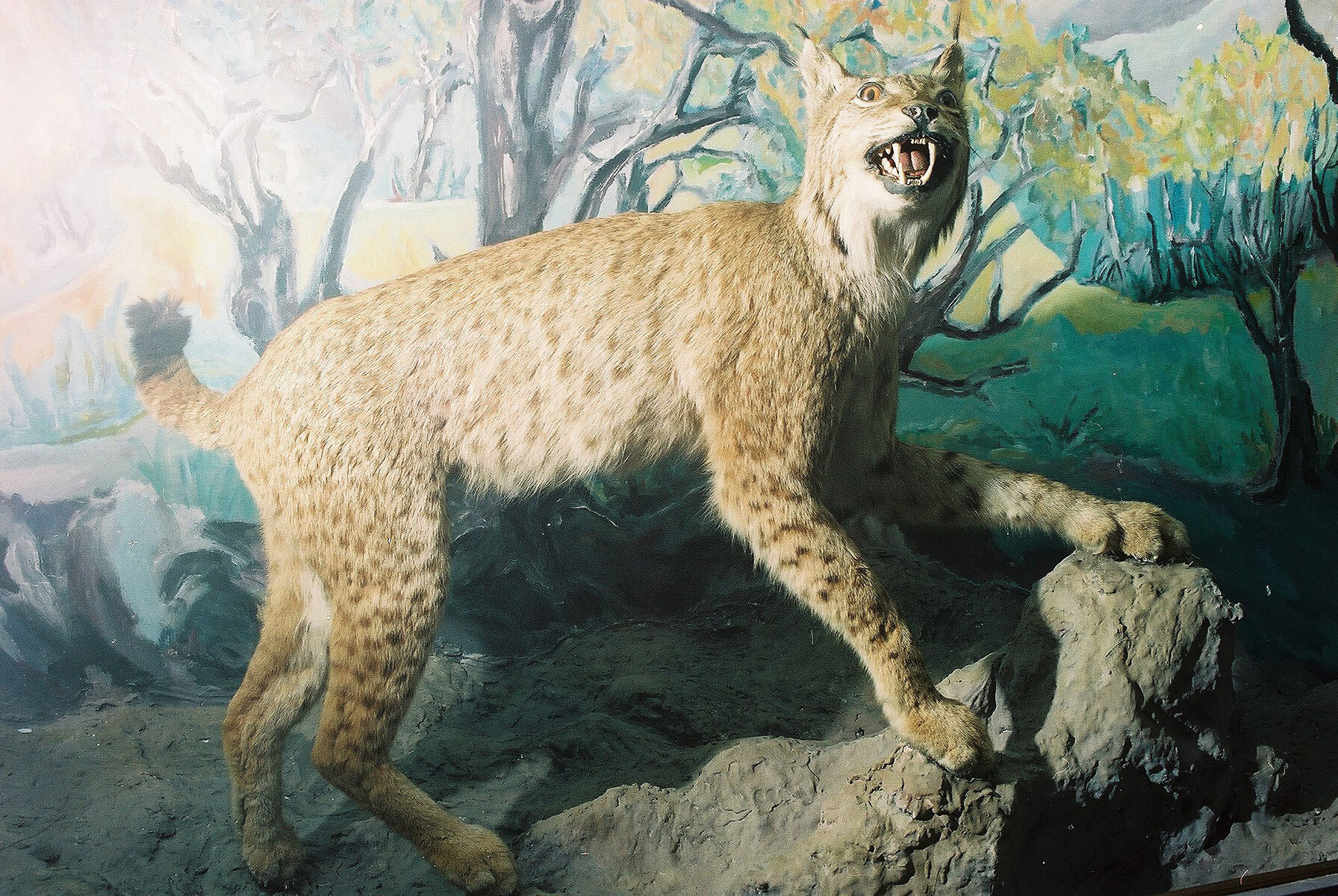
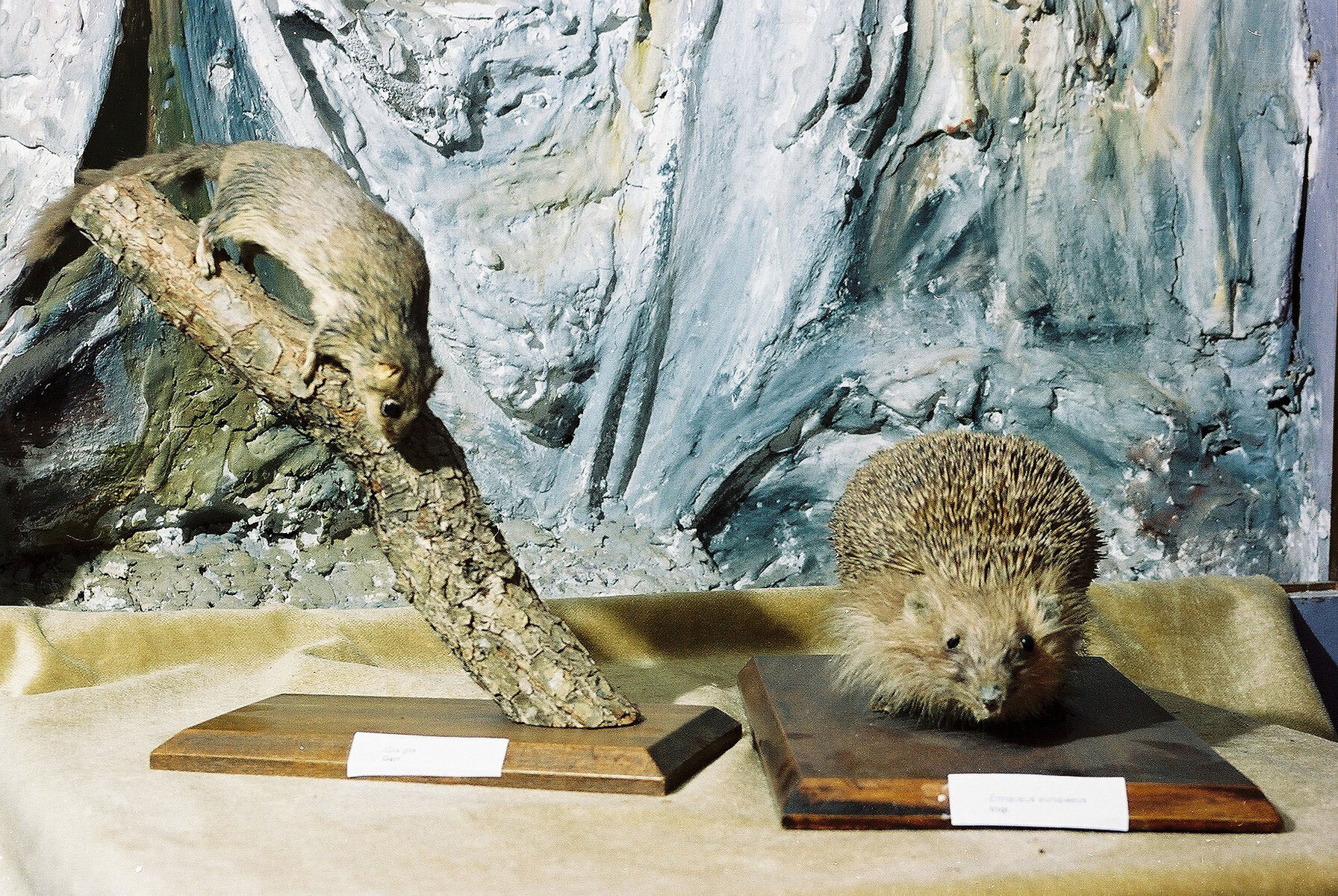

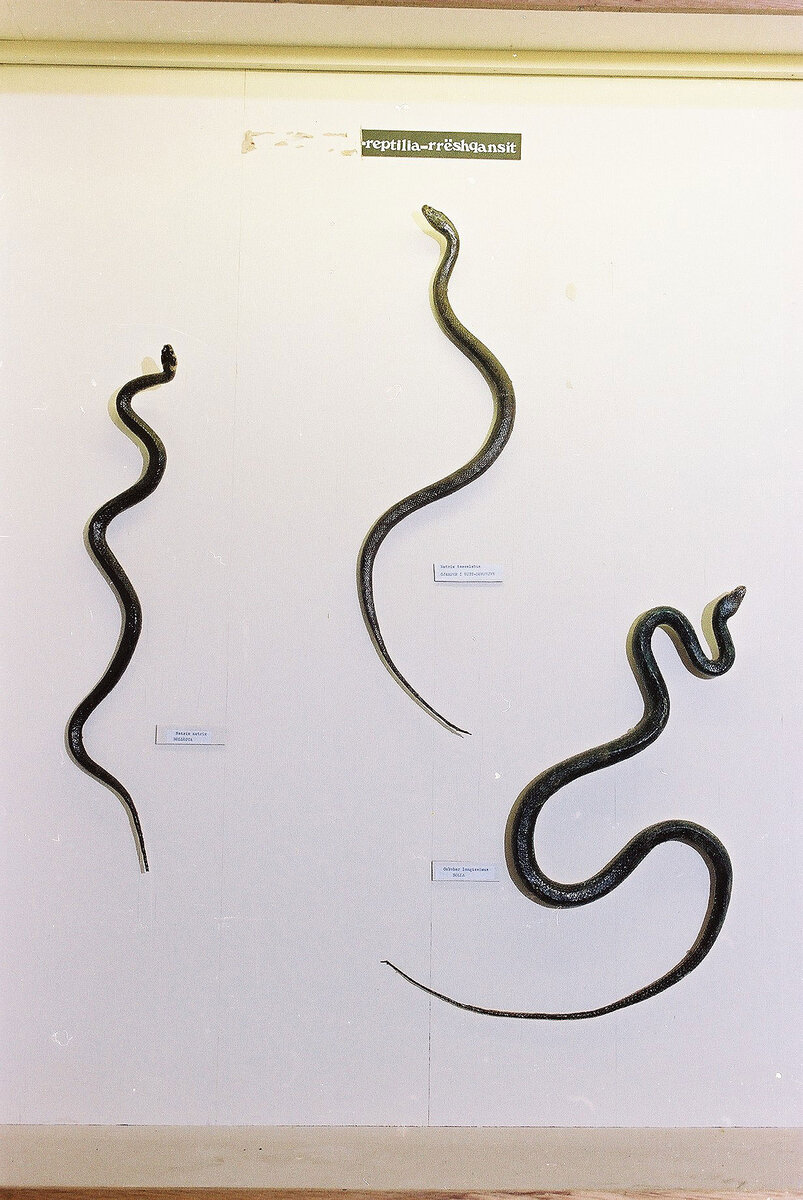
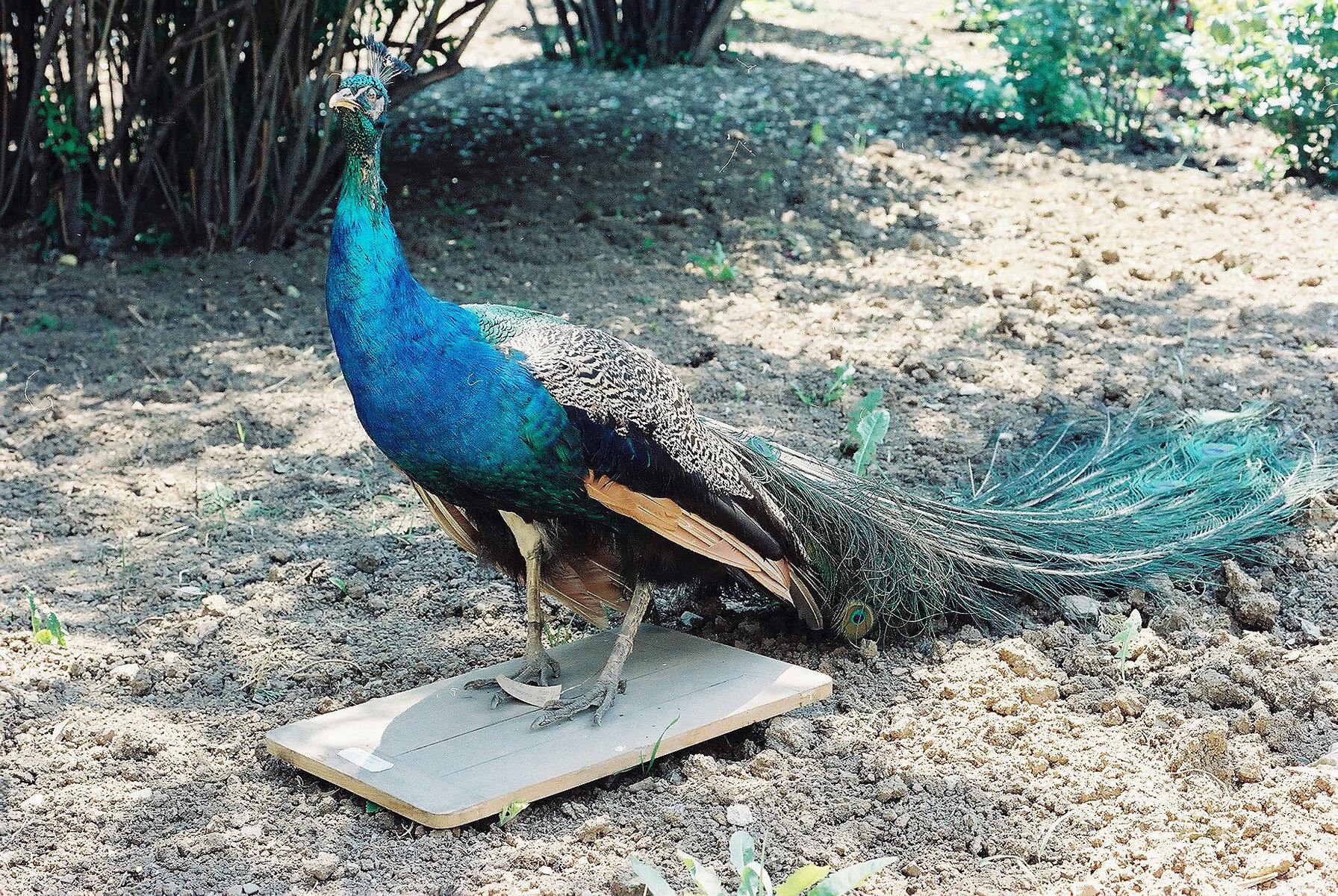













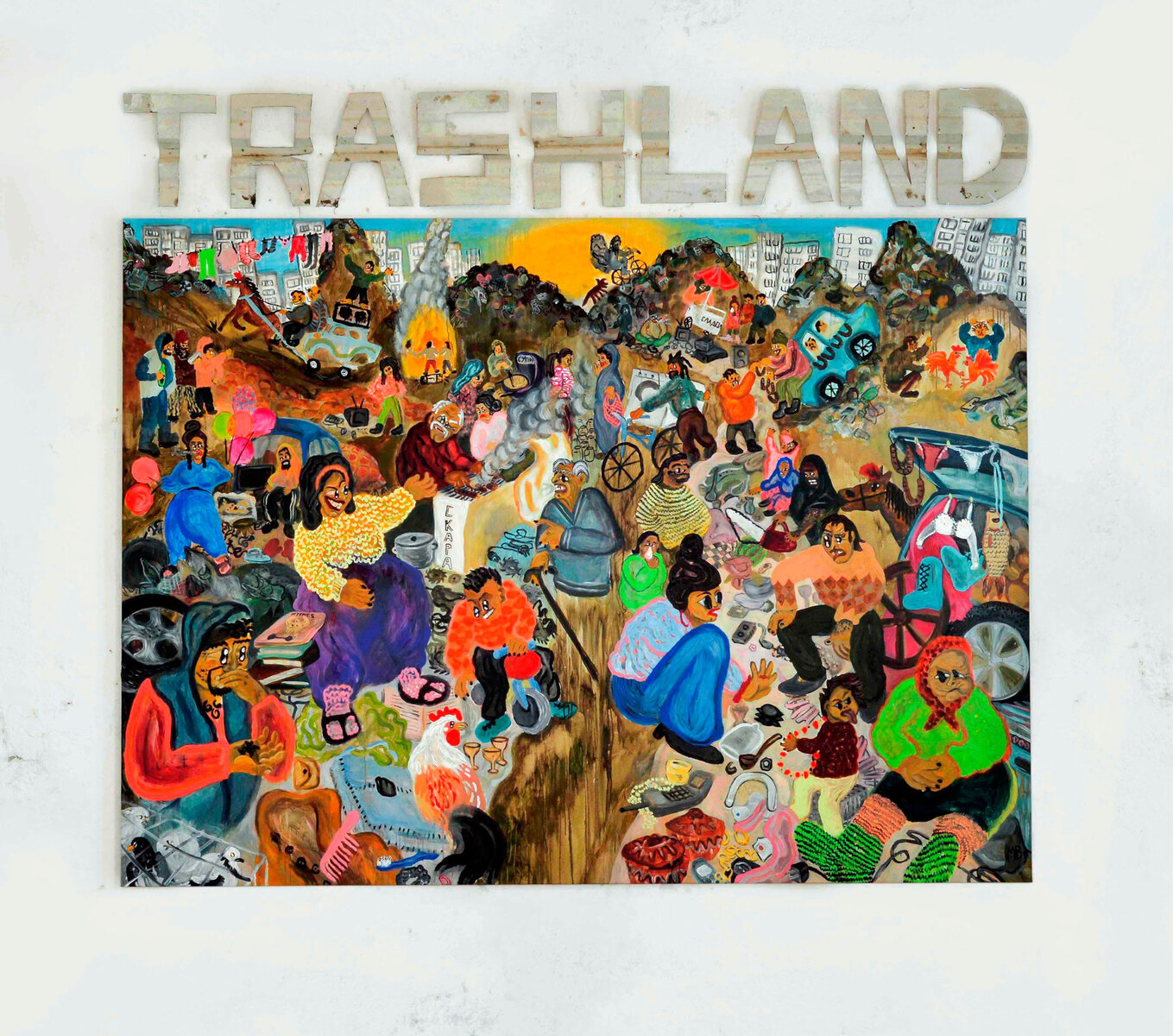

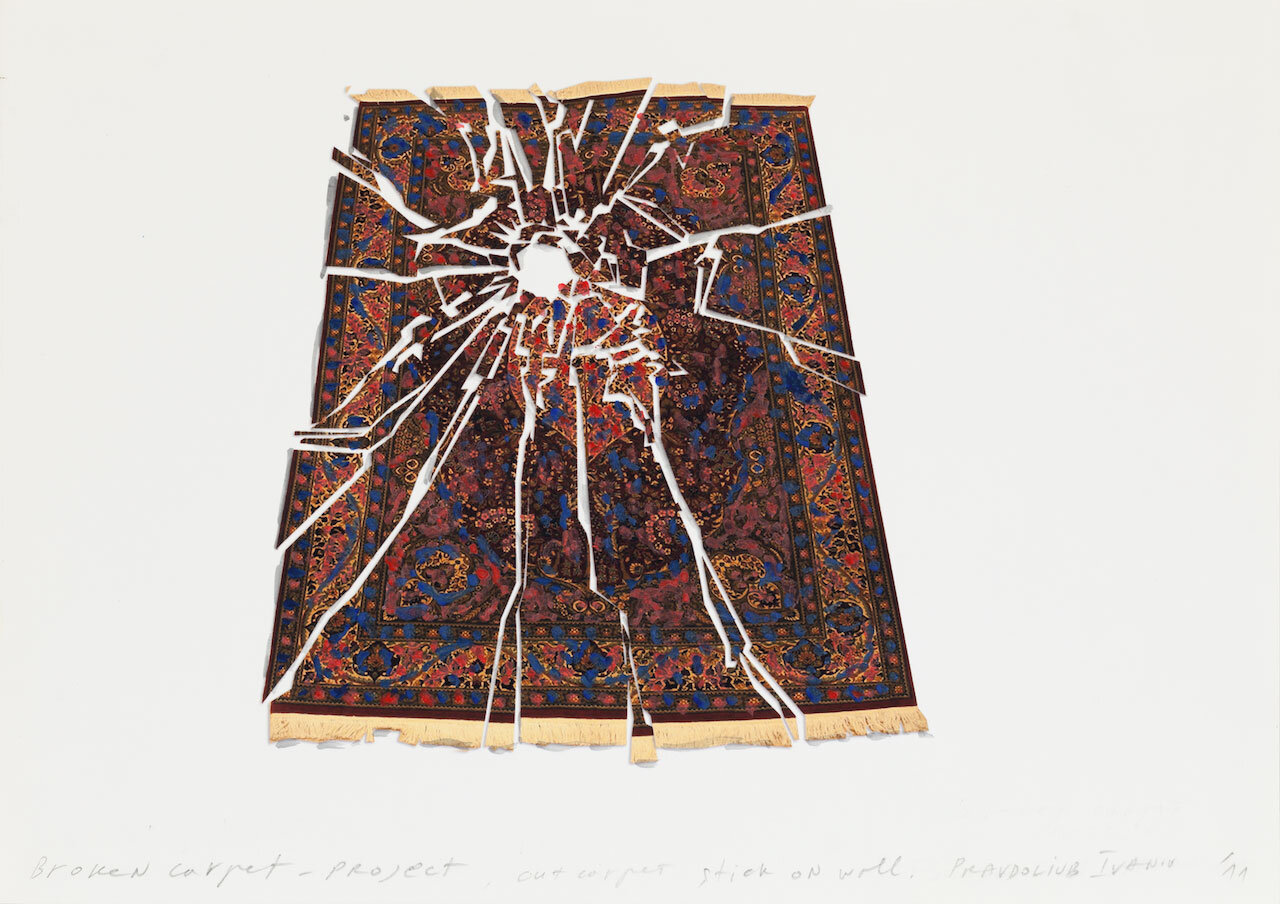
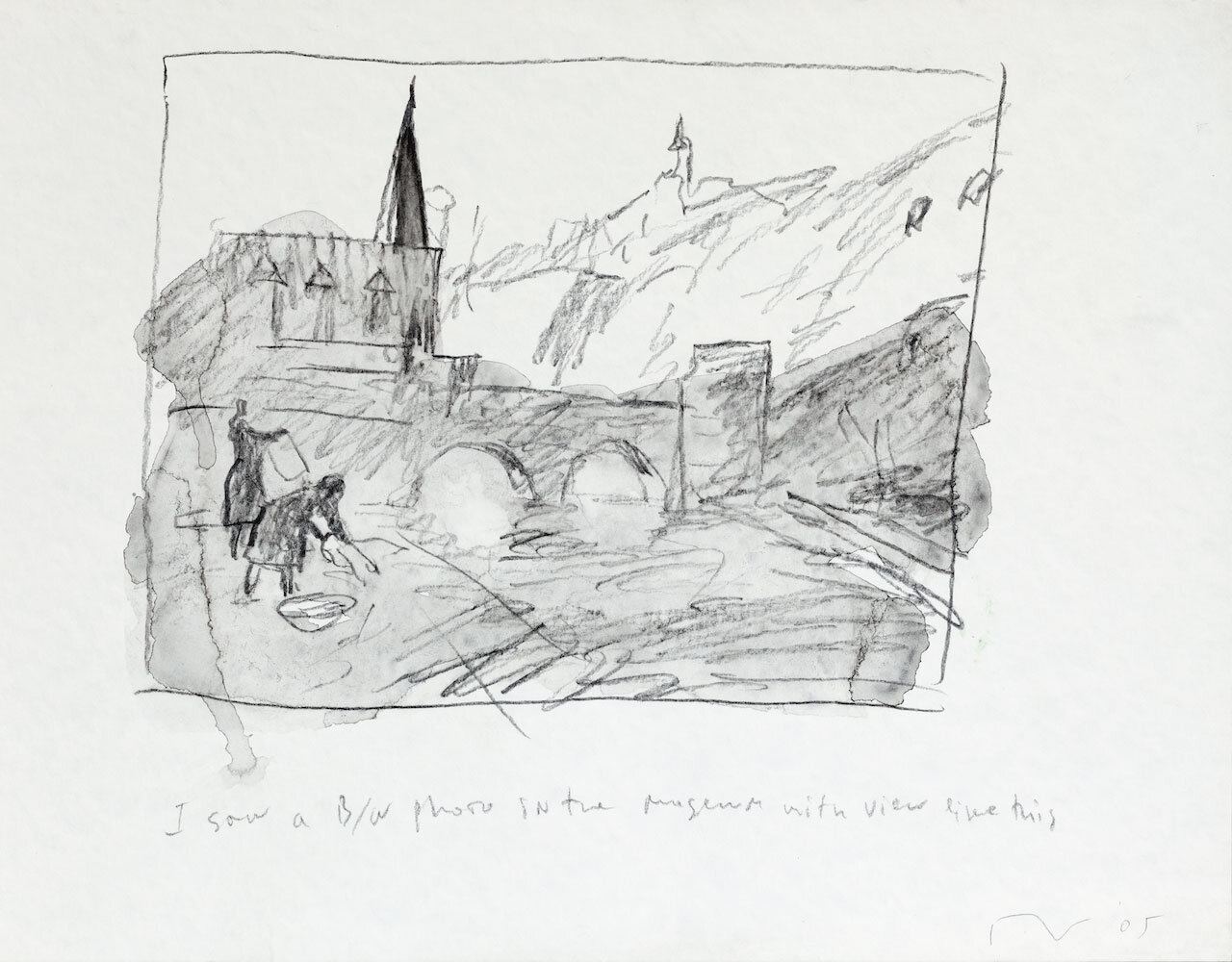
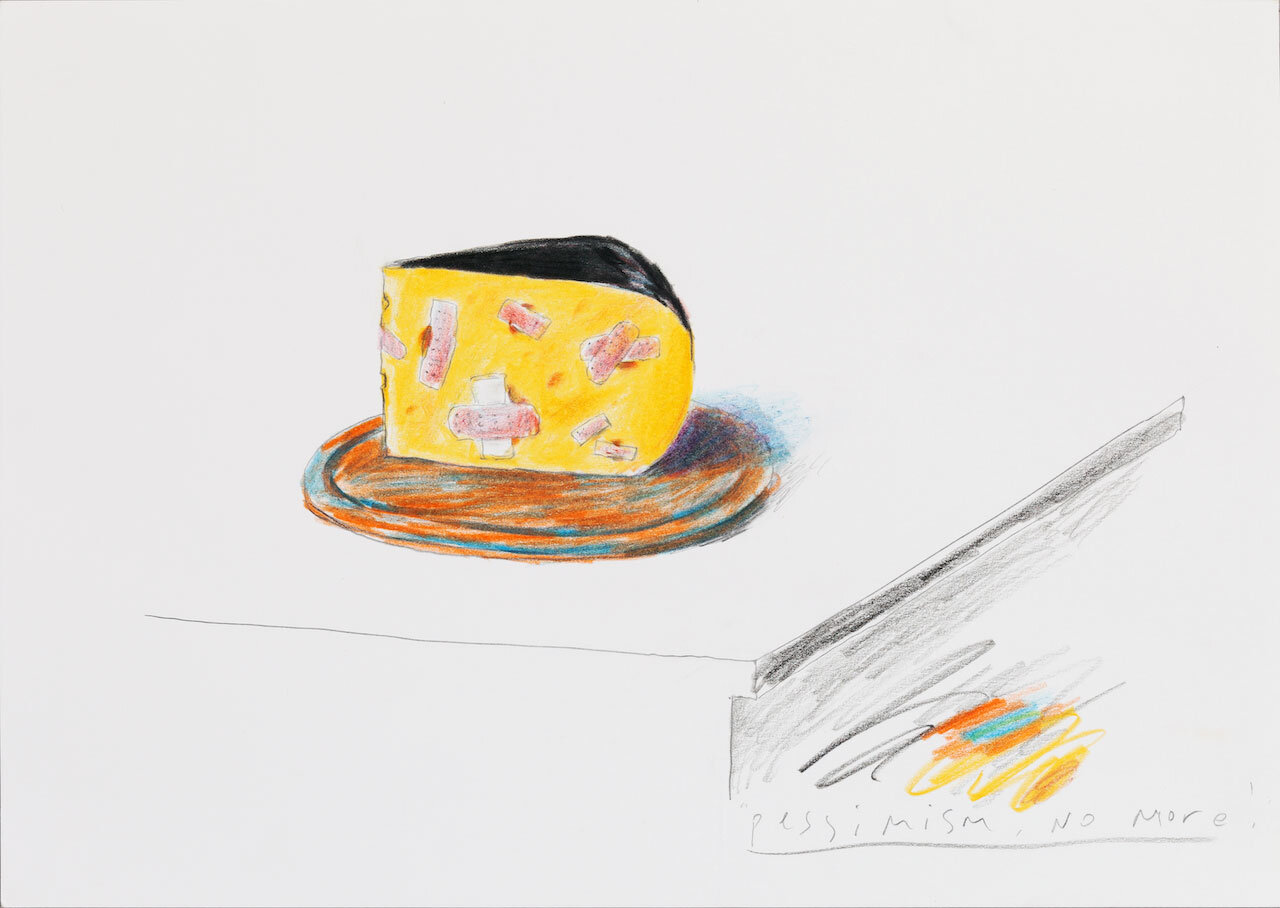

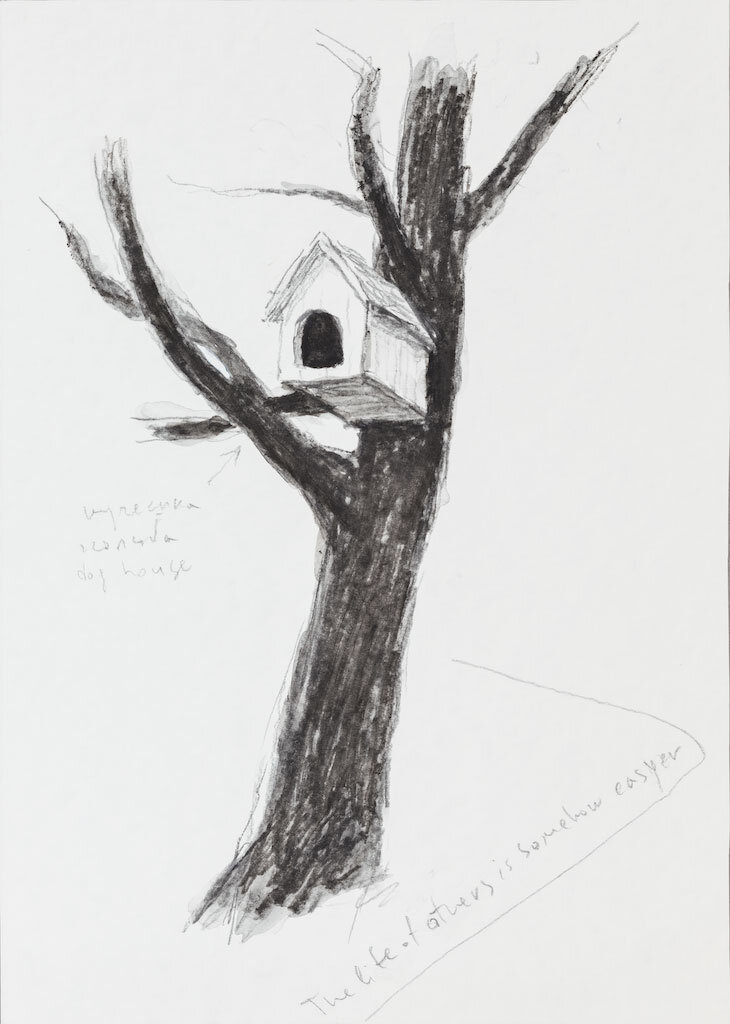
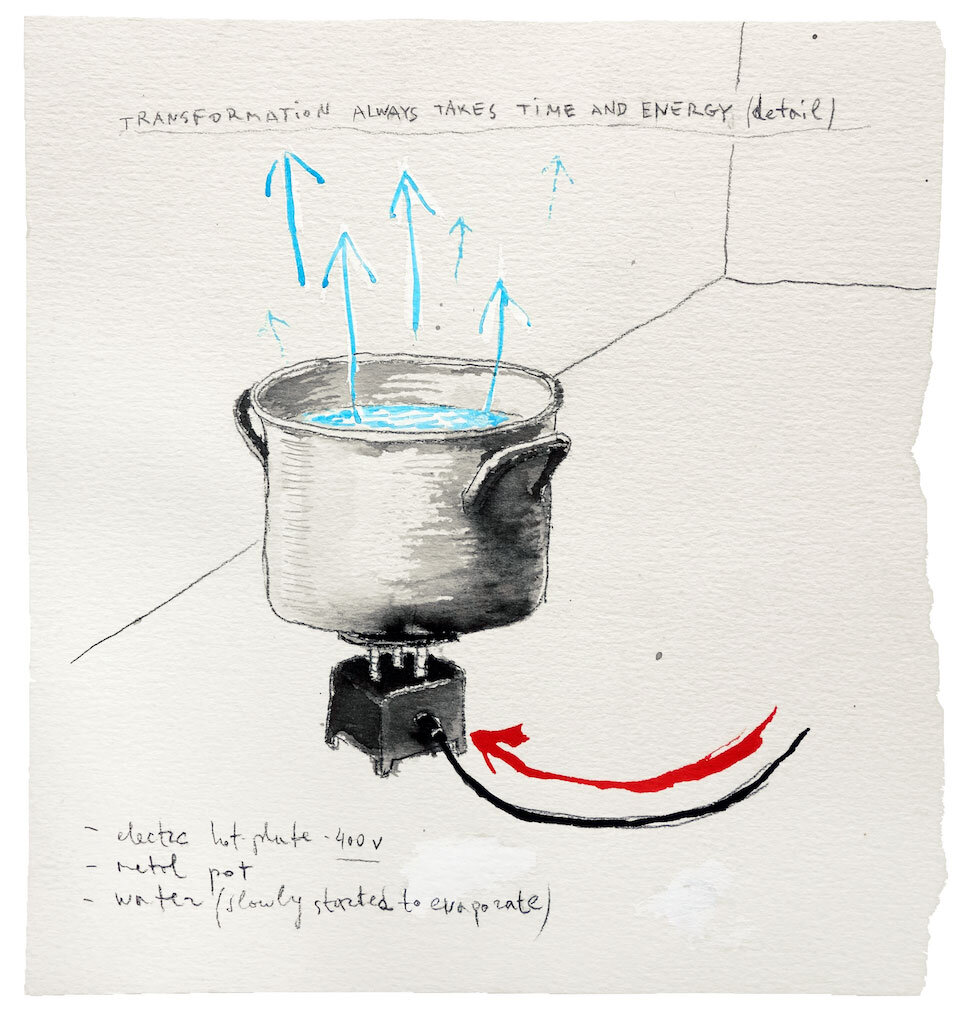
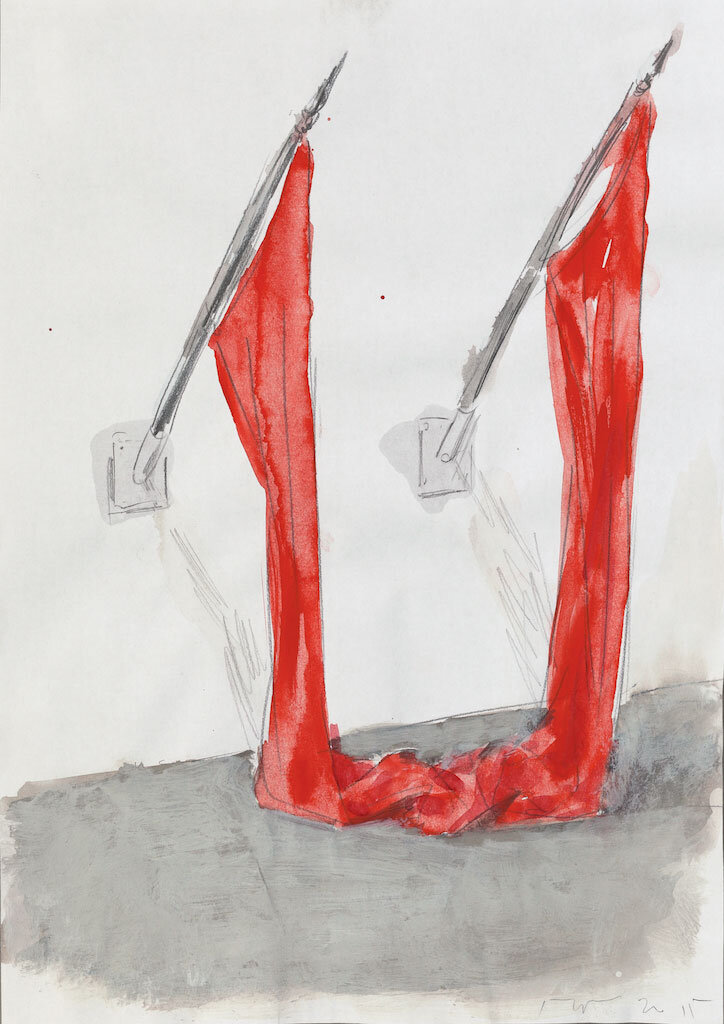
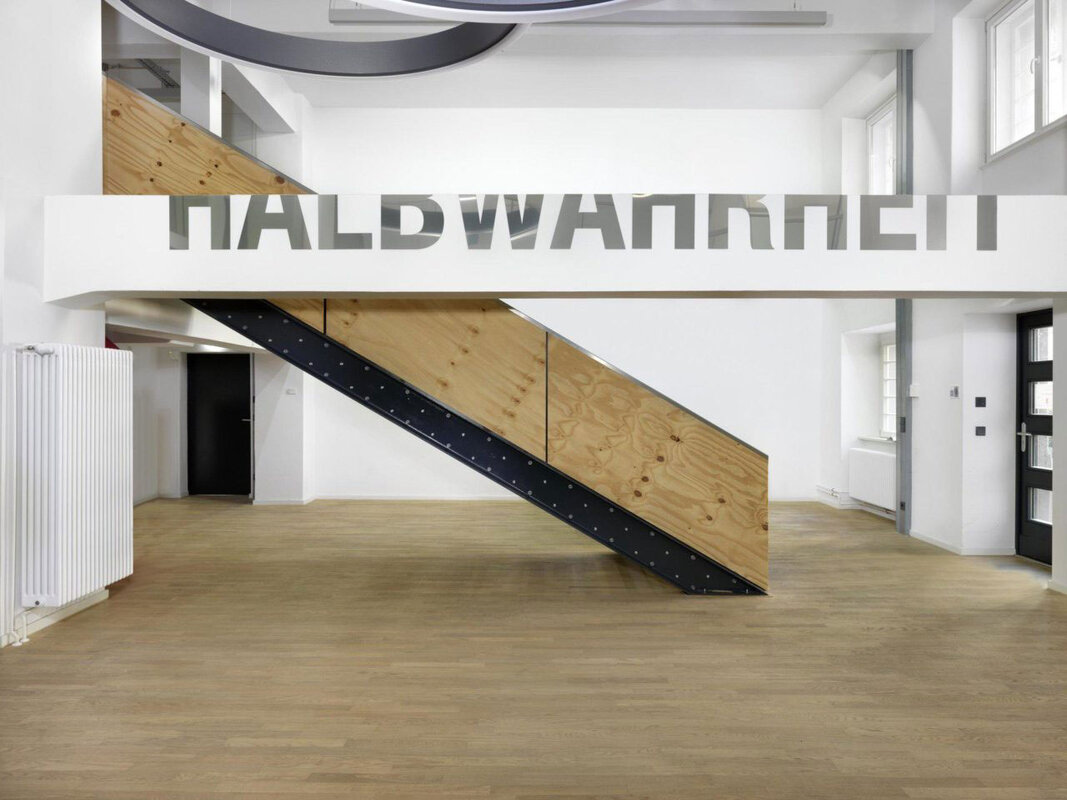


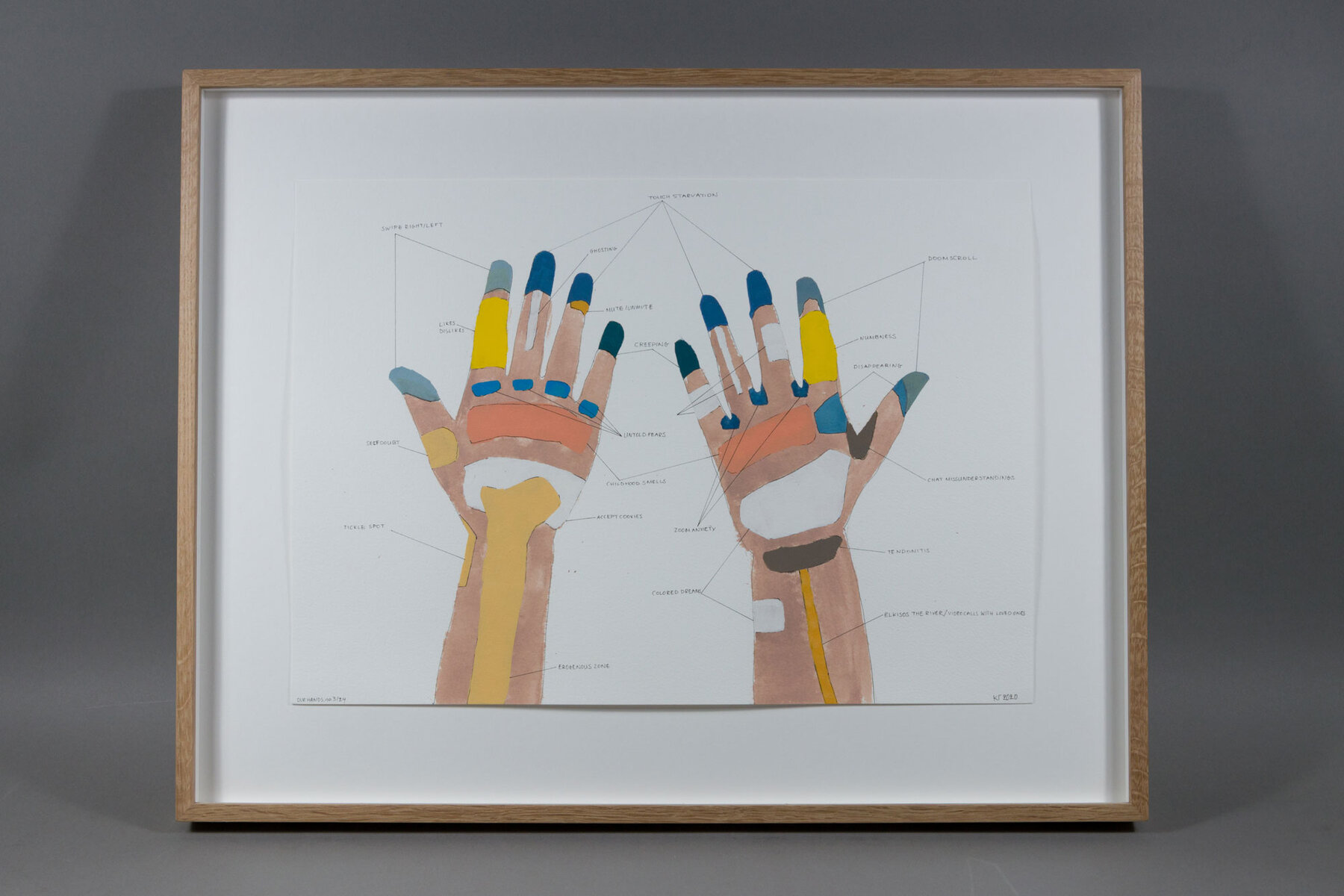
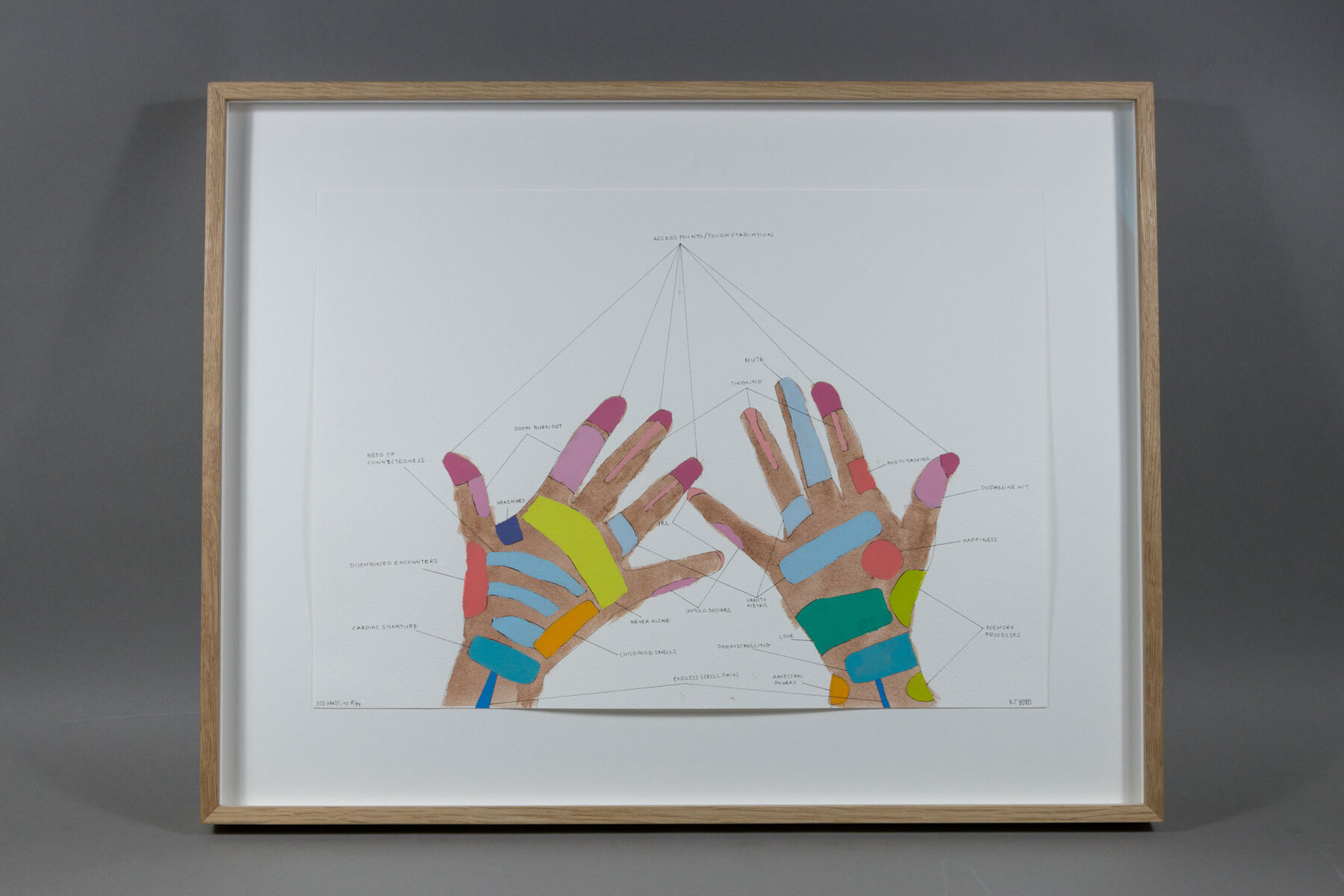
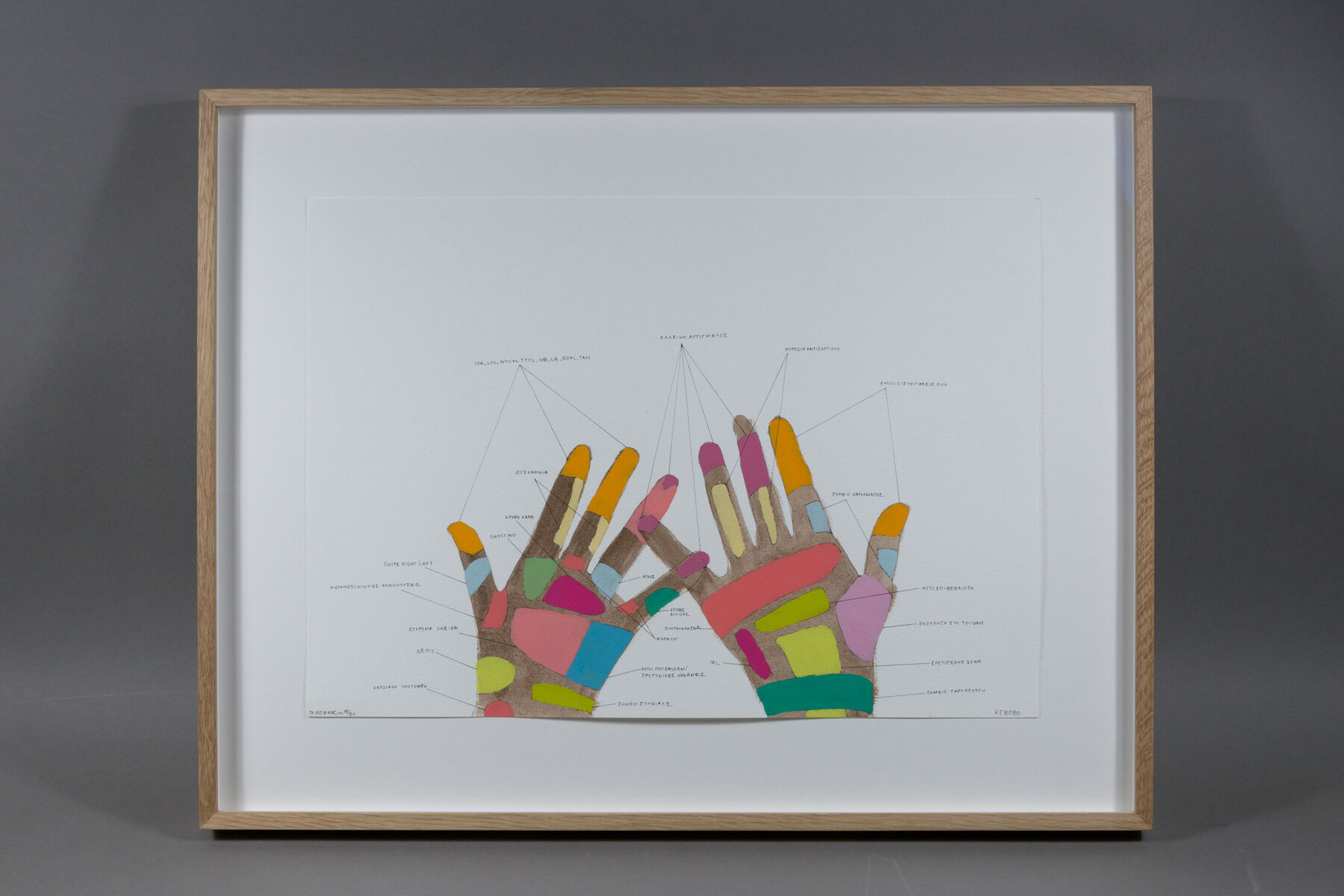

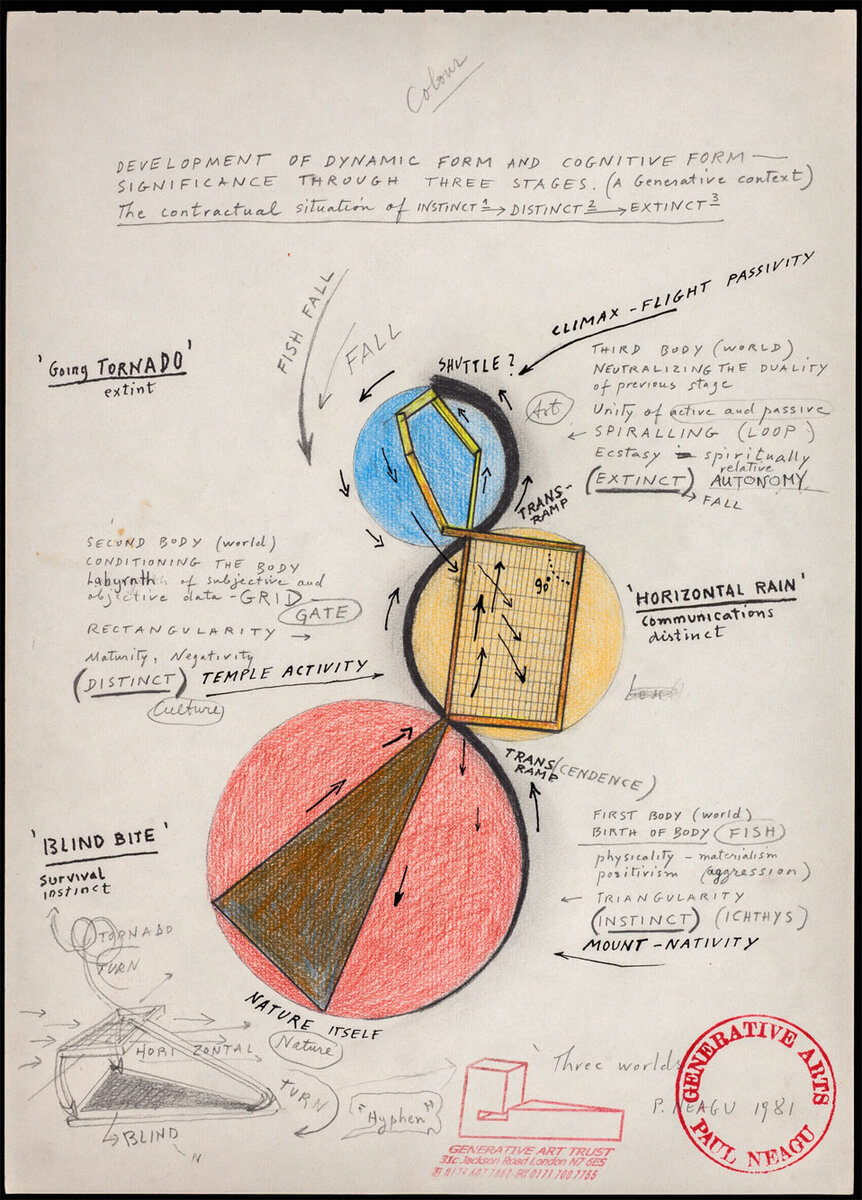

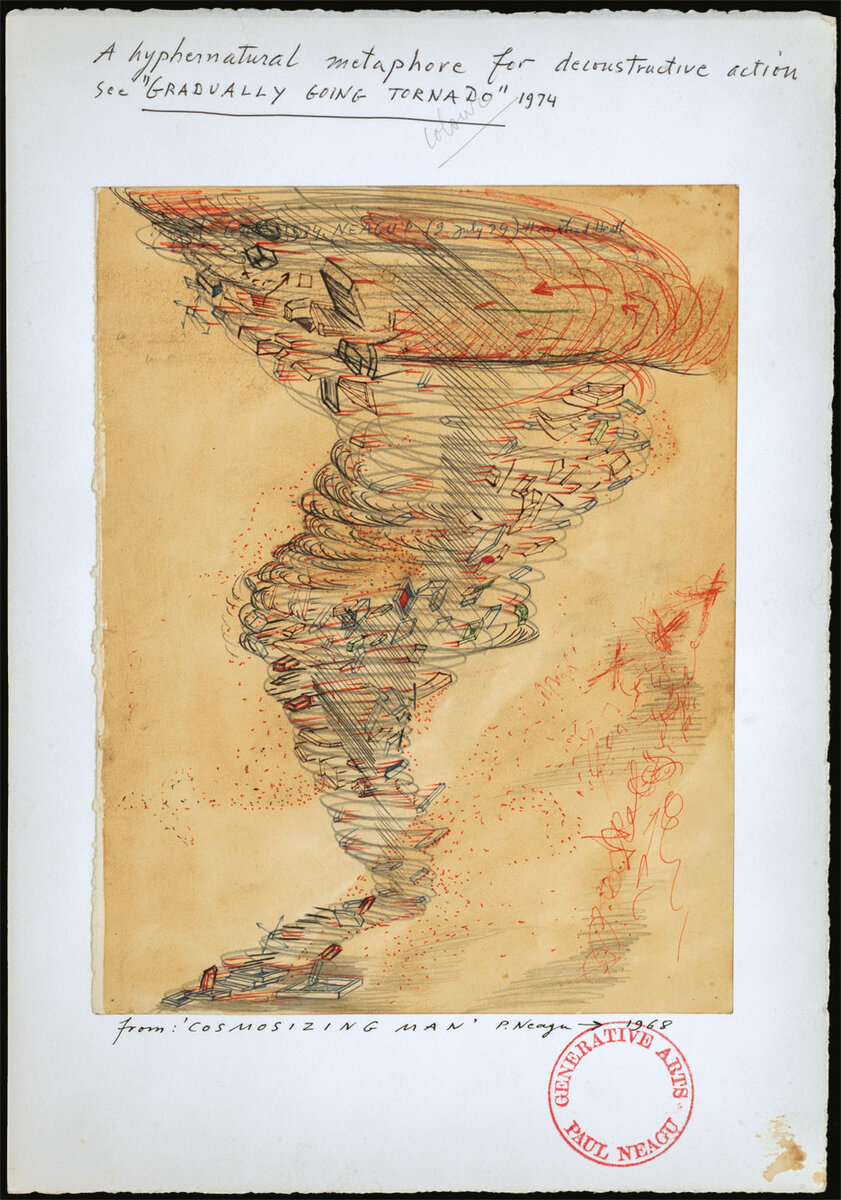



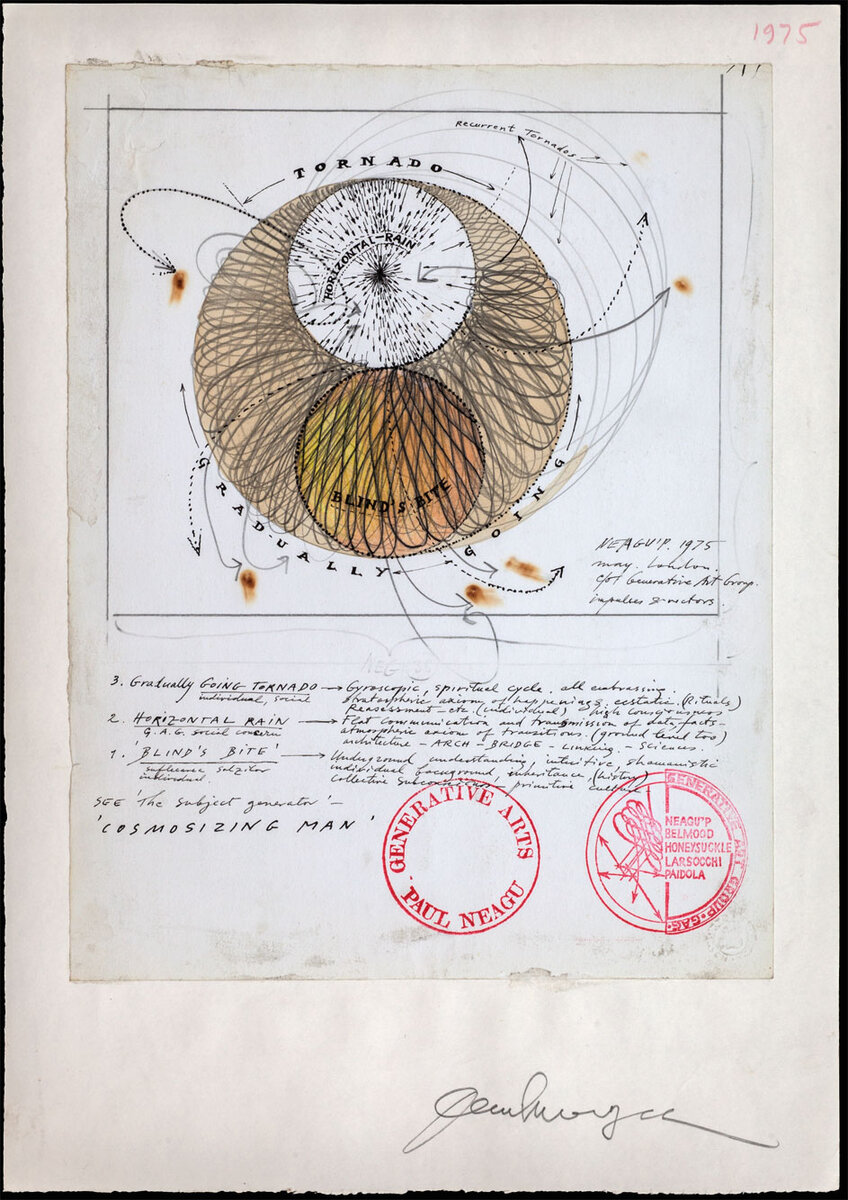


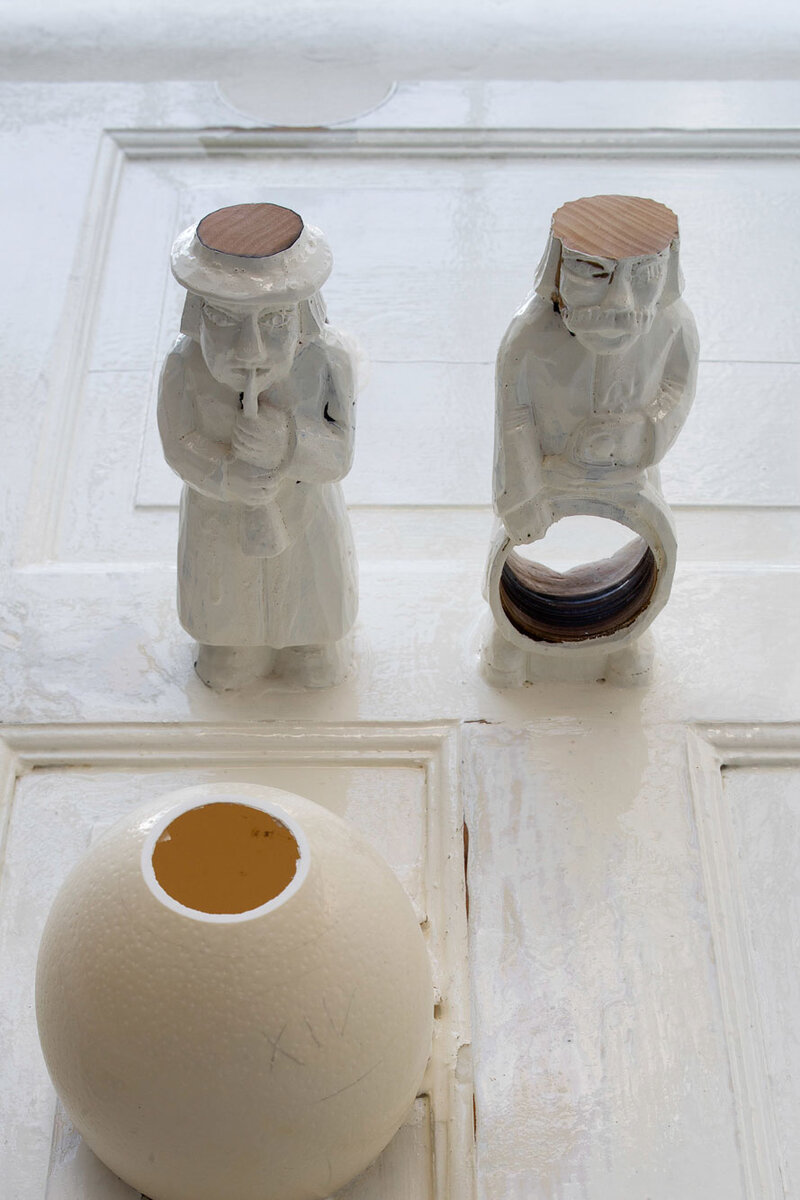

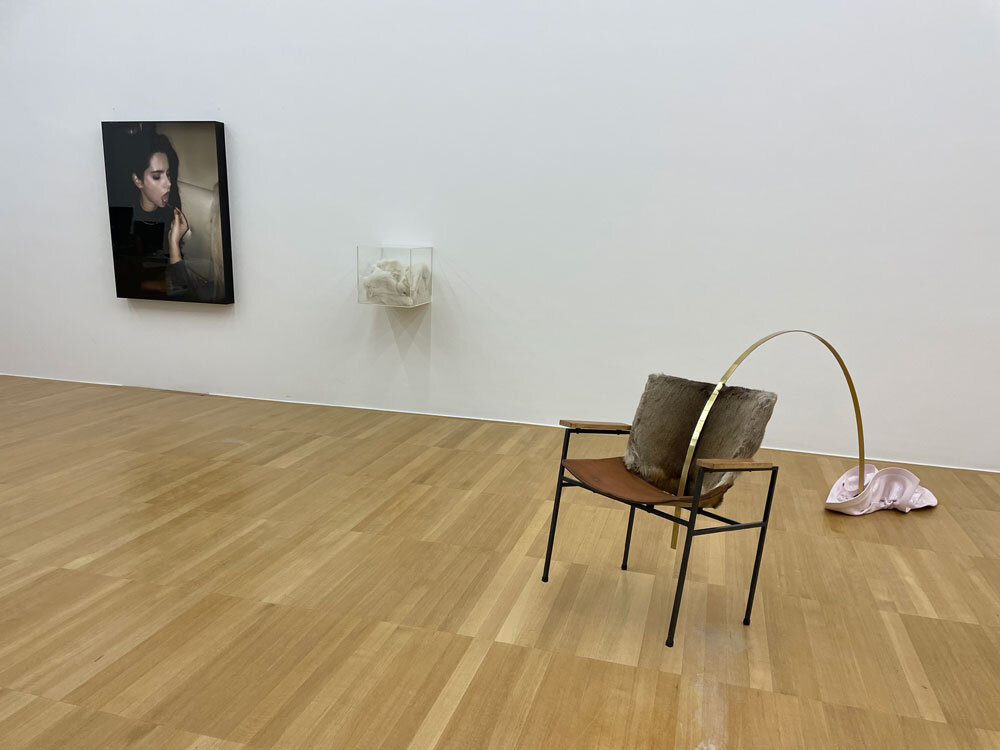
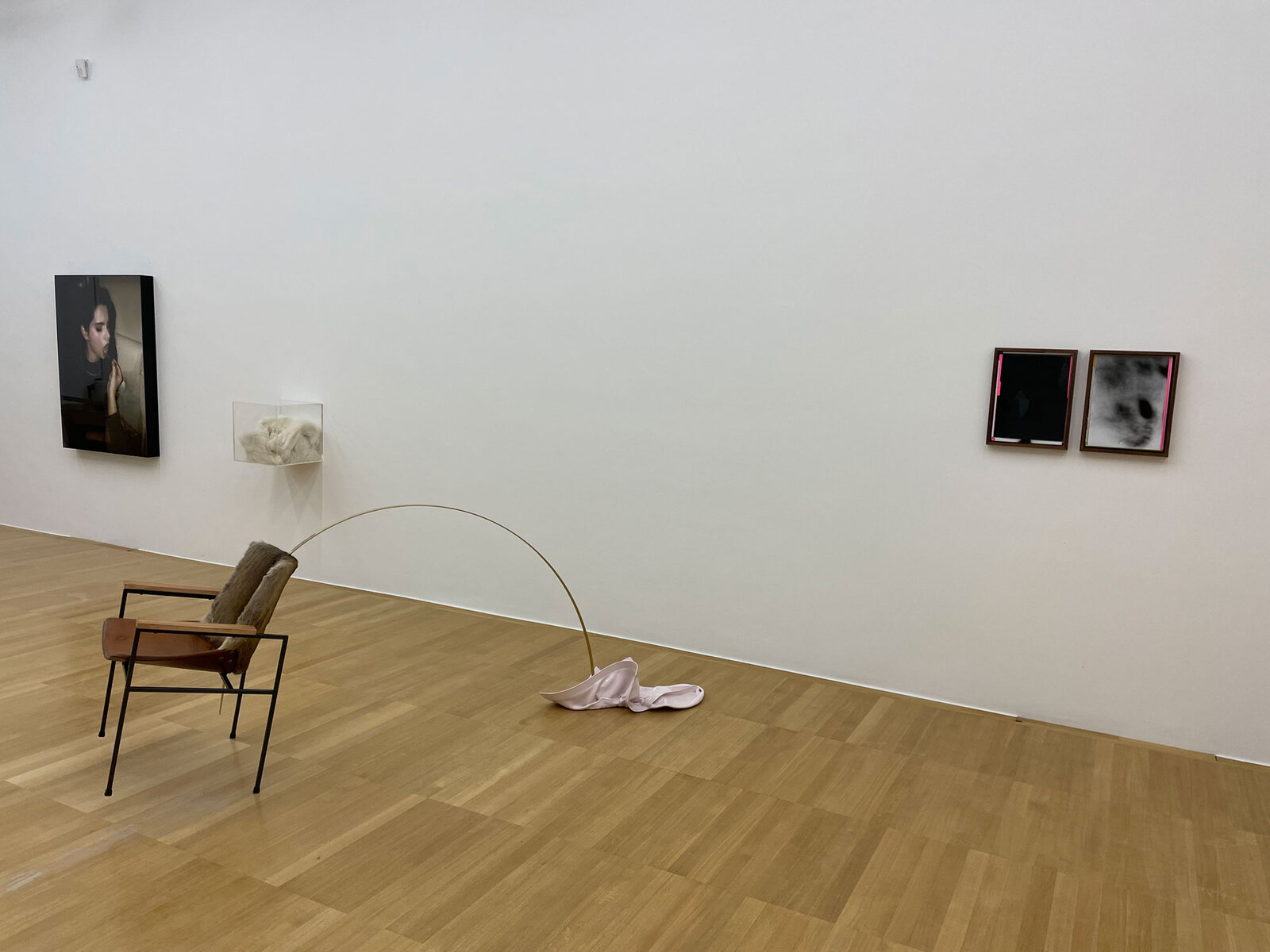
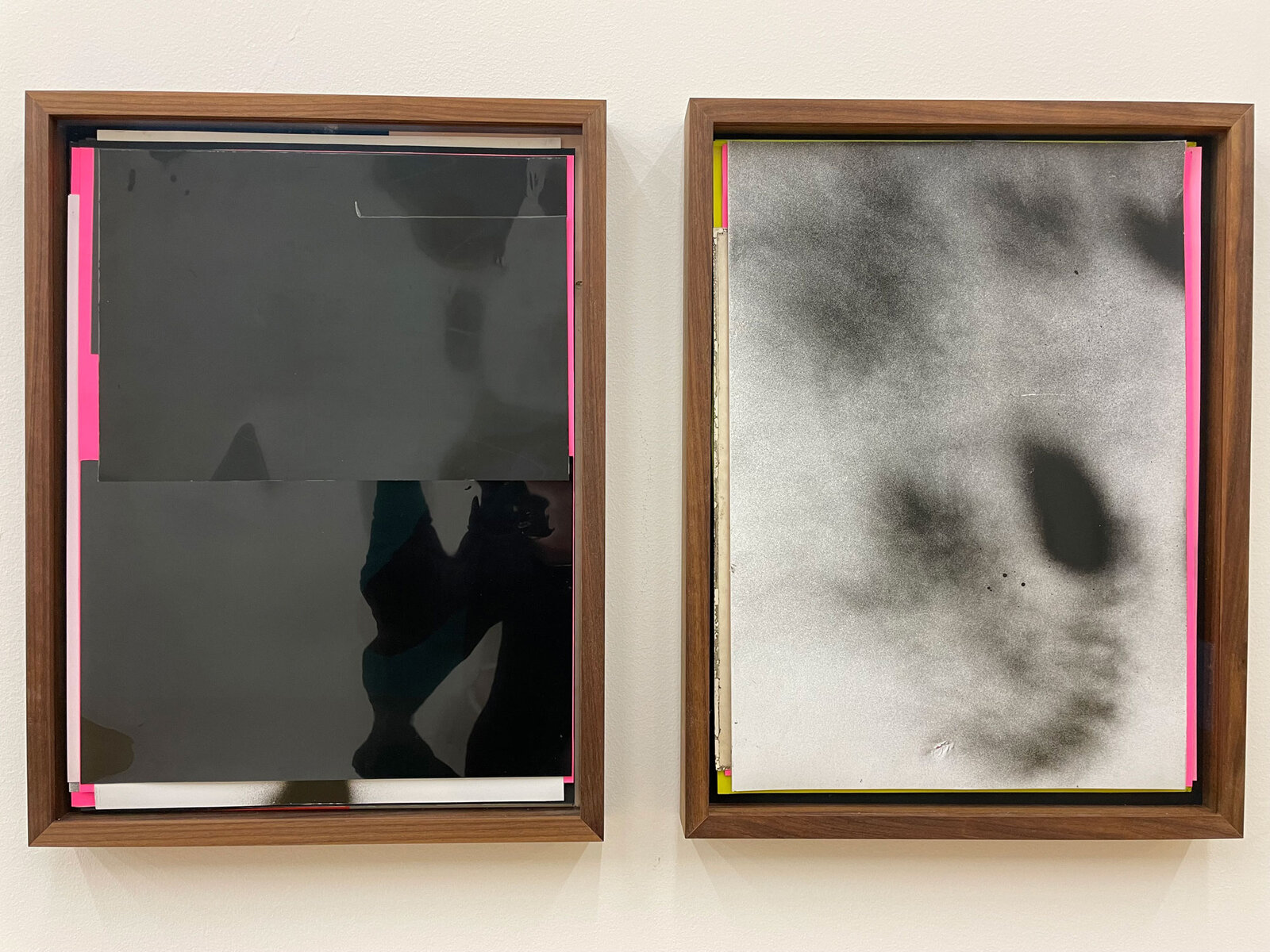
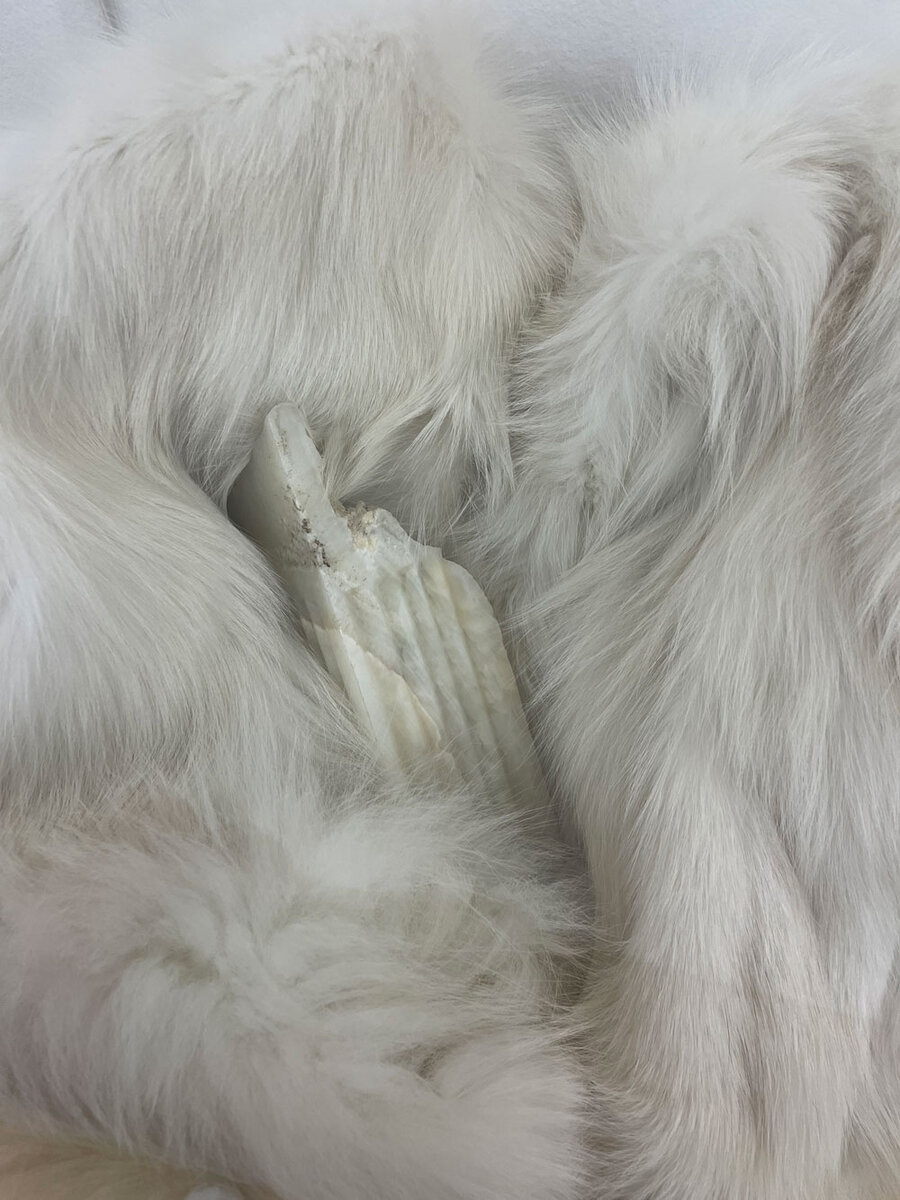
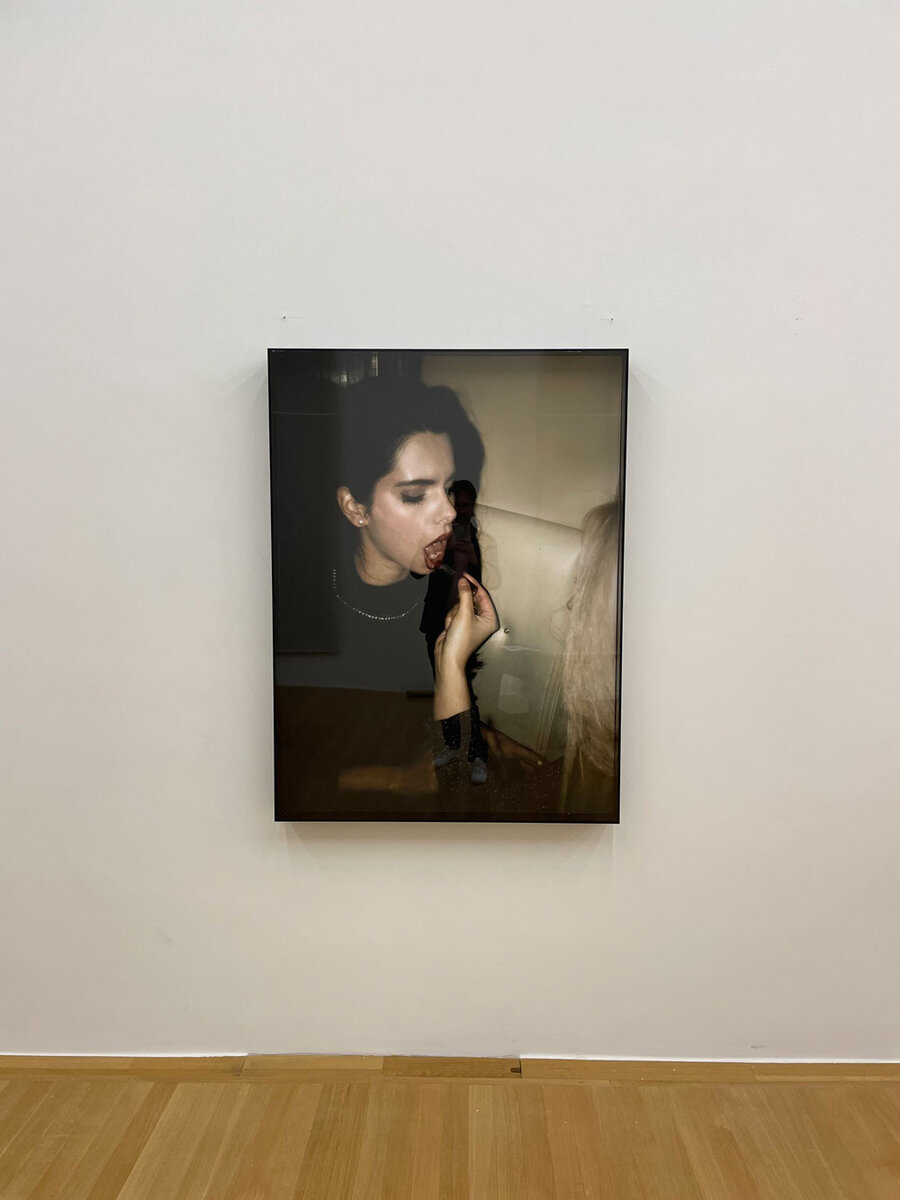

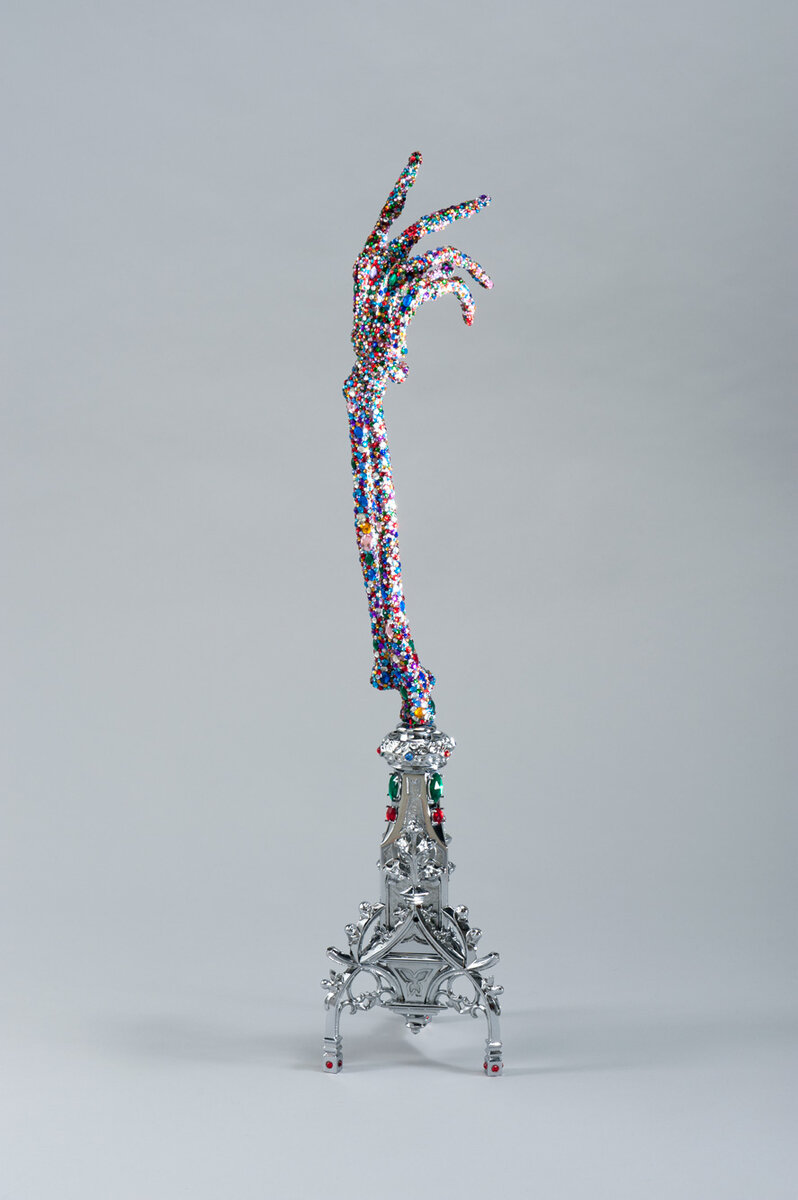

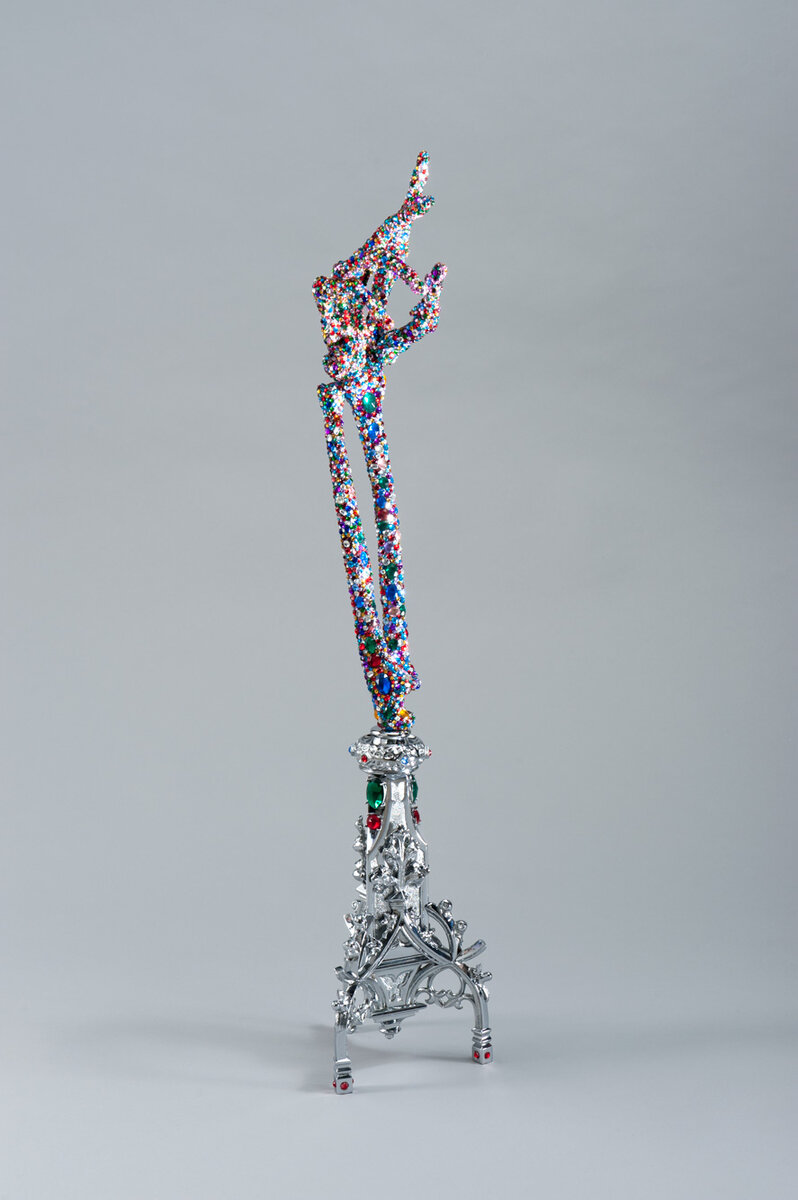


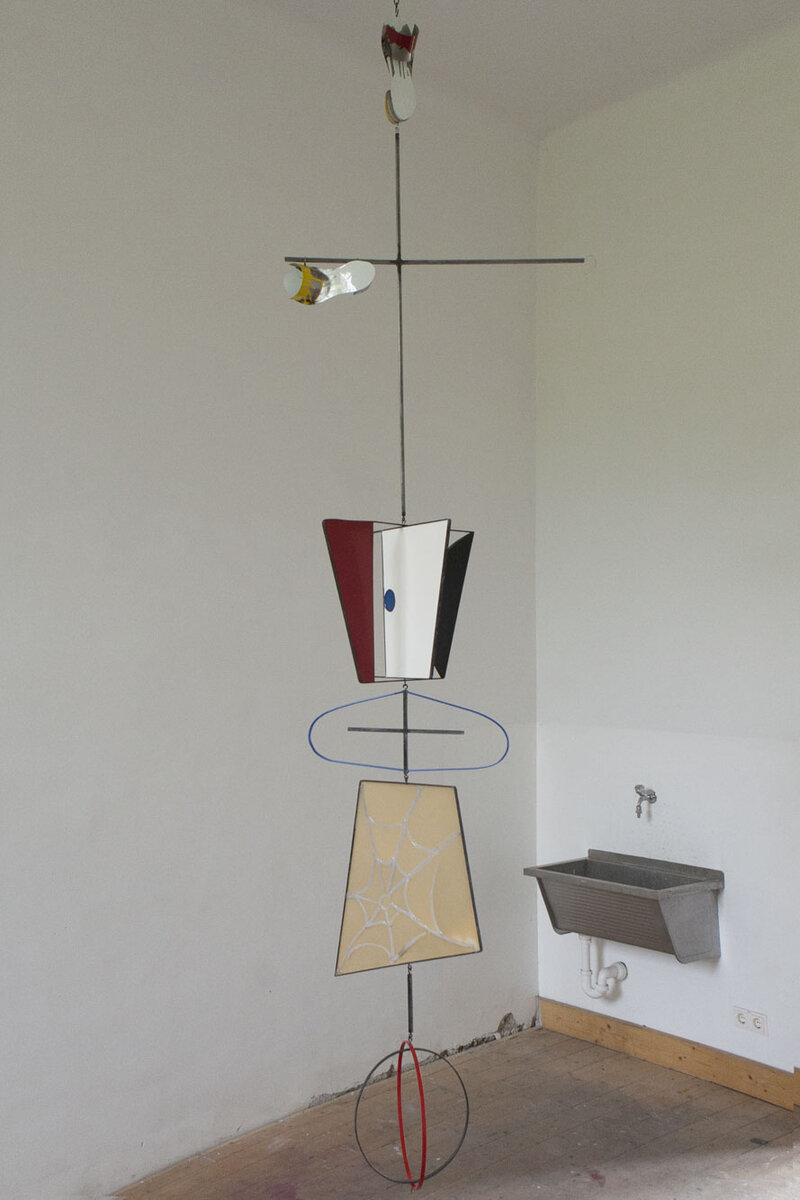


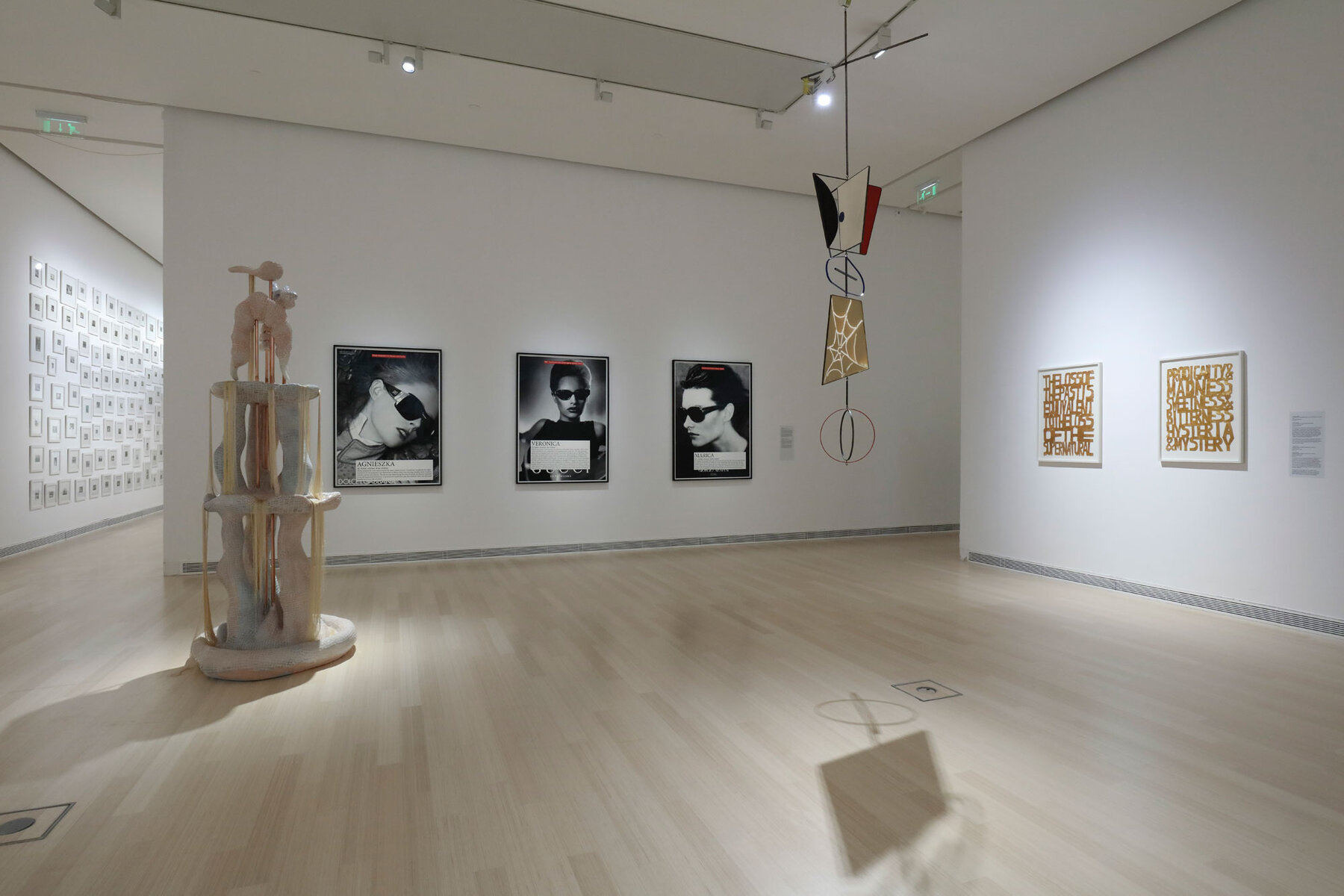
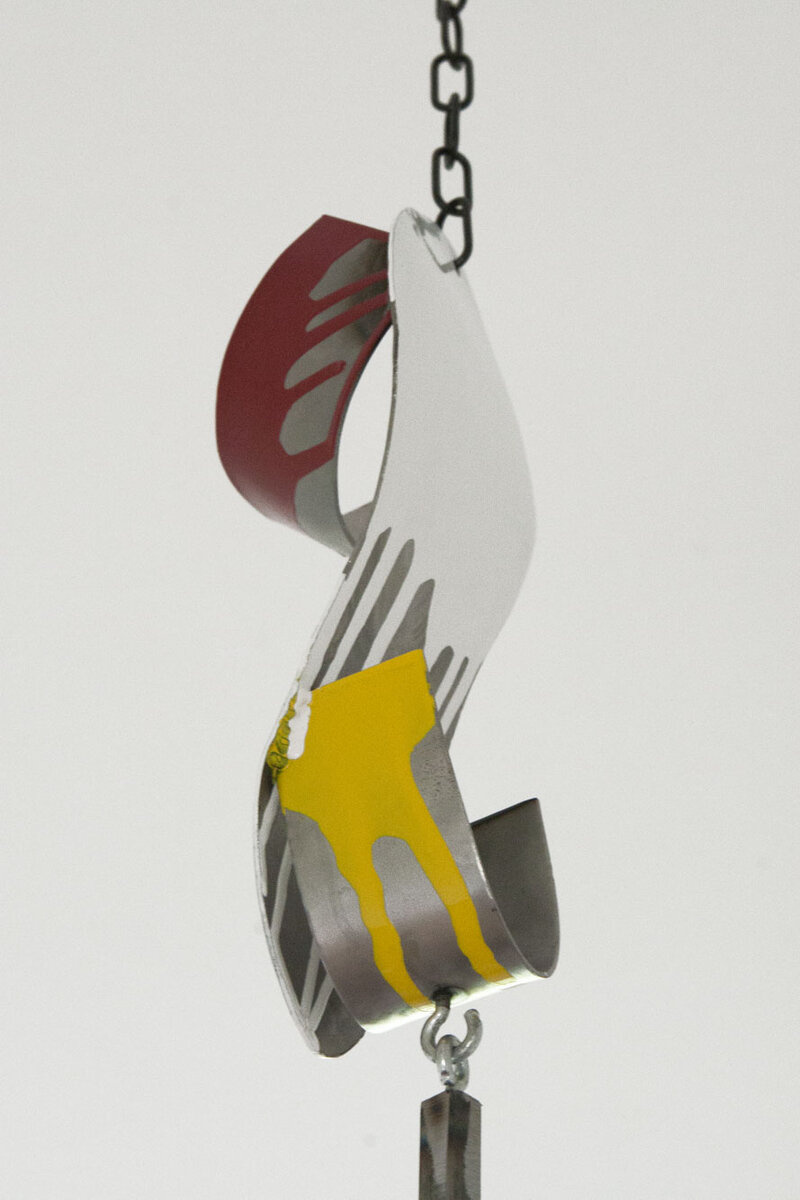



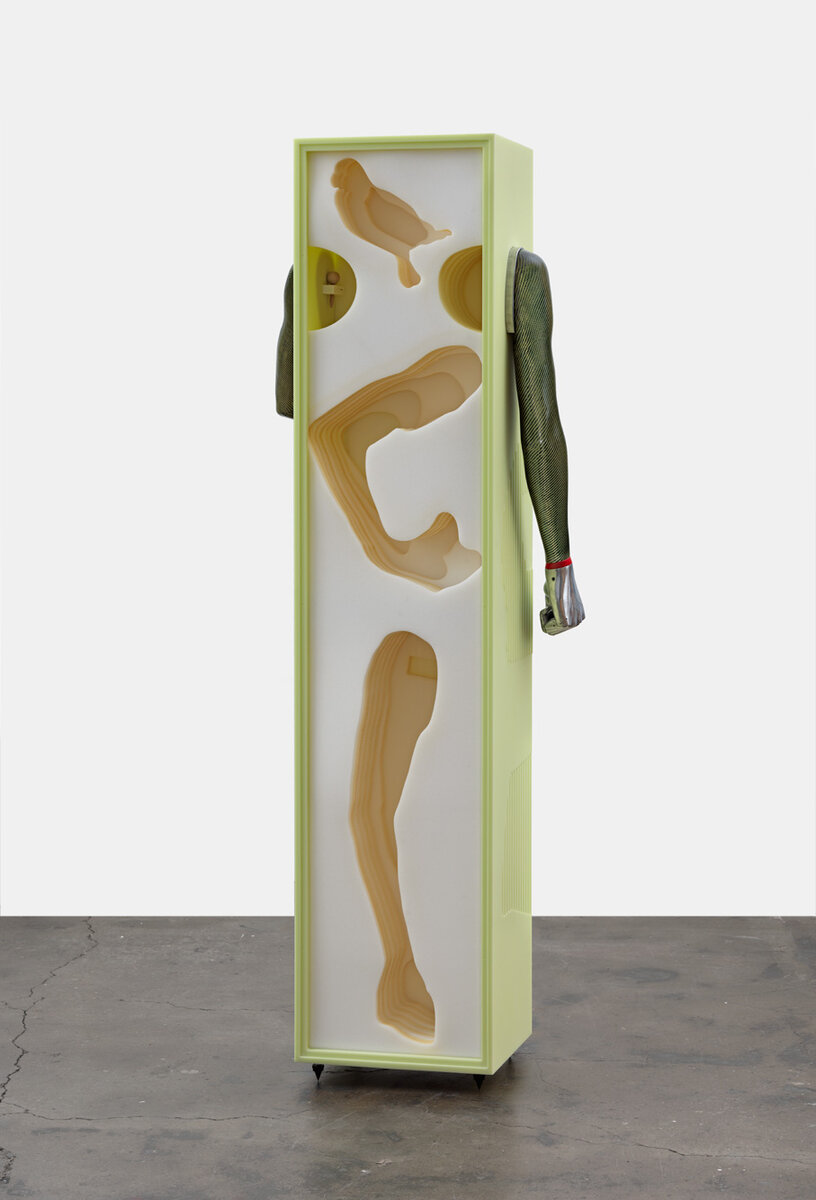
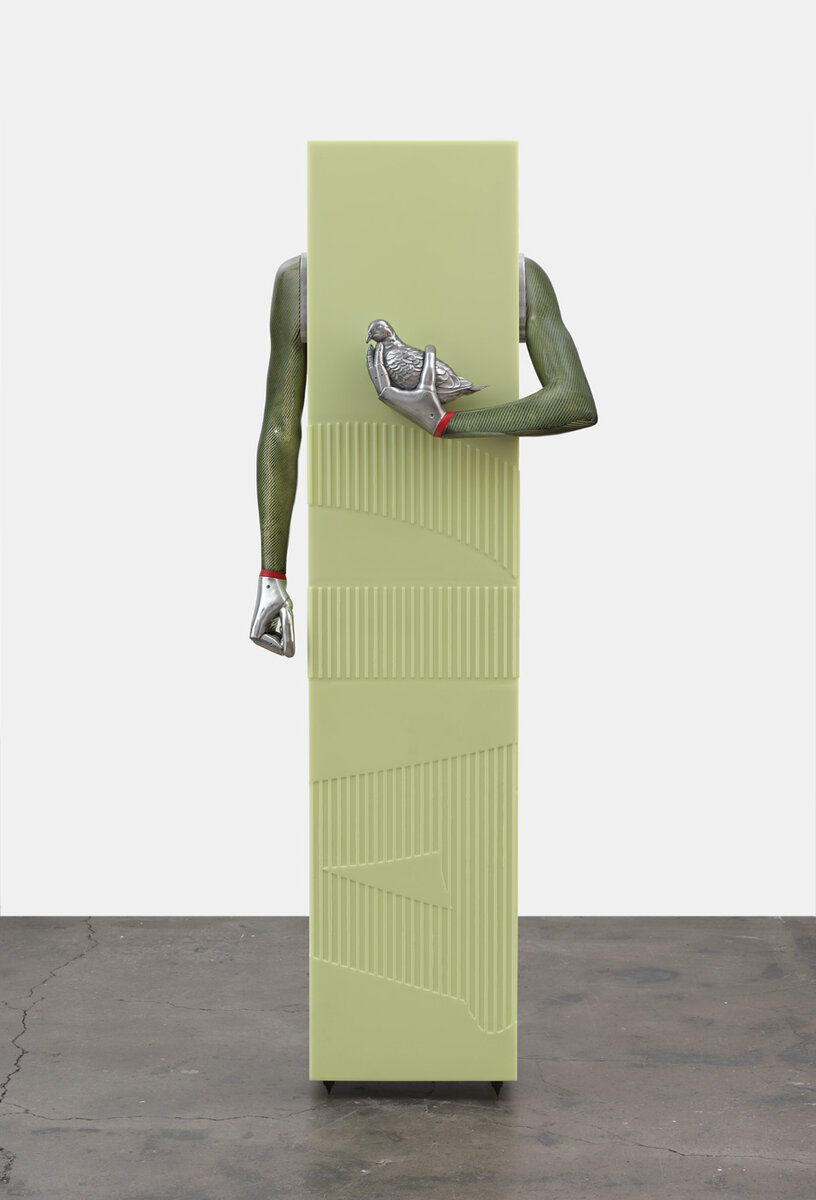



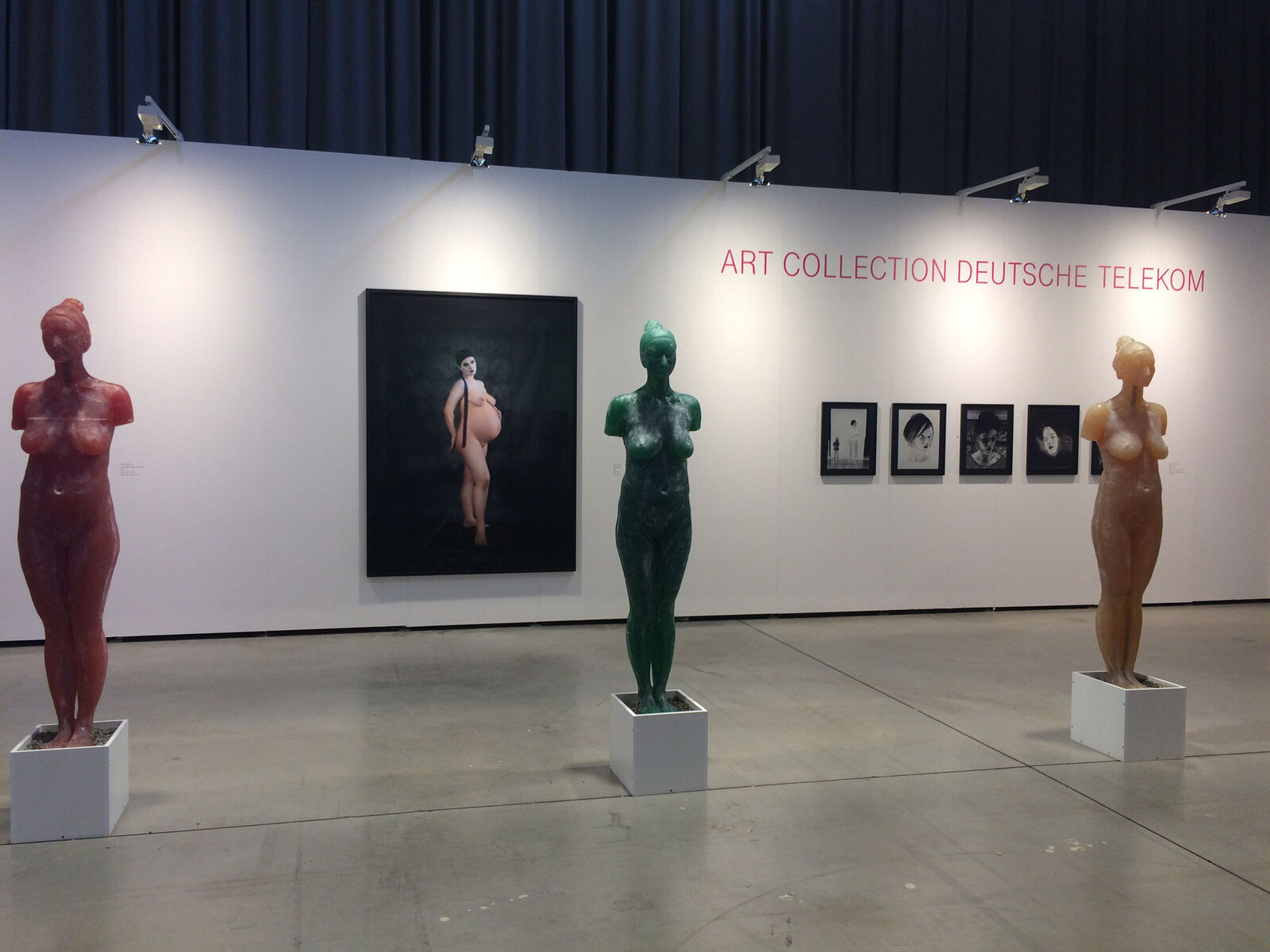












![Nations 6 [Once a Tease, Always a Kyrgyz]](/Slavs%20and%20Tatars/337/image-thumb__337__project_thumb/Slavs-and-Tatars-Nations-6-thumb.jpg)
![Nations 6 [Once a Tease, Always a Kyrgyz]](/Slavs%20and%20Tatars/Nations%206/250/image-thumb__250__project_slide/Slavs-and-Tatars-Nations-6-2012-Installation-view-I-Am-The-Mouth-2018-MSU-Zagreb_X7A0828.jpg)
![Nations 6 [Once a Tease, Always a Kyrgyz]](/Slavs%20and%20Tatars/Nations%206/249/image-thumb__249__project_slide/Slavs-and-Tatars-Nations-6-2012.jpg)
![Nations 2 [Nice tan, Turkmenistan!]](/Slavs%20and%20Tatars/336/image-thumb__336__project_thumb/Slavs-and-Tatars-Nations-2-thumb.jpg)
![Nations 2 [Nice tan, Turkmenistan!]](/Slavs%20and%20Tatars/Nations%202/248/image-thumb__248__project_slide/Slavs-and-Tatars-Nations-2-2012-Installation-view-I-Am-The-Mouth-2018-MSU-Zagreb_X7A0826.jpg)
![Nations 2 [Nice tan, Turkmenistan!]](/Slavs%20and%20Tatars/Nations%202/247/image-thumb__247__project_slide/Slavs-and-Tatars-Nations-2-2012.jpg)







